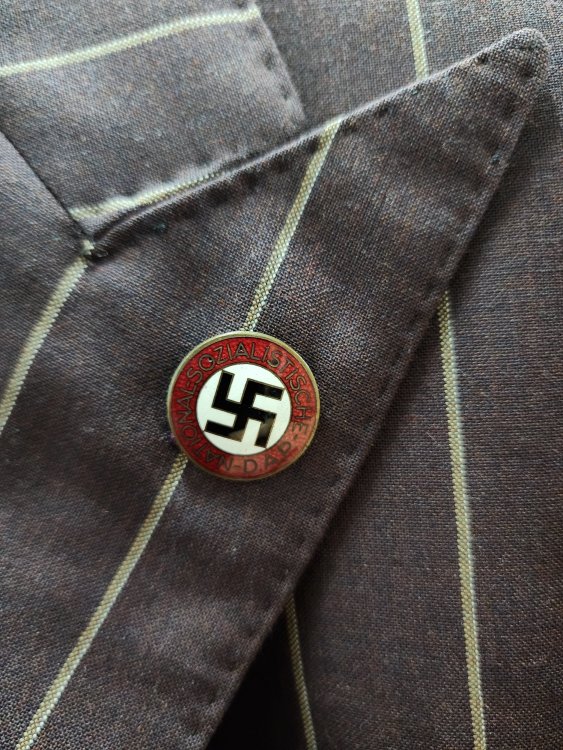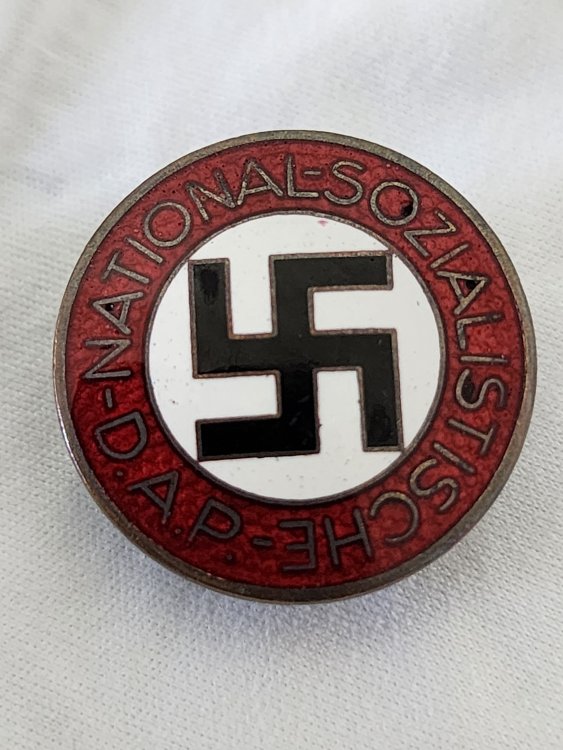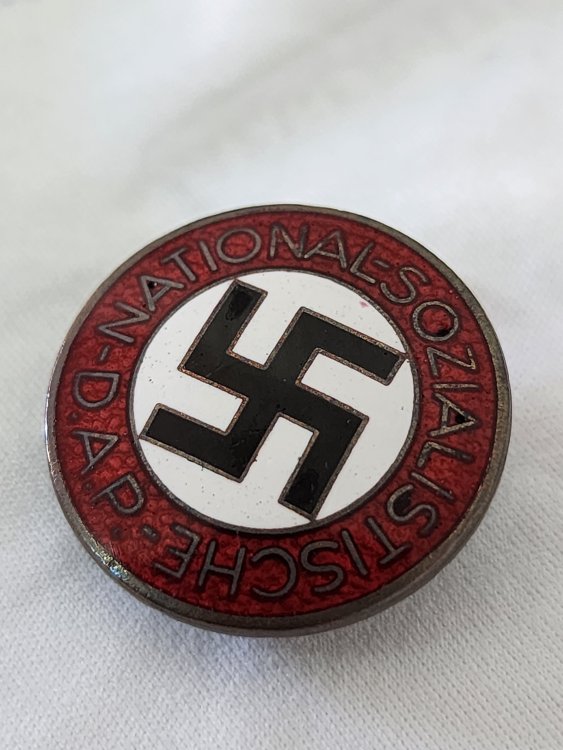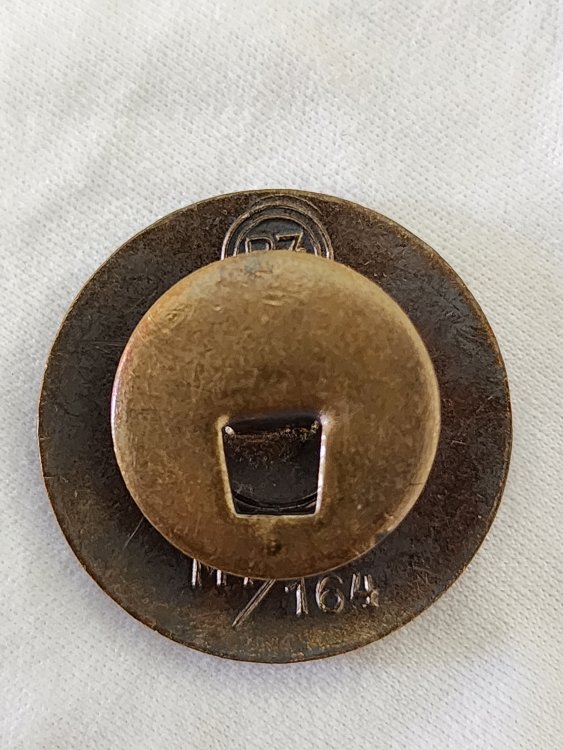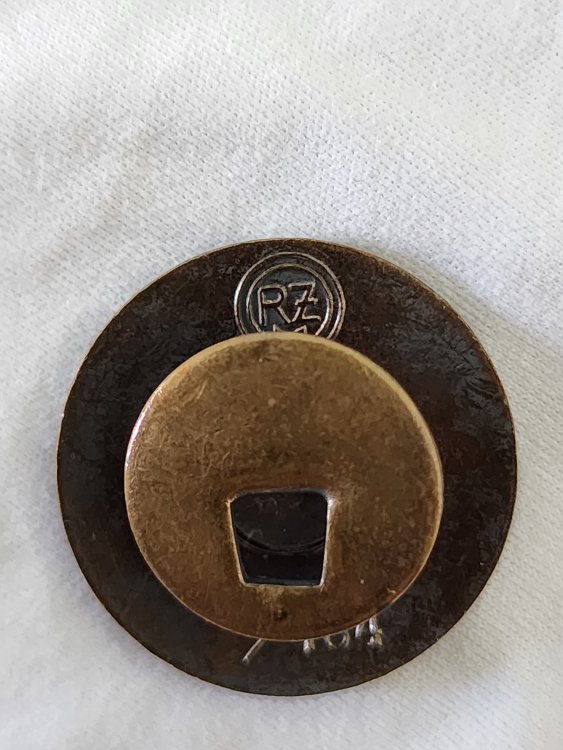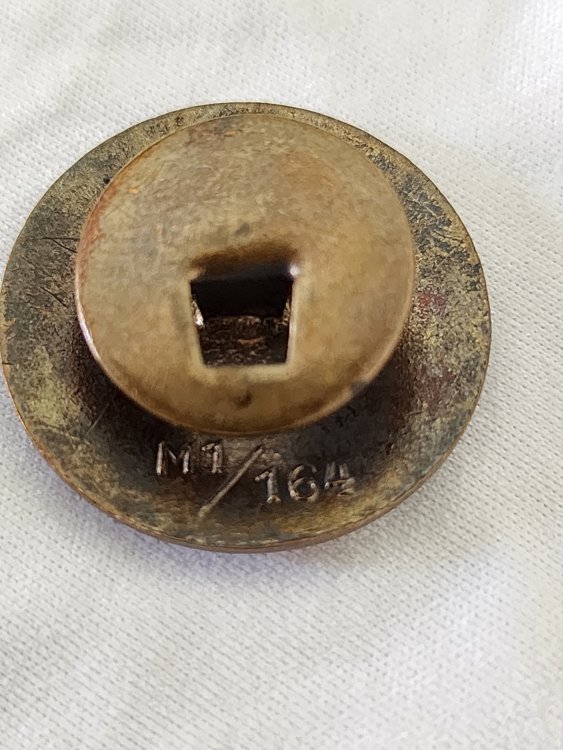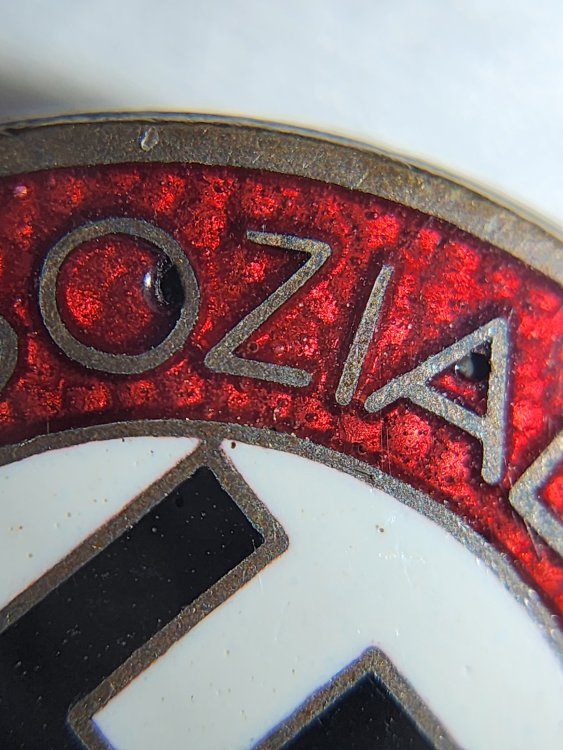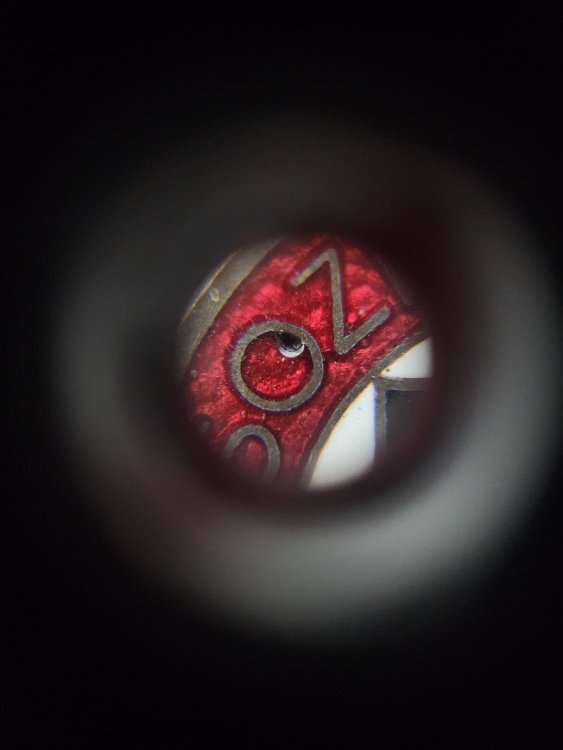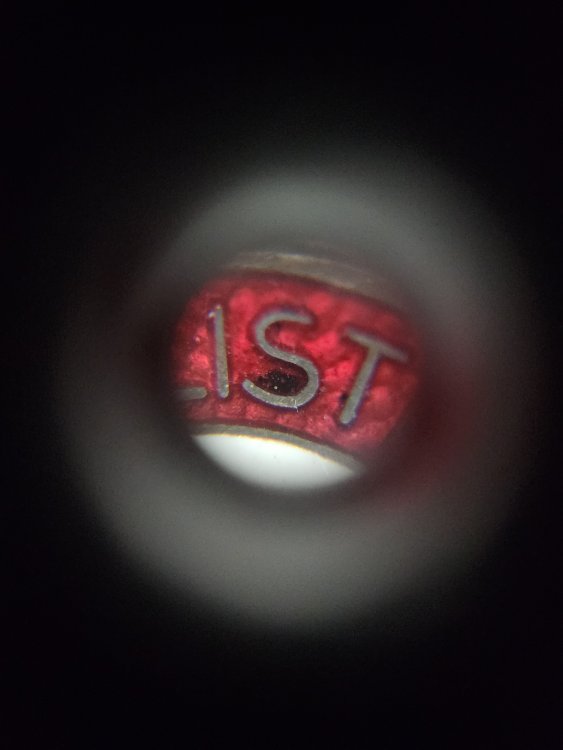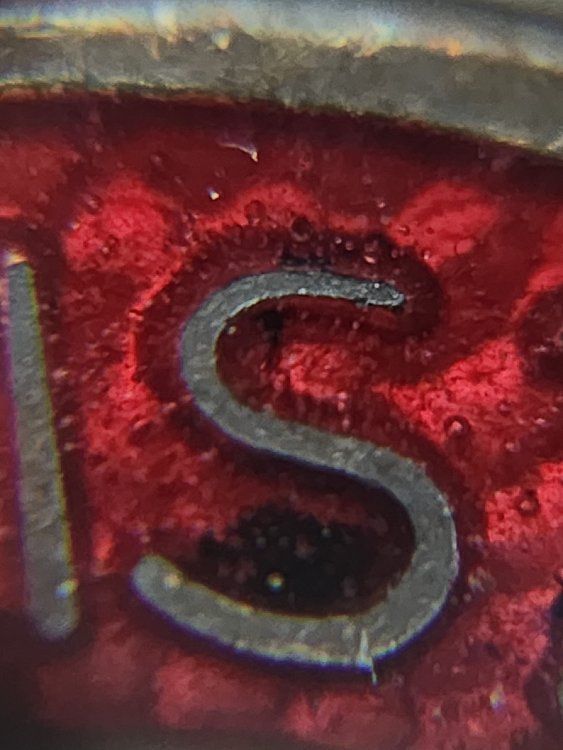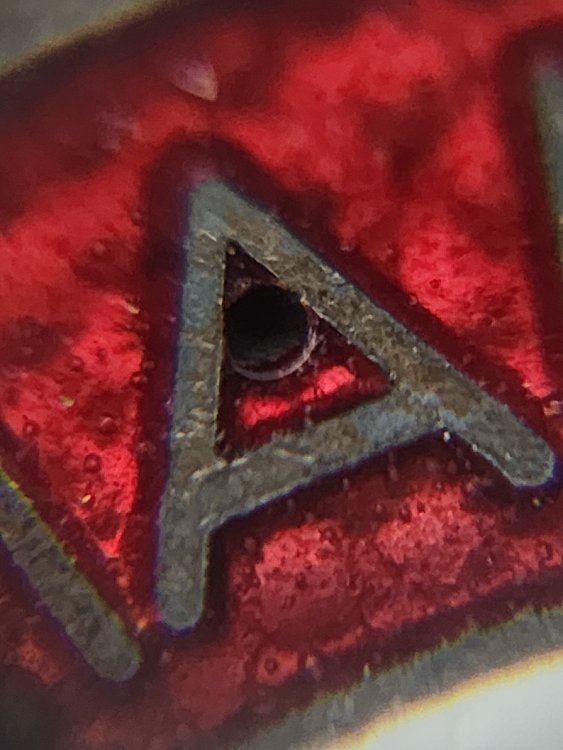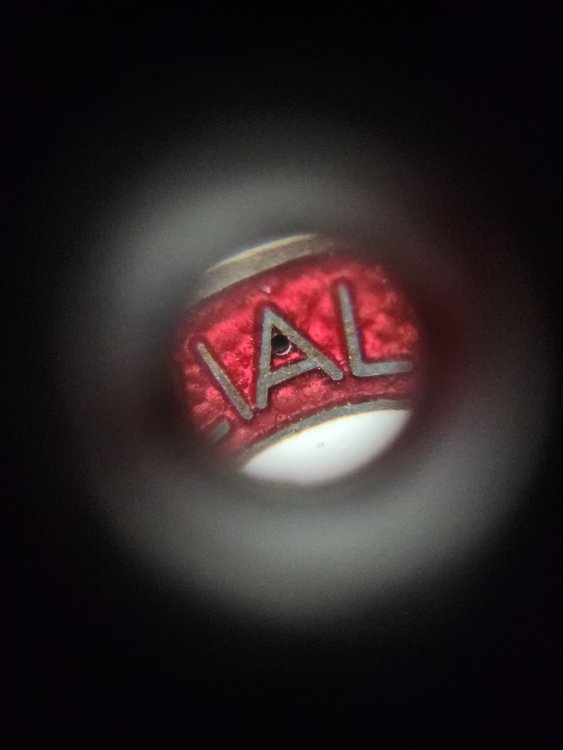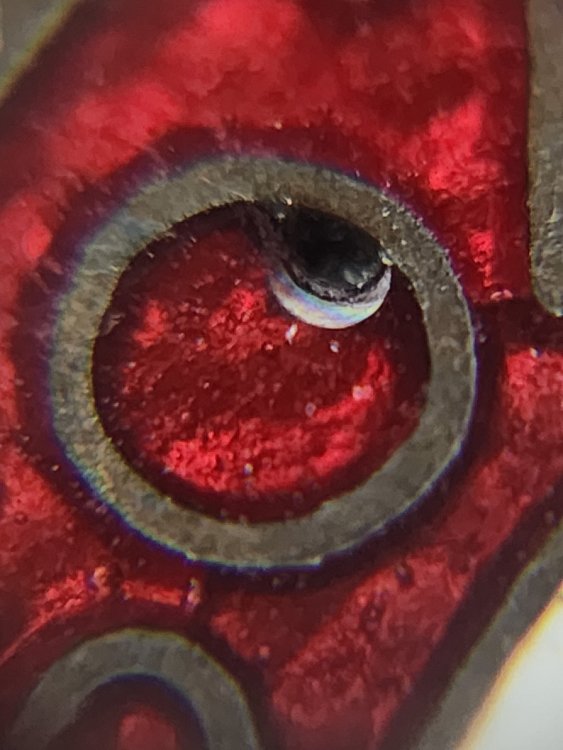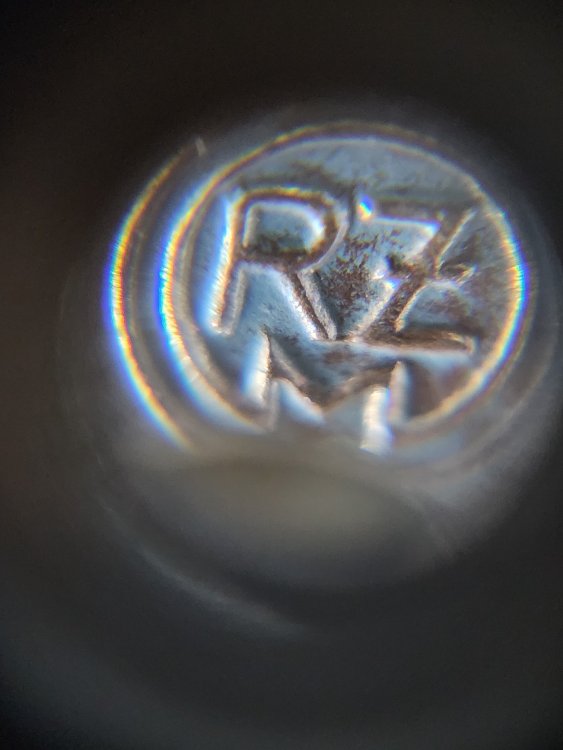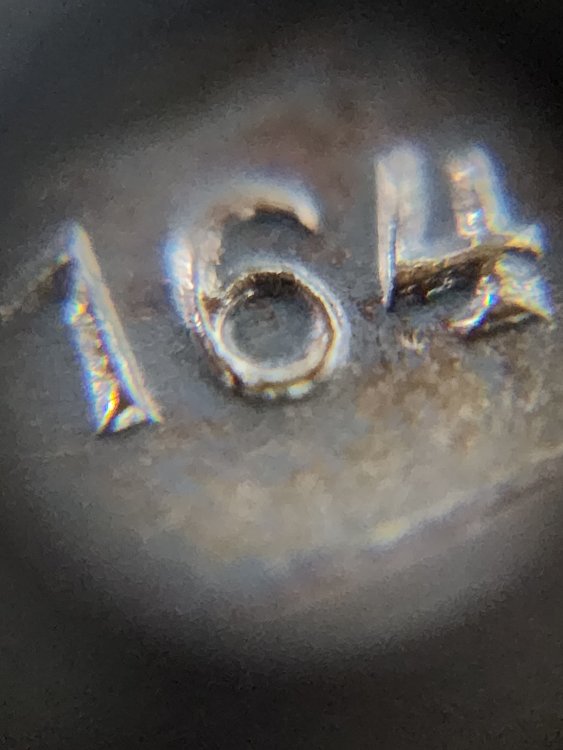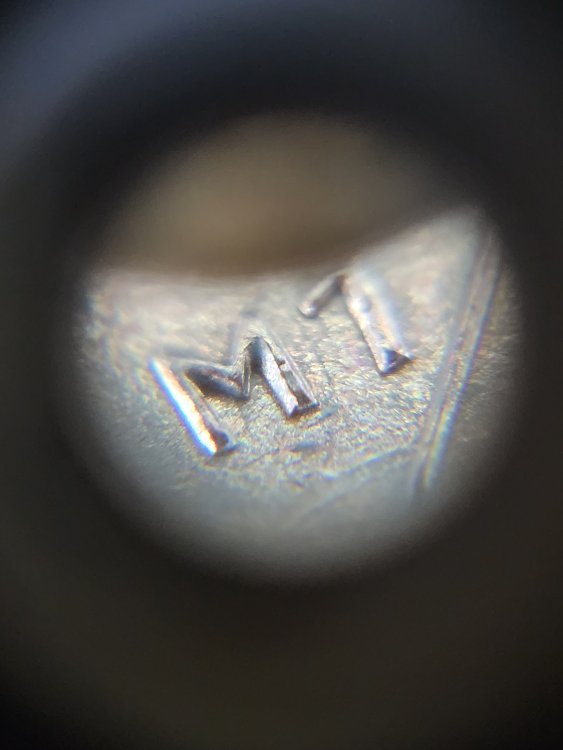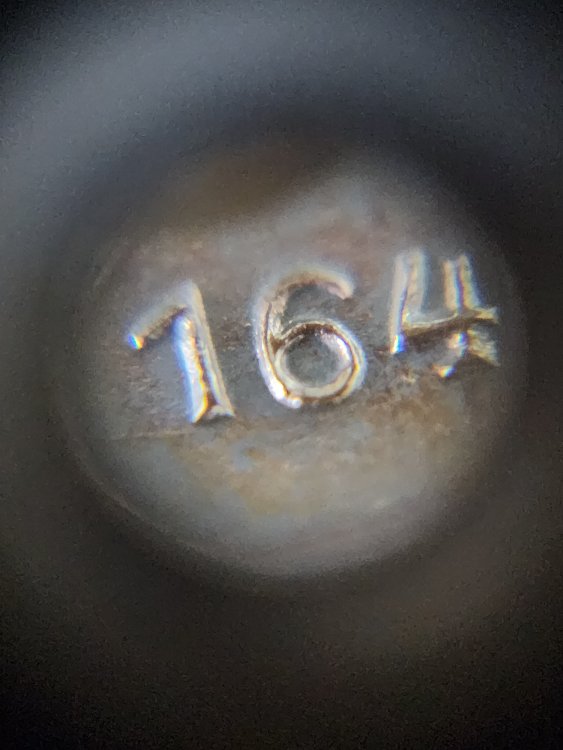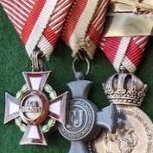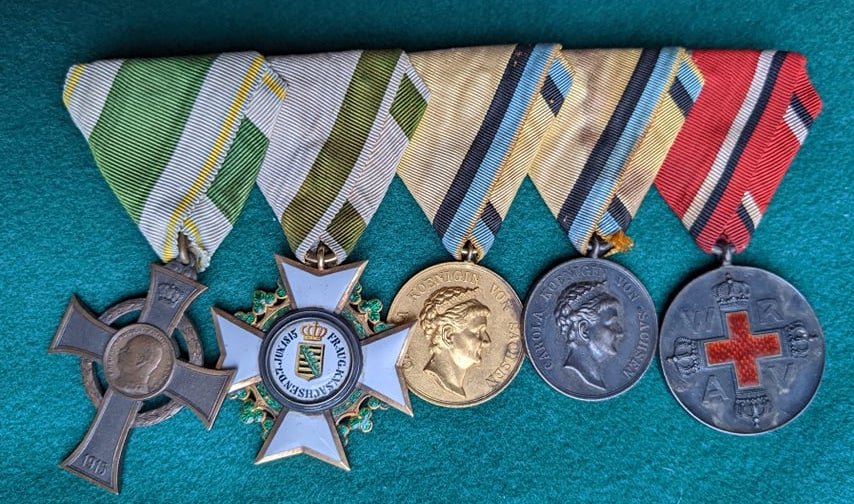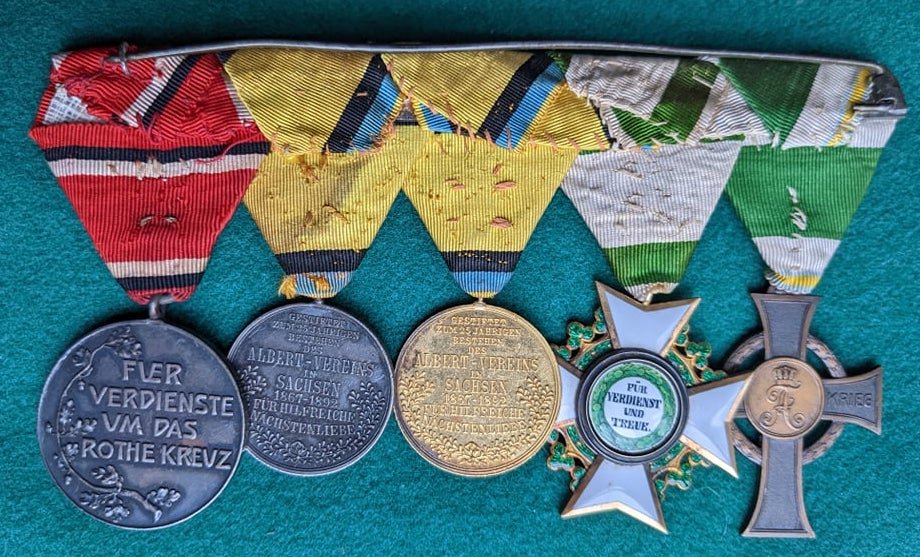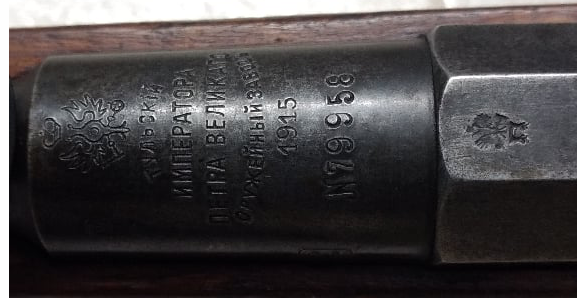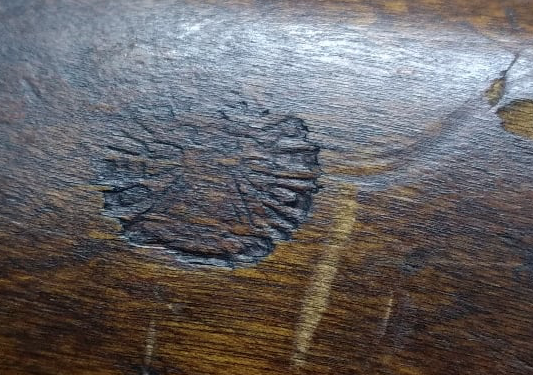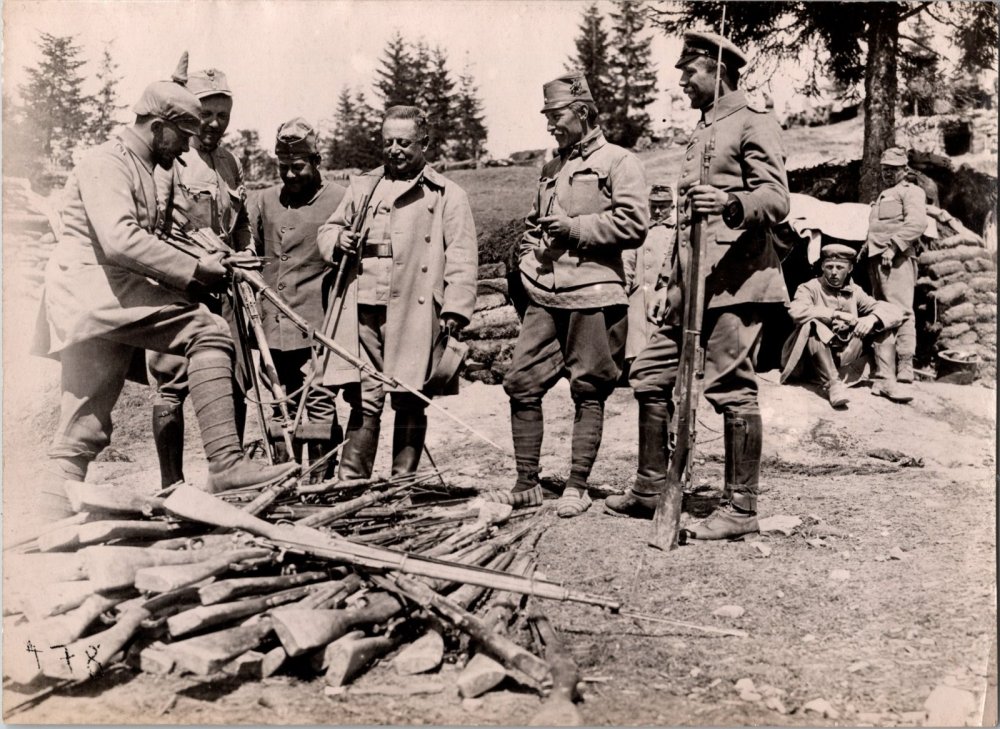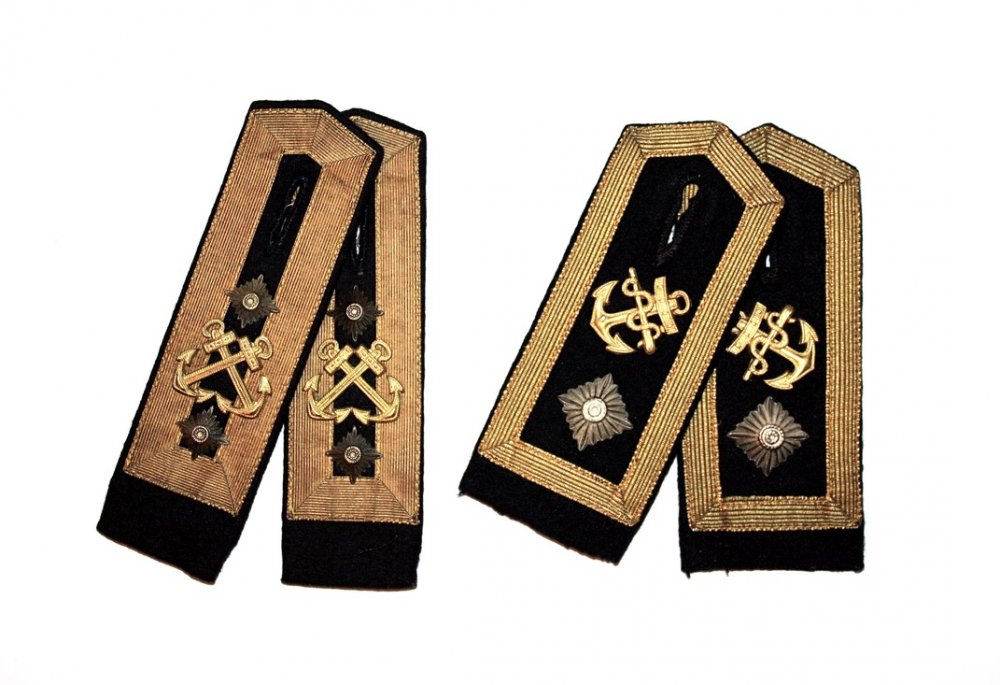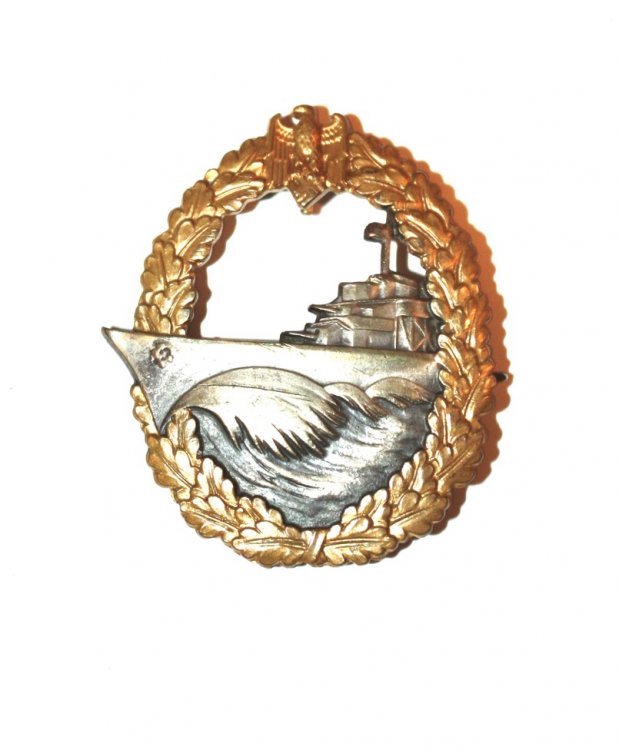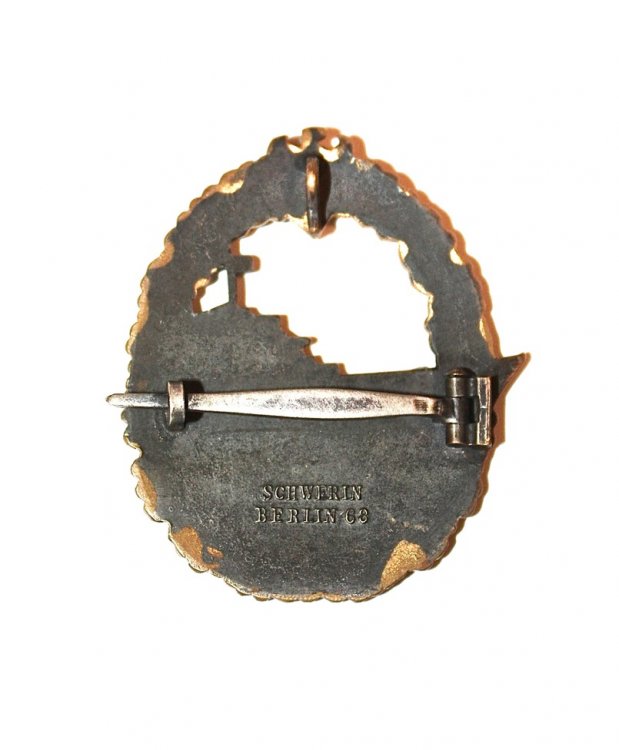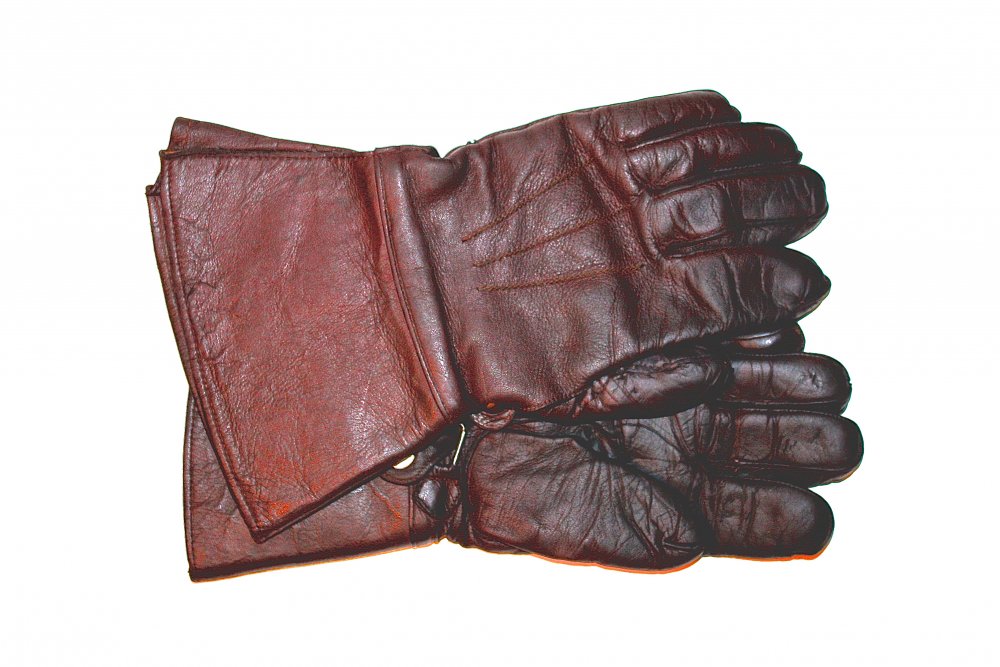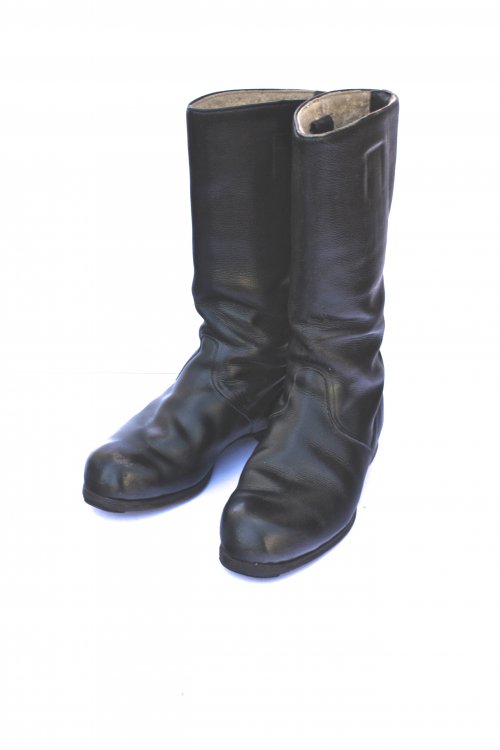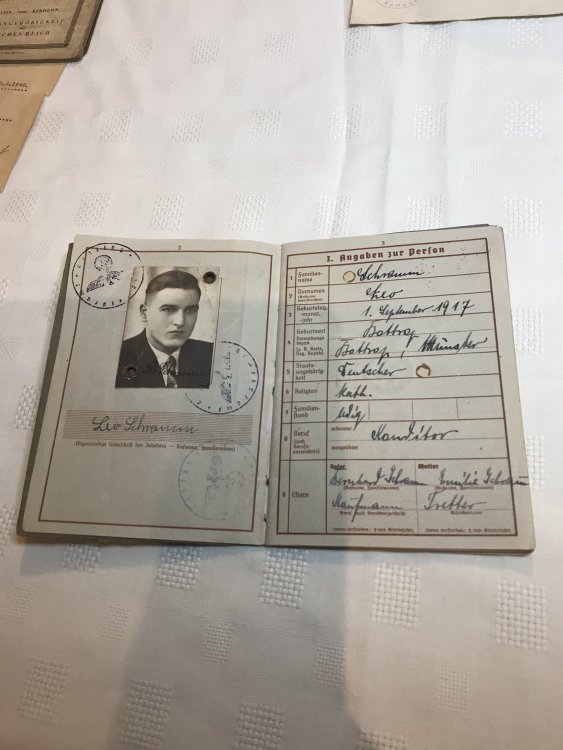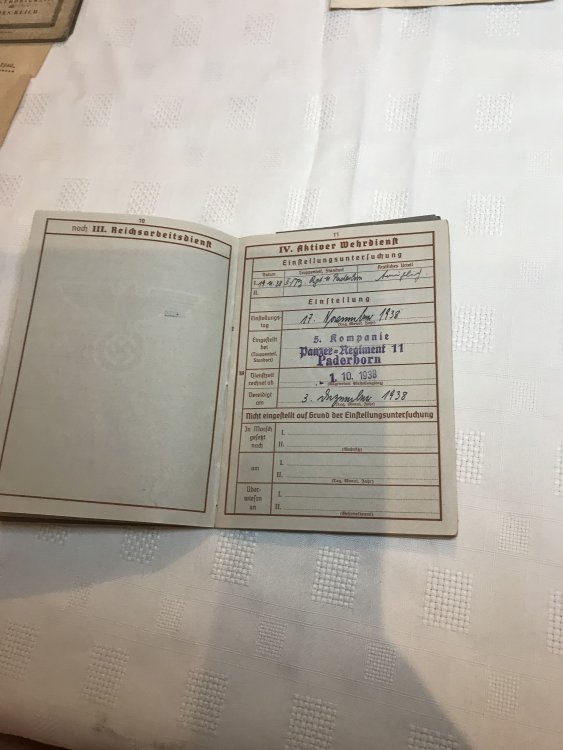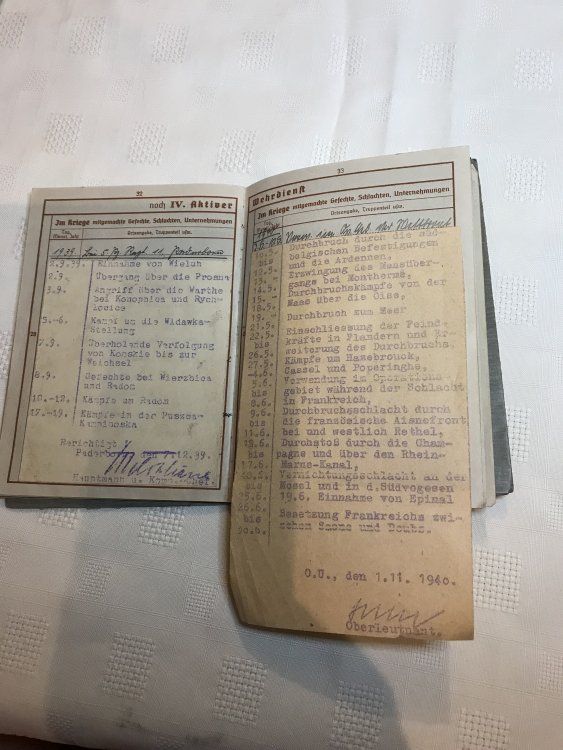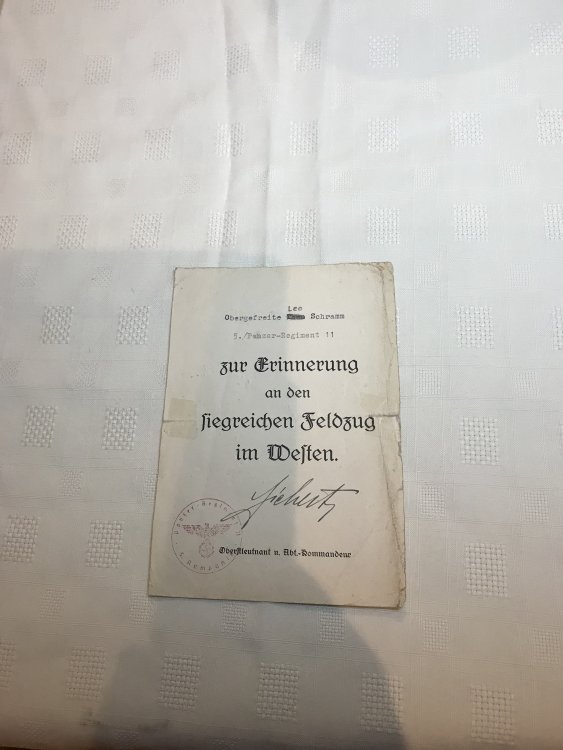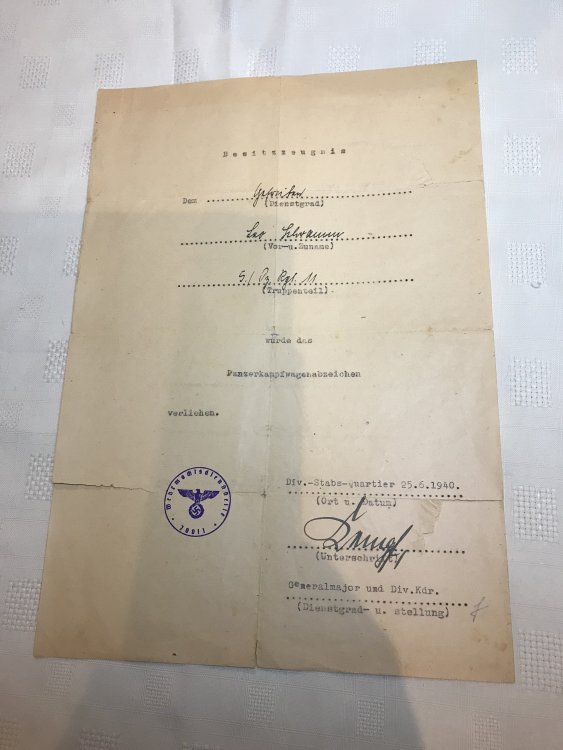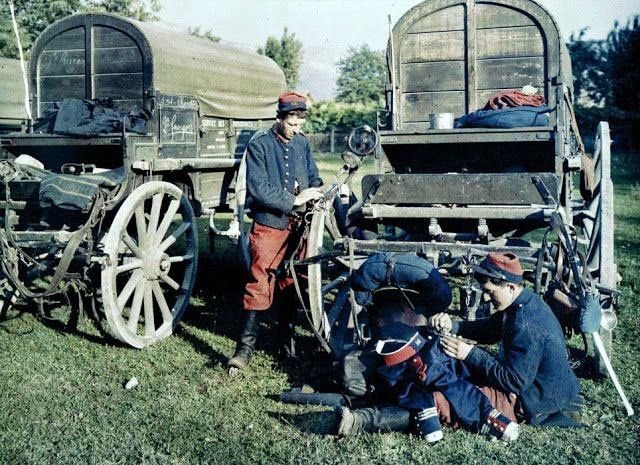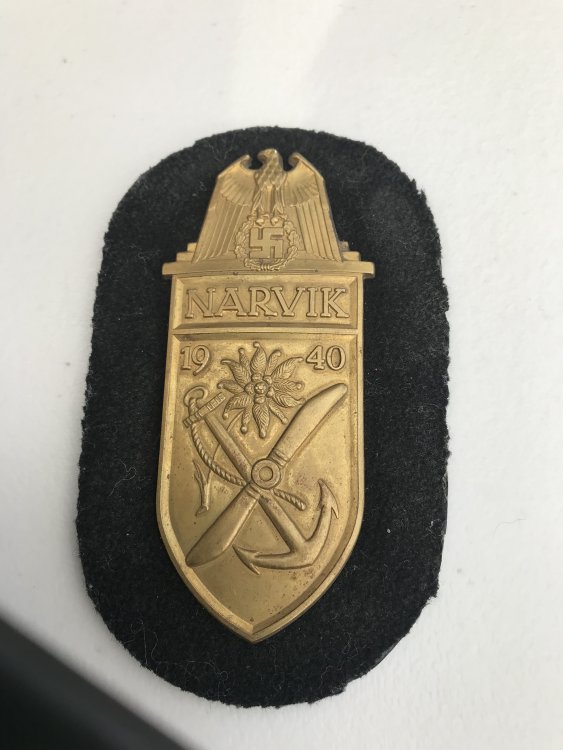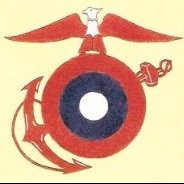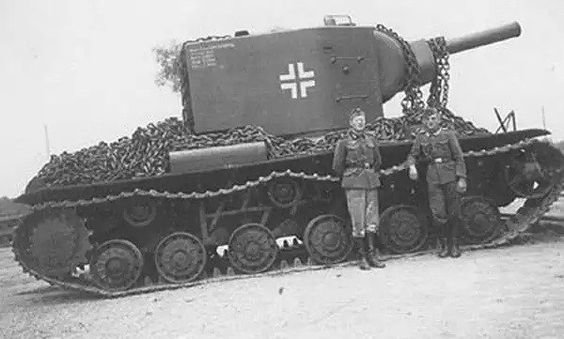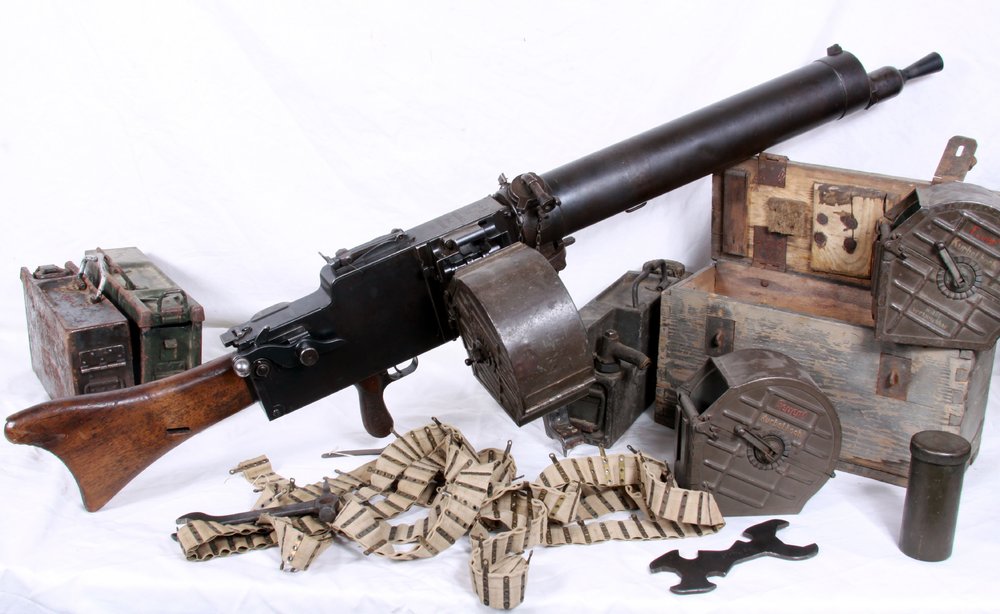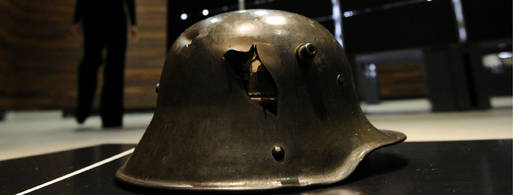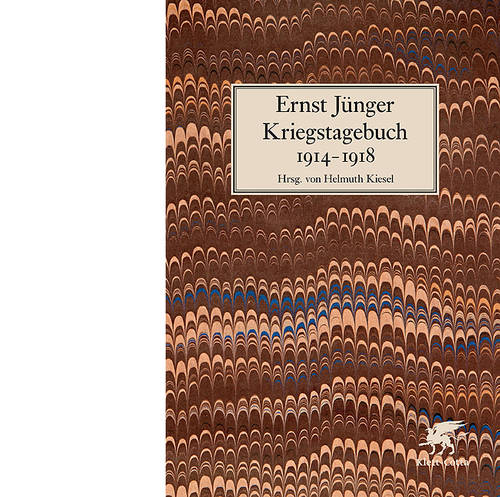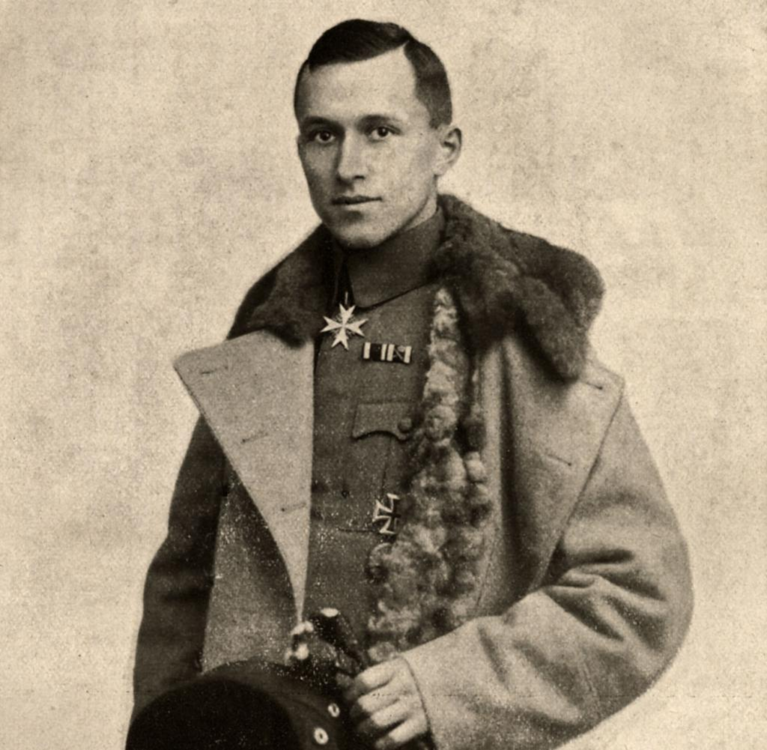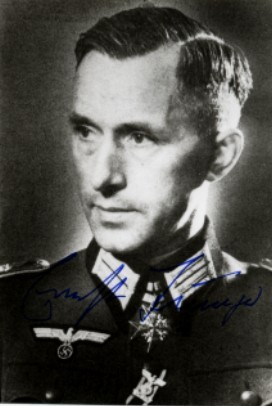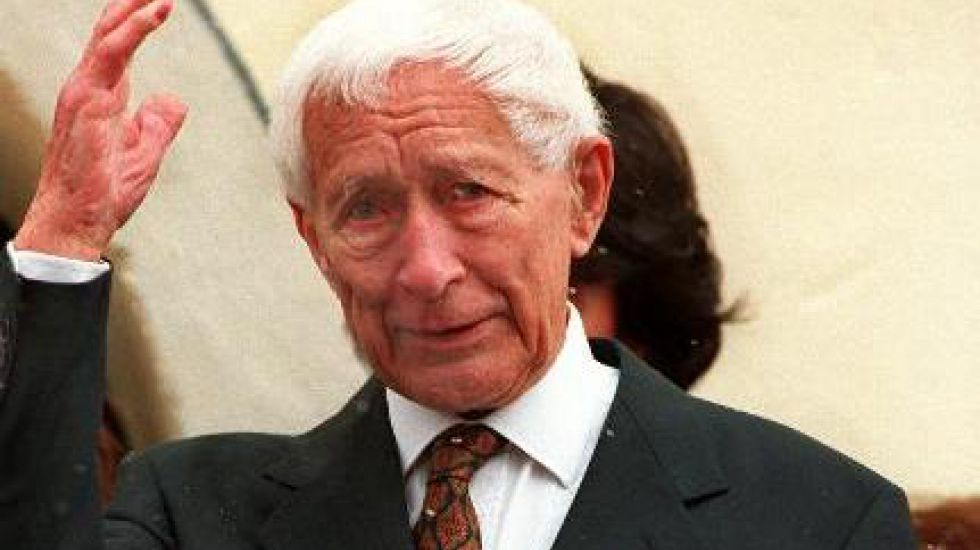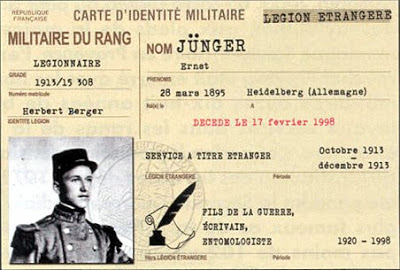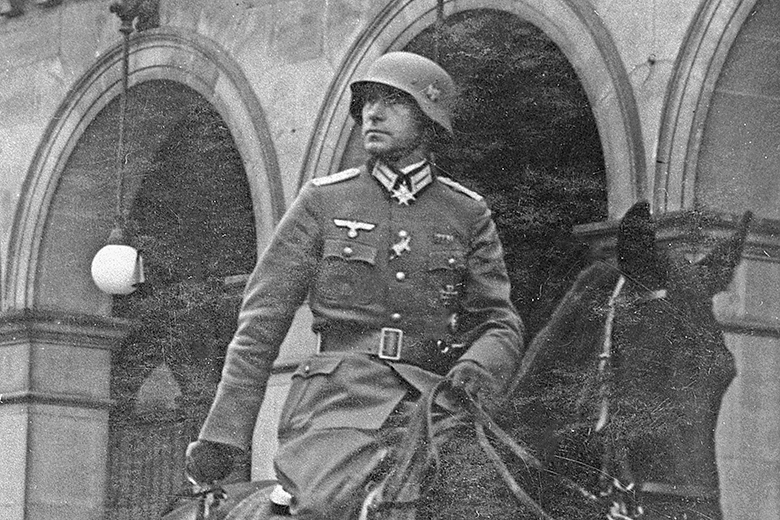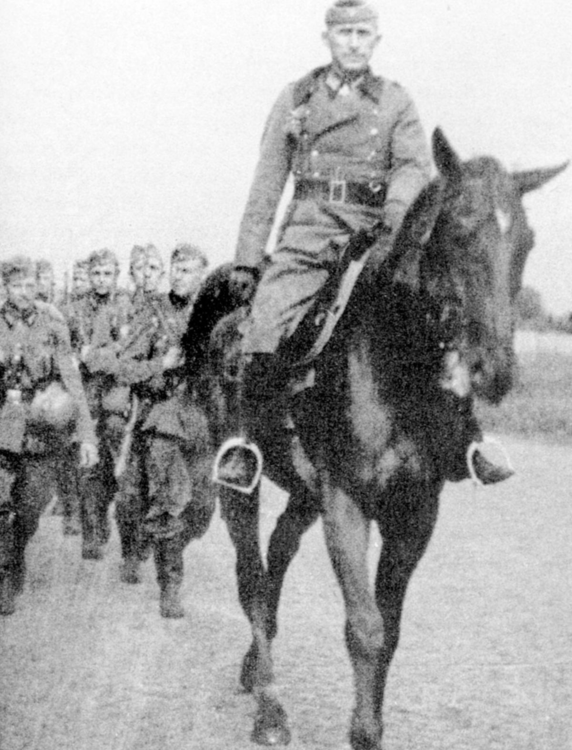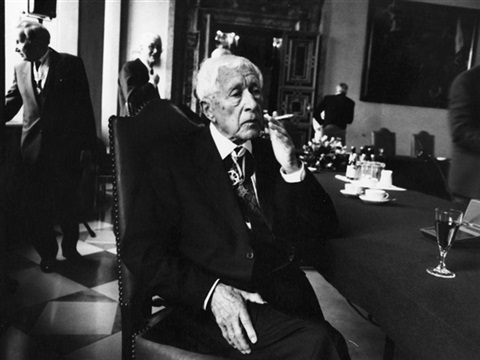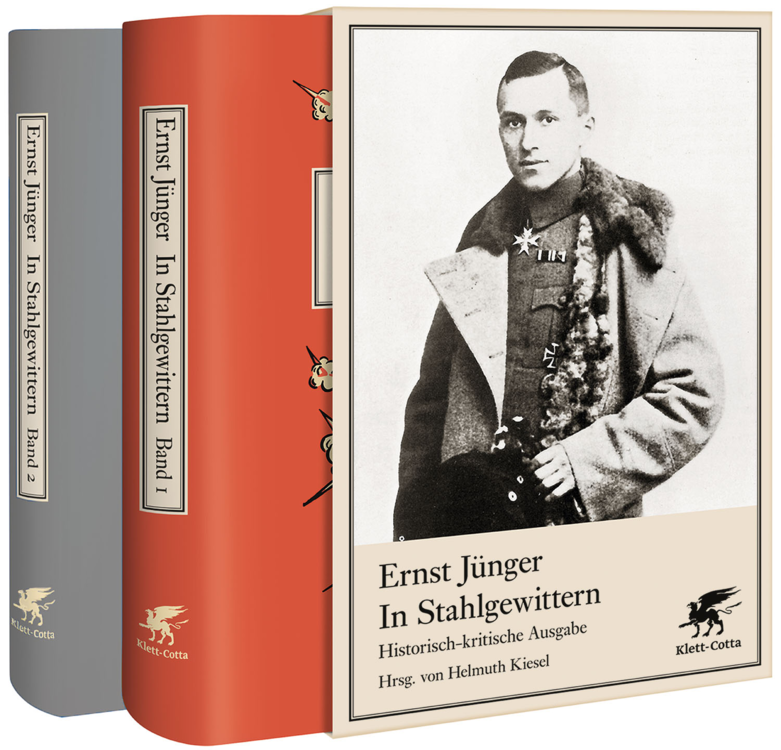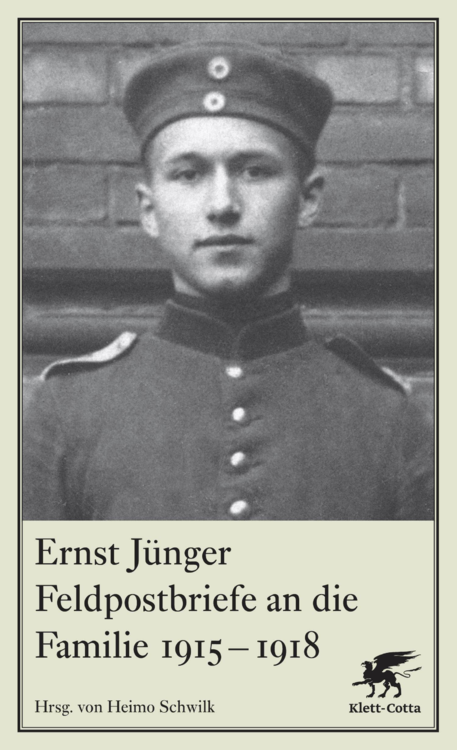Leaderboard
Popular Content
Showing content with the highest reputation since 14/08/19 in all areas
-
Here is a Bulgarian M36 Helmet, type C, which was the last version to be produced. Initially these helmets were made abroad, but machinery was moved to Bulgaria to allow for domestic production. The type C was introduced in 1939 and is the most numerous of the various models. The helmet is somewhat similar to the German helmets, but smaller, lighter, and a shorter brim. This particular helmet at a size 54, with the original liner, but missing the chinstrap. I found this at a local estate sale, and it was a cheap pickup.8 points
-
From my collection are pictures of my Sold-Libellen KM-2 sextant with its original metal storage box. This sextant was manufactured for the Kriegsmarine by C.Plath. The SOLD KM-2 was developed for navigational use aboard U-boats and S-boats at night and/or in poor weather conditions when horizon not visible. For an in-depth review of this type of sextant, visit the link https://sextantbook.com/2013/11/04/the-sold-km2-bubble-sextant/. A view of KM-2 stored in its metal metal box. Note several accessories from the storage box are missing, but the original inventory label is present on inside of one of the two lids (not pictured). Top of metal storage box with access secured with side latches. The handle sides of KM-2 Sextant were the identification plate was once mounted but removed. View of the dial side of KM-2 sextant. The plate on dial is marked J.B., indiscernible mark, Geprütt Deutsche Seewarte (German Naval Observatory). Another view of dial side of KM-2 sextant. Topside view KM-2 sexton.7 points
-
7 points
-
7 points
-
7 points
-
7 points
-
7 points
-
7 points
-
Hi John333, It took me a long time to find a DECENT Ostfront medal. My advice would be to go for the shown medal if the price is reasonable to you as it is quite a nice example. Especially as it has a makers mark on the suspension ring. You can always keep looking for a better conditioned one and upgrade at a later date. So, if you don't have one yet, go for this one with an eye to upgrade at some point in the future. REALLY GOOD examples of this badge do not come up very often, and when they do they are snapped up quickly!7 points
-
7 points
-
Fritz: The answer to your question "I assume the buttons on the leather crew jacket are probably of gilded glass? " is "No." All the buttons on the black leather jacket in my collection are of two-piece metal construction with a fouled anchor gilt front and the backs are marked BESONDERS HALTBAR 'Particularly Durable' with makers symbol. A black leather jacket like mine with gilt fouled anchor buttons can be seen below on page 263 of Volume 2, Die Kriegsmarine Uniforms and Traditions by John R. Angolia and Adolf Schlicht. Pictured below is the back of a two-piece metal fouled anchor button on my black leather jacket. Note that various manufactured produced buttons that were used in making black leather jackets for the Kriegsmarine. Along with my black leather jacket having metal gilt buttons pictured below, note that this jacket has the Kriegsmarine ordnance mark (Eagle over M) between two fouled anchor buttons. The Kriegsmarine proof mark like the one on my jacket is pictured below on page 265 of Volume 2, Die Kriegsmarine Uniforms and Traditions by John R. Angolia and Adolf Schlicht. The collar of the neck was closed up by a metal clasp like the one below on my jacket. Note the front corner of the low standing collar are rounded and the button holes are reenforced with a narrow leather trim. Pictured is the interior of my jacket, which is lined with wool. Also I have enclosed a picture of the back of this jacket. For further information I havedenclosed page 288 of Deutche Kriegsmarine Uniforms, Insignia and Equipment of the German Navy 1933-1945 by Eduardo Delgado.7 points
-
Hi Eddie, I'm afraid the serial number is just a batch number so would not identify the U boat. Sometimes you will find the letter N which would identify them as belonging to the German Navy North Sea Fleet. Sorry can't help much more. Here is a list of the makers codes but no list of serial numbers as far as I'm aware. b e h ERNST LEITZ. WETZLAR GERMANY b e k HENSOLDT WERK FUR OPTIK UND MECHANIK HERBORN GERMANY b l c CARL ZEISS, MILITARABTEILUNG JENA JENA GERMANY b m h JIRASEK (not in Walter) PRAGUE CZECH b m j M. HENSOLDT & SOHNE, A.G. WETZLAR GERMANY b m t C. A. STEINHEIL SOHNE, GmbH MUNICH GERMANY b p d C. P. GOERZ, GmbH VIENNA AUSTRIA b v f C. REICHERT VIENNA AUSTRIA b y g JOH. WYKSEN, K.G. KATTOWITZ POLAND b z z I.G.-FARBENINDUSTRIE, CAMERAWERK MUNICH GERMANY c a d KARL KAHLES (telescopic sights) VIENNA AUSTRIA c a g D. SWAROVSKI WATTENS/TIROL AUSTRIA c a u KODAK AKTIENGESELLSCHAFT, DR. NAGEL WERK STUTTGART GERMANY c c x OPTISCHE UND FEINMECHANISCHE WERKE, HUGO MEYER & CO. GOERLITZ GERMANY c l b DR. F. A. WOHLER KASSEL GERMANY c l n ED. SPRENGER BERLIN GERMANY c r h FRANZ SCHMIDT & HAENSCH BERLIN GERMANY c r n HANSEATISCHE WERKSTATTEN FUR FEINMECHANIK UND OPTIK, FRIEDRICHS & Co. HAMBURG GERMANY c r o R. FUESS, formerly J. G. GREINER & GEISSLER BERLIN GERMANY c x n EMIL BUSCH, A.G. RATHENOW GERMANY d d v OCULUS (optometrist equipment, possibly gunsights) BERLIN GERMANY d d x VOIGTLAENDER & SOHN, A.G. BRAUNSCHWEIG GERMANY d k l JOSEF SCHNEIDER KREUZNACH GERMANY d o q DEUTSCHE SPIEGELGLAS A.G. (telescopes, lenses) LEINE GERMANY d o w WAFFENWERKE BRUNN A.G. (1943-OPTICOTECHNA GmbH) PRERAU CZECH. d p g ADOX KAMERAWERK GmbH (cameras) WIESBADEN GERMANY d p v ZEISS IKON A.G. DRESDEN GERMANY d p w ZEISS IKON A.G. GOERZWERK BERLIN GERMANY d p x ZEISS IKON A.G., CONTESSAWERK STUTTGART GERMANY d y m RUNGE & KAULFUSS RATHENOW GERMANY d y s HEINRICH ZEISS, UNIONZEISS K.G. ('apparently optical' BERLIN GERMANY d z l OPTISCHE ANSTALT OIGEE GmbH BERLIN GERMANY e a f MECHANOPTIK GESELLSCHAFT FUR PRAZISIONSTECHNIK, AUDE & REIPERT BABELSBERG GERMANY e a w R. WINKEL GmbH GOETTINGEN GERMANY e e d KURBI & NIGGELOH (photographic equipment) RADEVORMWALD GERMANY e s o G. RODENSTOCK MUNICH GERMANY e s u STEINHEIL SOHNE GmbH (telescopes & optics) MUNICH GERMANY e u g OPTISCHE PRAZISIONS WERKE GmbH WARSAW POLAND f c o SENDLINGER OPTISCHE GLASWERKE GmbH BERLIN GERMANY f j t PHOTOGRAMMETRIE GmbH (aerial recon. cameras) MUNICH GERMANY f l n FRANZ RAPSCH A.G. (sights, often subcontractor to Busch) RATHENOW GERMANY f v s SPINDLER & HOYER K.G. GOTTINGEN GERMANY f v x BECK & SOHNE KASSEL GERMANY f w r OPTISCHE ANSTALT SAALFELD GmbH SAALFELD GERMANY f x p HANS KOLLMORGEN GmbH BERLIN GERMANY g a g F. MOLLENKOPF STUTTGART GERMANY g k p RUF & Co., formerly CARL SCHUTZ KASSEL GERMANY g u g UNGARNISCHE OPTISCHE WERKE A.G. BUDAPEST HUNGARY g u j WERNER D. KUEHN BERLIN GERMANY g w v ERNST PLANK NURNBERG GERMANY g x l FRANKE & HEIDECKE (photographic equipment) BRAUNSCHWEIG GERMANY g x p HOMRICH & SOHN (photographic equipment) h d v OPTISCHE WERK OSTERODE GmbH OSTERODE GERMANY h f o VALENTIN LINHOF OHG (photographic equipment) MUNICH GERMANY h k m CARL BRAUN KG NURNBERG GERMANY h n a KORELLE WERKE, G.H. BRANDTMANN & Co. (photographic) DRESDEN GERMANY h r w HOH & HAHNE (photographic reproduction equipment) LEIPZIG GERMANY h w t IHAGEE KAMERAWERK, STEENBERGEN & Co. (cameras) DRESDEN GERMANY h x h A. KRUSS HAMBURG GERMANY j f n TETENAL PHOTOWERK, Dr. TRIEPEL, K.G. (photographic equipment) BERLIN GERMANY j f p DR. CARL LEISS BERLIN GERMANY j n h F. TUTEMANN (lens holders & optical equipment) LUDENSCHEID GERMANY j o n VOIGTLANDER-GEVAERT (cameras) BERLIN GERMANY j u x NEDINSCO, NEDERLANDSCHE INSTRUMENTEN, (vehicle & aircraft instruments?) VENLO NETHERLANDS j v e ERNST LUDWIG WEIXDORF GERMANY j x n HELMUT KORTH BERLIN GERMANY k h c OTTO HIMMLER (microscopes, optical equipment) BERLIN GERMANY k l n ERNST & WILHELM BERTRAM (photographic equipment) MUNICH GERMANY k n a DER ROBOT, BERNING & Co., K.G. (photographic equipment) DUSSELDORF GERMANY k q c JOS. SCHNEIDER & Co., K.G. GOETTINGEN GERMANY k r q EMIL BUSCH A.G. (assembled from foreign components) RATHENOW GERMANY k w c GAMMA FEINMECHANISCHE & OPTISCHE WERKE BUDAPEST HUNGARY k x v A. JACKENROLL GmbH BERLIN GERMANY l a e HEINRICH ZEISS, UNION ZEISS K.G. GOSTINGEN l f n REFLEKTA-KAMERAFABRIK, C. RICHTER (cameras) THARANDT GERMANY l m q CARL ZEISS (assembled from foreign components) JENA GERMANY l w g OPTISCHE WERKE OSTERODE GmbH (assembled from foreign components) OSTERODE GERMANY l w w HUET ET CIE PARIS FRANCE l w x OPTIQUE ET PRECISION DE LEVALLOIS, PARIS LEVALLOIS-PERRET FRANCE l w y SOCIETE OPTIQUE ET MECANIQUE DE HAUTE PRECISION PARIS FRANCE m b v I.G. FARBENINDUSTRIE, A.G.; AGFA (cameras) BERLIN GERMANY m c a FOTOWERK, Dr. C. SCHLEUSSNER, GmbH (photographic equipment) FRANKFURT GERMANY m t q PHOTOCHEMISCHE FABRIK ROLAND RISSE GmbH (photographic equipment) FLORSHEIM GERMANY m t r VOIGTLANDER & SOHN, A.G. (cameras) BERLIN GERMANY m t u A. LORENZ (MTU also used for AEG electrical equipment) GUTENFELD m t v A. LORENZ DRESDEN GERMANY n m s RICHARD HOLZ BERLIN GERMANY n x t S.A.I. OTTICO MECCANICA E RILEVAMENTI AEROFOTOGRAMMETRICI (stereoscopic aerial photography equipment) ROME ITALY o c p AKTOPHOT GmbH (photographic equipment) PRAG-SABECHTLITZ o c v W. KLAZAR (precision engineering; reportedly photographic equipment) PRAG o k c HAUFF A.G. (photographic equipment) STUTTGART GERMANY p v f C. REICHERT VIENNA AUSTRIA r l n CARL ZEISS JENA GERMANY A.G. = AKTIENGESELLSCHAFT; JOINT STOCK COMPANY GmbH = GESELLSCHAFT MIT BESCHRANKTER HAFTUNG; LIMITED COMPANY I.G. = INTERRESENGEMEINSCHAFT; UNION OF INTERESTS K.G. = KOMMANDITGESELLSCHAFT; LIMITED PARTNERSHIP OHG = OFFENE HANDELSGESELLSCHAFT; PRIVATE FIRM (literally, 'open trading company')7 points
-
Hello all Another new member seeking Historical WWII information. I recently inherited some German WWII memorabilia from a close family friend whose husband just passed away. They emigrated here to Canada in 1980. Their parents and relatives were part of the war effort in Germany during WWII. Her father was in the Luftwaffe and his items are displayed en mass in one photo. Her uncle was in the 5th SS Wiking division and his items are in the second and third photo's. I will be receiving more information and possibly photos when she receives them from her mother who is still alive in Germany. I am not an expert on these types of items however I do have a keen interest in WWII Hx. Any info or referencing to other sources would be hugely appreciated. I am looking to preserve these items in frame along with my families war memorabilia from that era. Thanking you all in advance.7 points
-
7 points
-
7 points
-
7 points
-
7 points
-
7 points
-
7 points
-
7 points
-
7 points
-
Here is an interesting item, a WW1 era US Signal Corps battery powered signal lamp kit. I love oddball items such as this by the way. So this kit was used pre-WW1 and probably would have been used into WW1 if not for advances in radio and field telephones. Although this and other obsolete items were still in the manuals of the time, realistically it most likely was not used in WW1. This kit typically consists of a leather belt and suspenders, a small leather box capable of holding 1 battery and a key switch, this was used to communicate Morse. Additionally a spare battery box was worn that held 4 extra batteries, and sometimes a larger shoulder strap leather box could be used that held 5 batteries and had a lamp hook up and signal key (shown on back of mannequin). I got this kit complete in the original packing crate, which held 4 lamps, and several leather straps, as well as extra batteries, which were wrapped in paper, and spare bulbs (these are particular hard to find spares for). The batteries were 3 volt and lasted about an hour if constantly used. I did test one of the original batteries, added water and charged it, and it still worked!6 points
-
Pictured is a signed limit edition print by Tom Freeman entitled 'Attack at Dawn.' The print depicts the U-132, commanded by Kptlt. Ernst Vogelsang, attacking and sinking one of the five ships from the crew's war patrol of 10 June -16 August 1942. Purchased this print years ago, I finally had it framed and delivered today. This fantastic print will hang in my home's guest room. I apologize for the reflection of the bubble rap.6 points
-
Iv'e done some research for you Gildwiller. Charles Henry Parsons born 29 Nov 1882 in Redlynch Wiltshire, Parents John and Sarah Parsons. In 1901 employed as a Footman for the Barry Family of Stowell Park Wilcot Wiltshire, Enlisted on the 4 Nov 1915 in the 2nd Battalion Wiltshire Regiment he was sent to Hove near Brighton for training, later sent to France. He was later given a Class Z rating on 2nd Jun 1919 and later discharged to the Home Service Reserve. In July 1931 he married Florence I Handford Born 6 April 1900 at the age of 48 she was 31 and a domestic servant, they had a son Edward K born 29 May 1932. In the 1939 census they were living in the City of Salisbury, as far as I can tell Charles died in 1964 aged 82. Below are some documents for him.6 points
-
Pictured from my collection of Kriegsmarine antiques is a book about the exploits of Kapitanleutnant Hans Bartels (1919-1945), awarded the Knight's Cross on 16 May 1940 for his naval action in during the Norwegian campaign . Great art dust cover of book. Art of Kapitanleutnant Bartels on deck of minesweeper M1.6 points
-
Back a few years ago 2018, I had a very long post on the now gone forum SRF (Surfpusrifleforum.org) about military surplus K98K rifles commonly found on the us market. In the 2000s there was a flood of surplus Mausers. I wrote a post describing the attributes of each specimen with many research links, examples, and mostly details from the rifles I own. None of these are deactivated. I will up date the 14 pages and post the new update information here. Most important, I am in the process of updating all the reference links so they function and can be view a number of ways depending on the age of the reader's computer. Some references are gone, but I saved most to the Wayback Machine Archive. I am providing fresh links. While saved on the archive, I have removed all links to the outdated version. And most important I would like to thank all on this forum for the help they offered.6 points
-
6 points
-
Dear Gentlemen, Thank You for advising, Here is my first acquisition for the NSDAP Party Pin m1/164 RZM Marker, (Buttonhole), Check out the photos . I have put it through under the loupe so you guys can have a better look, for example, in the A & O alphabet you may find holes in it, not sure why is there a hole . Enjoy!!6 points
-
The maker and batch number do not coincide with this being an SS helmet, Heer and Luftwaffe HKP M42's dominate this series.6 points
-
This is a pretty rare grouping with two Queen Carola Medals Saxony War Merit Cross, Civil Merit Medal - Knight’s Cross 1st class, Carola Medal in gold, Carola Medal in silver and Prussian Red Cross medal 2nd class. Carola-Medaille was instituted on 17 Sep 1892 by King Albert on the occasion of the 25th anniversary of the Albert club, whose patron was Queen Carola. The Medal was awarded for charity during the war and in the peacetime. Awarded in three classes: gold, silver and bronze. Totals awarded - first type: 46 gold, 1000 silver and 1000 bronze; second type: 6 gold, 300 silver and 860 bronze. Diameter - first type - 27.9 mm, second type - 27.95 mm.6 points
-
It's quite a long time ago but (probably) the most interesting SS cuff title I ever owned came from yourself, Kenny, an issued and nicely worn condition embroidered RZM pattern "Frw. Legion Norwegen" title. I had popped into your shop on a rare visit to Glasgow and you had it up for sale along with a similar embroidered Frw Legion Niederlande title, it was also used condition but still stitched together in a loop, right off the sleeve. Both were totally original titles - wish I could have bought them both but could only afford one at the time. Really rare things in collecting terms.6 points
-
Please see this link for the story and some great photos. Talk about history- I just had to repost this. https://www.k98kforum.com/threads/german-captured-1915-mosin-nagant.44190/ A view of a rather rare find, A German capture M91 1915 dated Mosin with the German capture stamp on the stock. How lucky can a person get? Here are three photos from the above source:6 points
-
Good evening and thanks for all the work you put in here. I was looking at the piece below and was wondering if you had any thoughts. Not enough info for me to make a decision unfortunately so wondering if there is anything you could add here. It is maker marked however. I was mostly concerned with how fresh the paint appeared initially.6 points
-
All: The next three posts will provide a few of the many examples of propaganda in my Kriegsmarine collection. Booklets, magazines, postcards, and other forms of propaganda were provided to glorify Germany's naval exploits, encourage recruitment, and lift moral to further an agenda. Note that I take care to archive/protect all pieces in my collection, especially paper and cloth. Please do not post any written response/comment on this thread until I have completed the next three post, thank you. Best regards, John R.6 points
-
Pictured from my collection of Kriegsmarine antiques are pair of senior NCO sew-in type boards for the career/rank of Helmsman-Coxswain/Oberfeldwebel (left) and senior NCO sew-in type boards for career/rank of medical/Feldwebel (right). Career/Rank designation from pages 87-89 of Die Kriegsmarine Uniforms, Insignias and Equipment of the German Navy 1933-1945. by Eduardo Delgado.6 points
-
This is becoming a fantastic reference source with so many items from a life time collection. Actually, beyond belief to actuall find so many items. When its done, I'll have to print this out.6 points
-
6 points
-
Pictured from my collection is a pair of brown leather gauntlets that belonged to Rudolf Muhlbauer (1919-2000). He served aboard the U-123 and the U-170. During Rudolf's service as a submariner, he was awarded the German Cross in Gold and the Knight's Cross of the Iron Cross. Gauntlets like his are pictured on page 332 in Torpedo Los! The Fascinating World of U-Boat Collectibles.6 points
-
6 points
-
Munich · The "House of Bavarian History" is looking for memorabilia from the First World War that tell a personal story. These stories from the life of Bavarian citizens are to be the focus of the new Museum of Bavarian History, which will open in Regensburg in 2018 to mark the 100th birthday of the Free State. Like Simon Gammel's spiked helmet?! The front in Flanders was like a lunar landscape, ripped open by countless grenade hits and furrowed by trenches secured with barbed wire - this was the scenery in World War I in which the incredible story of Simon Gammel happened. The farmer's son Simon Gammel, born in 1892 in Gisseltshausen near Rottenburg an der Laaber in Lower Bavaria, did his military service in the Royal Bavarian 16th Infantry Regiment in Passau from 1913. A week after the German Reich declared war in August 1914, the Passau regiment marched to the western front. After battles in Lorraine, the young soldier experienced the horrors of war in trench warfare on the Somme. The front had been frozen for months and the soldiers had dug in. French barrage rained down on the Bavarian positions as Simon Gammel was hit in his dugout. A piece of shrapnel shredded the leather of his spiked helmet, penetrated his skull, only to exit the back of his head and penetrated the helmet a second time. The shelter collapsed on Simon Gammel, burying him under dirt and wood. One of the support beams pressed against his back with a tremendous load, crushing his lungs. Things were not looking good for young Simon Gammel. "The bum's off!" yelled a comrade and the soldiers shoveled the dirt aside with folding spades in order to get to the buried man. They managed to free the seriously injured man and take him to the next dressing station. From there he was transferred to a hospital. Miraculously, the splinter did not cause any permanent damage, although Simon Gammel remained severely traumatized after the external healing. After his recovery, he was employed as an instructor and later posted back to the western front. After several weeks of positional fighting on the Aisne, Simon Gammel was taken to the Ahrweiler hospital on the Rhine with alleged flu symptoms. It was only there that a doctor realized that the persistent tremors were not due to chills but to war trauma. Gammel was then released to his homeland in Lower Bavaria. He married his fiancé and the couple had two children. Simon Gammel was a member of the municipal council and active in many clubs, but he could not forget his wartime experiences. When the veterans' association organized a trip to the former battlefields on the western front, Simon Gammel refused to take part, saying: "I've been there and I didn't like it at all." Simon Gammel died in 1977 at the age of 84. His granddaughter Christa Rott, who provided the information about her grandfather, and local researcher Franz Moises not only keep an interesting object with the Pickelhaube, but also keep a piece of Bavarian history alive for posterity with the stories about Simon Gammel's fate. Did your ancestors bring back WWI memorabilia that tell a personal story? Then please contact: House of Bavarian History, keyword Museum, Zeuggasse 7, 86150 Augsburg, Tel. 08 21/32 95 130, email museum@hdbg.bayern.de. Source: Munich Weekly Gazette6 points
-
Here is a nice early grouping for all you panzer guys. Leo Schramm, 5th Kompanie, 11th Panzer Regiment, saw action all through Poland and France in 1939/40, won the PAB when it was know as the Panzerkampfwagenabzeichen, received his Service in the West certificate. He was part of Panzer Regiment 11 who were in turn part of the 6th Panzer Division. He was associated with Panzer 35 (t)’s. He was killed on 26th June 1941 at the Battle of Raseiniai, where the GermanPanzer 35(t)’s were no match for the Russian heavy tanks and were effectively routed. This grouping consists of his fully filled out Wehrpass, his passport (minus front cover), his service in the West Cert, and his Panzer badge citation made out as the Panzerkampfwagenabzeichen which was the name of the PAB prior to June 1940.6 points
-
6 points
-
6 points
-
Altmark in Jössing-Fjord Versenkte deutsche Schiffe im Hafen von Narvik Eduard Dietl6 points
-
It certainly was. The downside, and yes there was one, was cleaning it. We must have gone through nearly a hundred patches.6 points
-
As I see, the mark is KO, which quite standard and these were made on order of the Königliche Ordenskanzlei Berlin, the institution responsable for the administration of all awards of orders and decorations in Prussia. There was a vast range of marks on iron crosses, but many had no maker's mark. The iron cross was a Prussian decoration, and not "German". I see you also have the original cardboard outer package, which is even more valuable - such sets now rarely turn up. In the background you have a 1939 cross, over which is a 1914 ribbon, with a bar - this is worn with the 1914 cross, not 1939, and was awarded to those in 1914-18, who already had the 1870 iron cross, worn only with the 1870 iron cross, which is, as you can imagine, just a very few.6 points
-
6 points
-
6 points
-
Here is a good set up of the MG 018/15 with accessories. To the left of the weapon are ammo cans, with a 250 round belt in the foreground. The weapon has a 100 round drum attached and two more close to the transit box. Between the weapon and 100 round drums is the steam condenser can that was used to keep the water jacket from overheating. A hose was connected from the water jacket to this can, when the water boiled off, the steam travelled to the can and eventually would turn back to water, thus allowing for a constant source of cooling. Troops on both sides used to get a little of the boiling water out for tea and coffee. To the right and bottom is a wrench used to perform maintenance as well as to the left of the 250 round belt and soaking can for the booster on the end on the muzzle on the far right bottom.6 points
-
The steel helmet worn by Ernst Jünger (Pour le Mérite) as he was wounded, 18 wounds! He received the Pour le Mérite and survived to become a famous author. He served in the Second World War as a Reserve Officer. His most famous work was "In Stahlgewittern", the account of his experiences in the Great War. The helmet is in the collections of the Marburger Literaturmuseum. Ernst Jünger died at the age of 102 in 1998 in Wilfingen. He also had served in the French Foreign Legion before World War I. During WW1 he served with Infanterie-Regiment 77. After the outbreak of war in 1939 he served on the Westwall, where he won the 1939 bar to the Iron Cross 2nd Class 1914 for saving a wounded soldier. After that he served on the staff of the Military Governor of France, Generaloberst von Stülpnagel till Summer of 1944, leaving the city after the Allies began their Operation Overlord, along with the evacuating German troops, and returned to Kirchhorst in Lower Saxony, where he was dismissed from the regular Wehrmacht. At the end of the war he commanded a Volkssturm unit, but ordered no resistance against the advancing allied troops. Ernst Jünger at the head of his company, the march to France, 1940 A portrait by Stefan Moses A postage stamp commemorating Ernst Jünger, 1998 A recent edition of his most famous work. The war diary of Ernst Jünger6 points






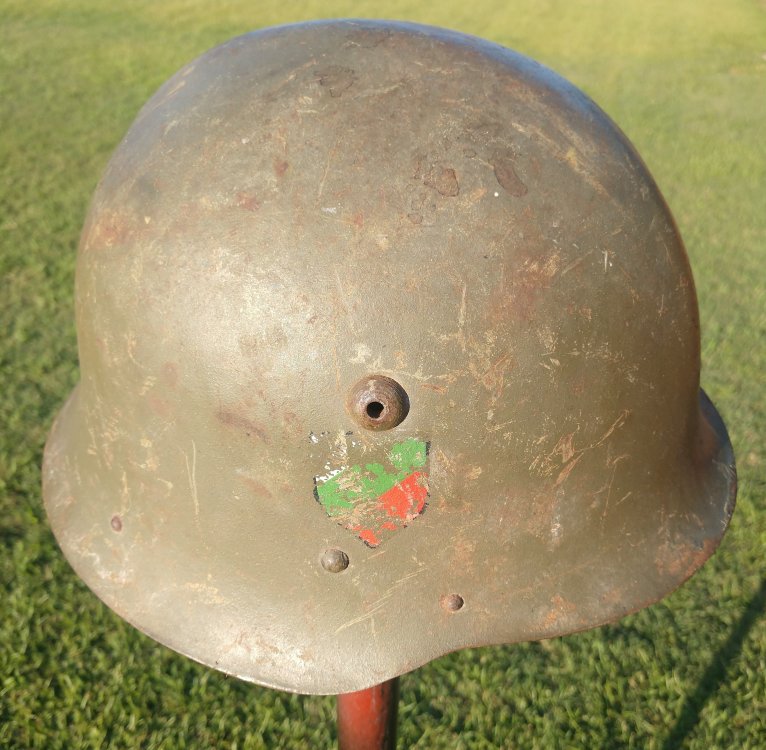
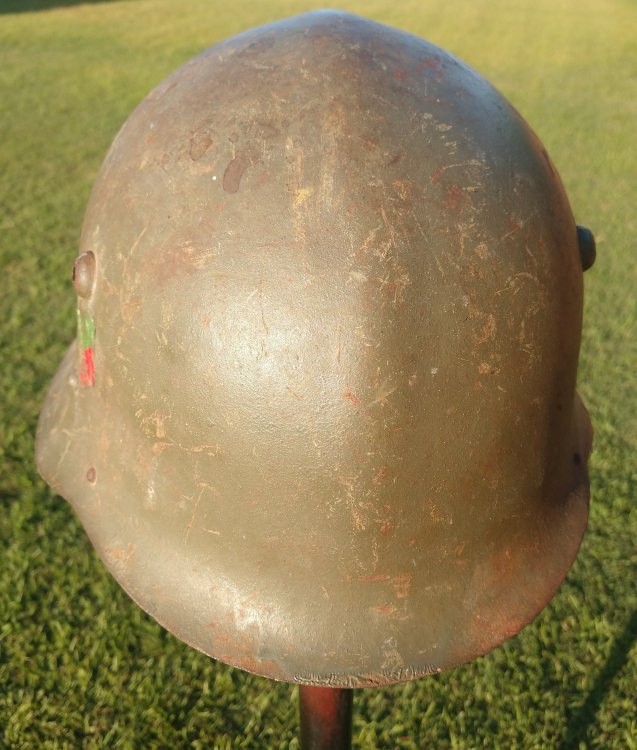
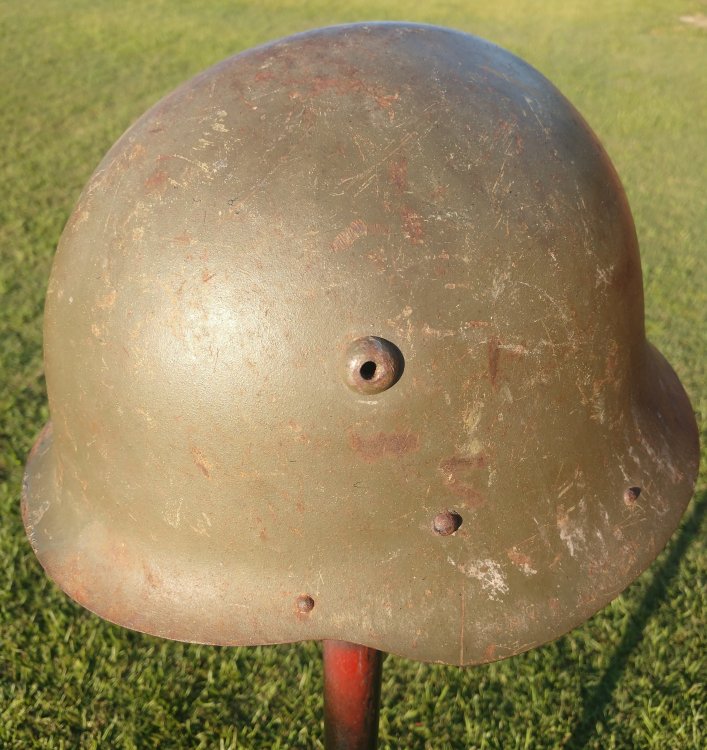
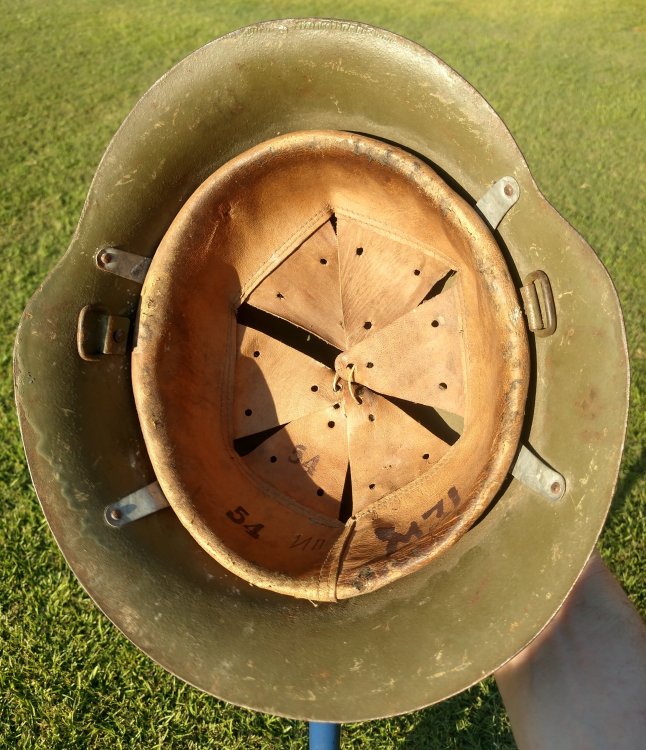
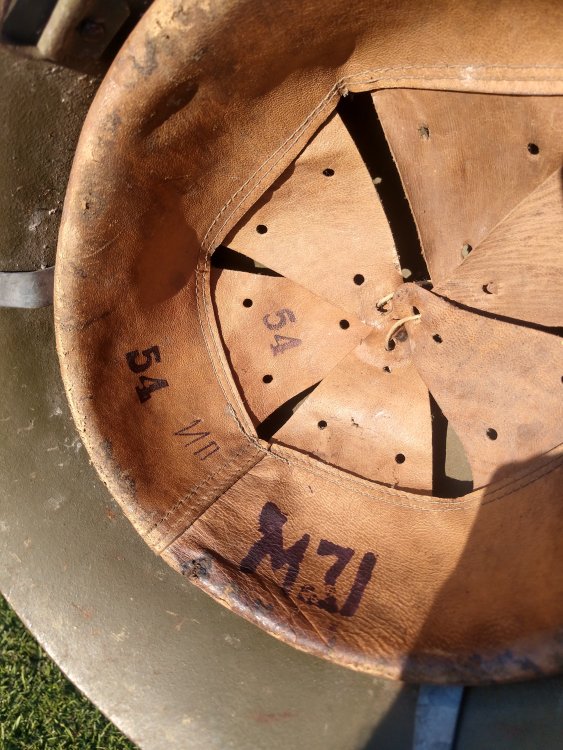

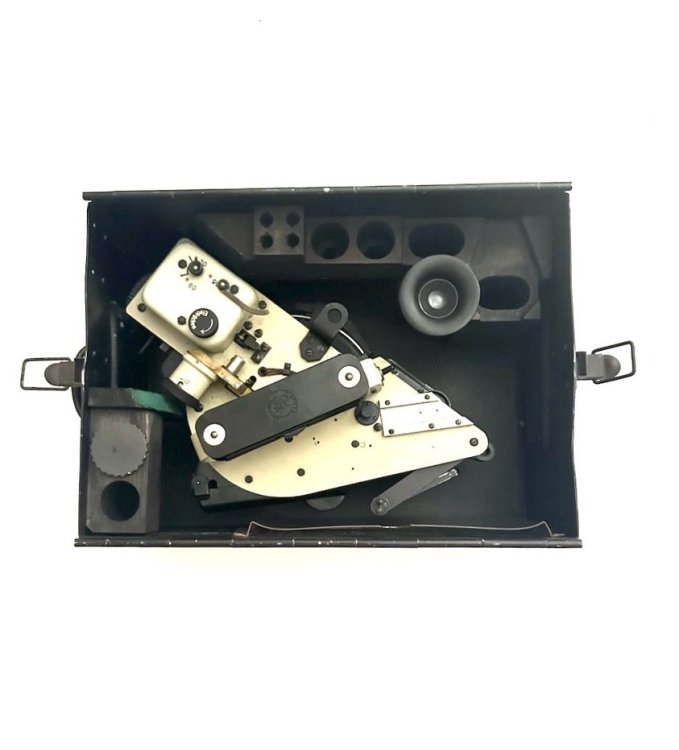
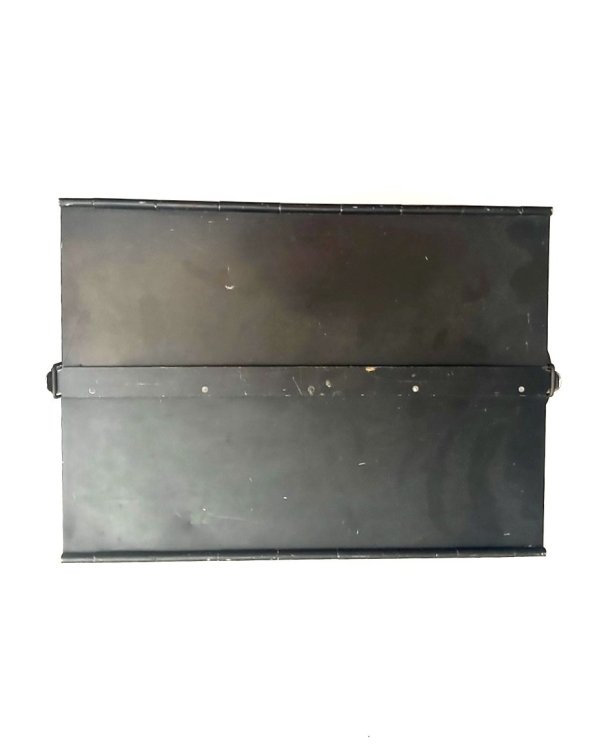
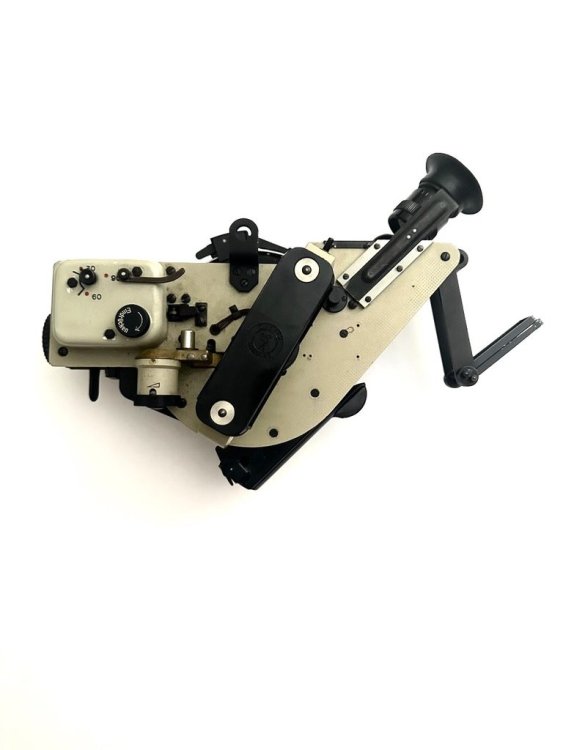
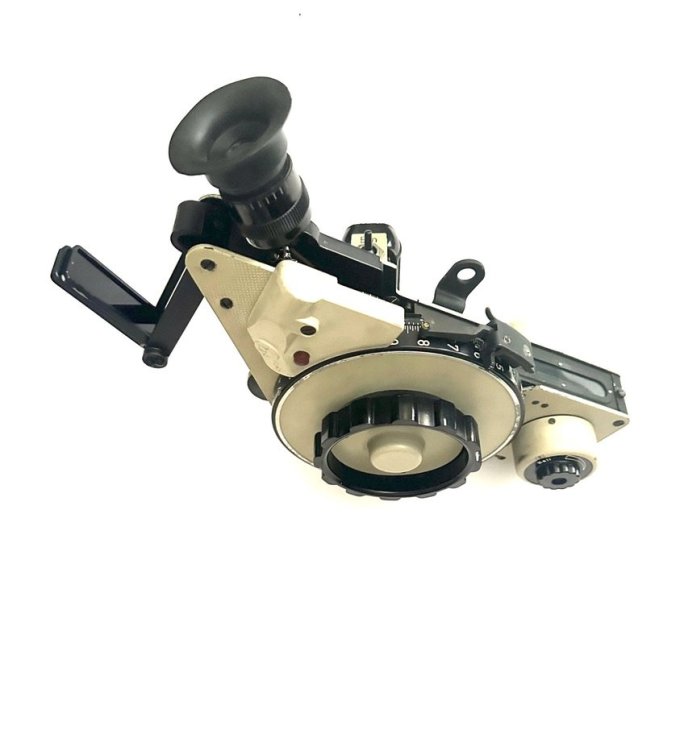
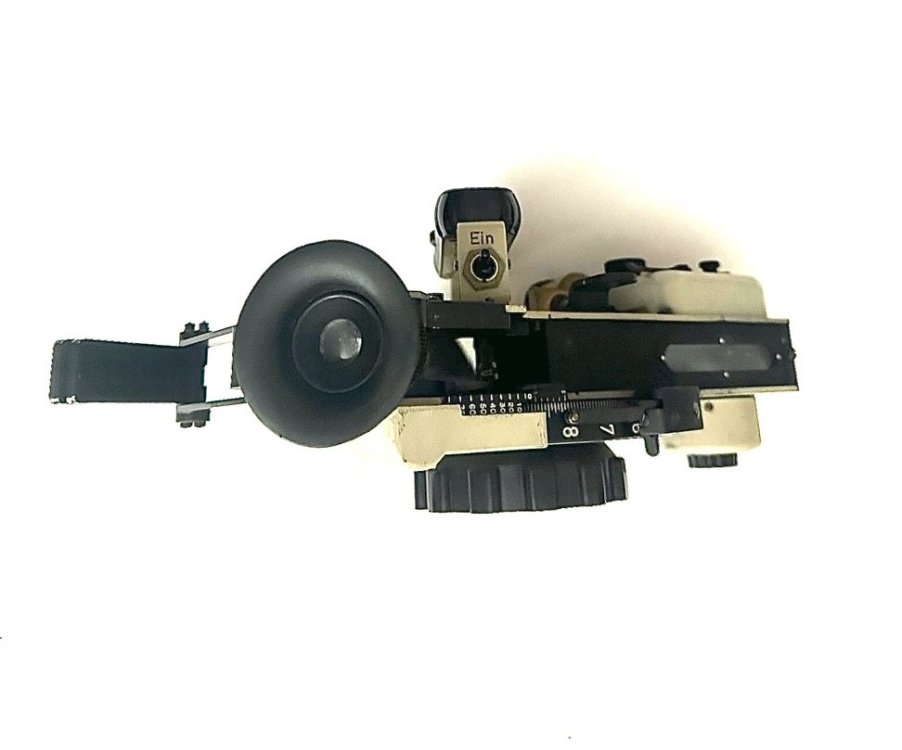

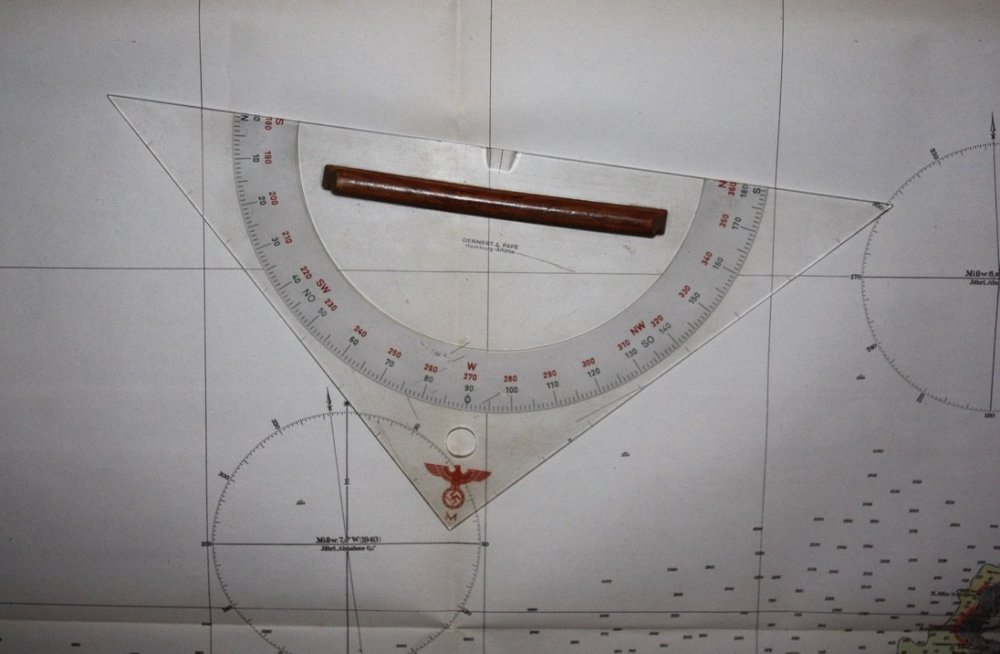

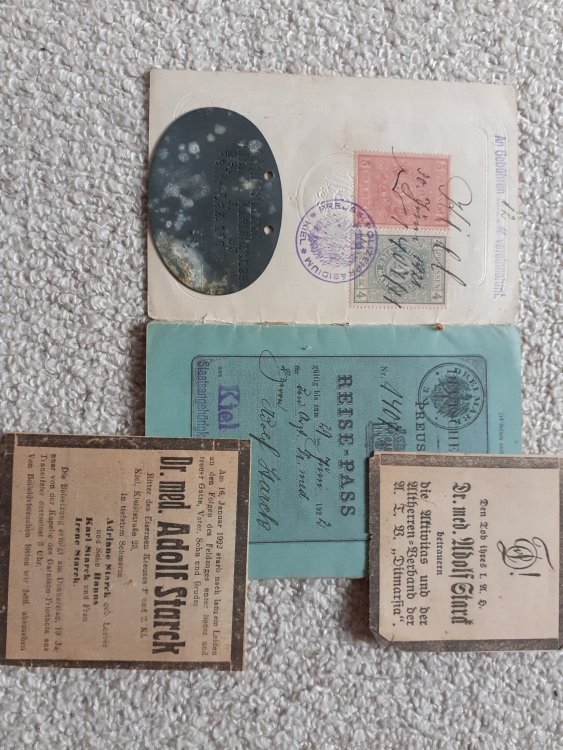
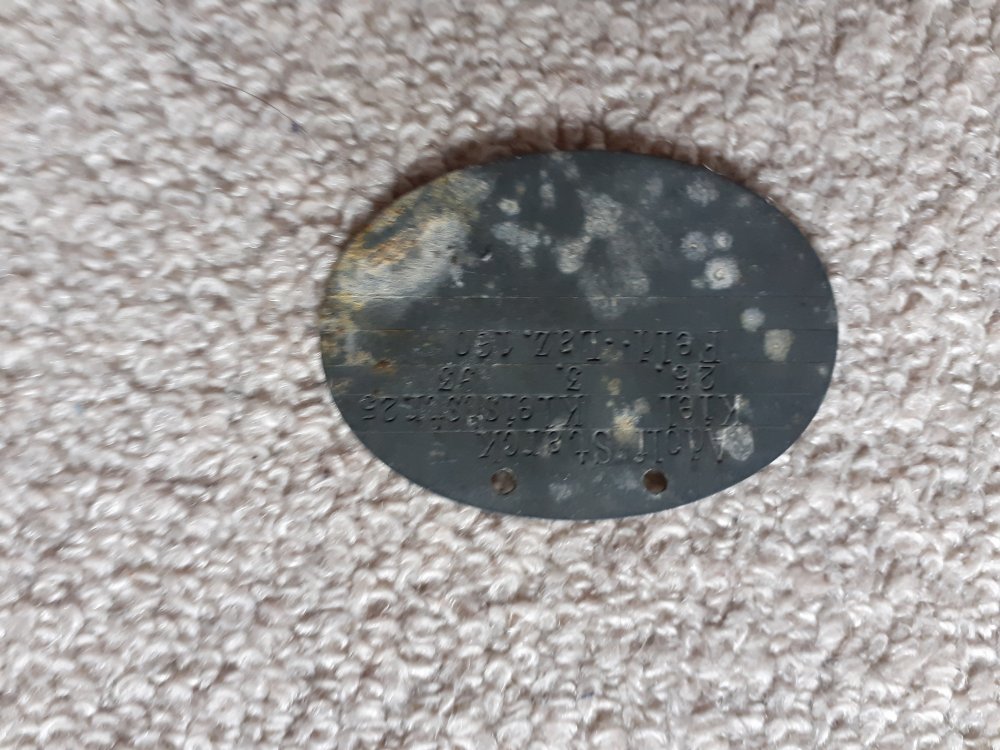
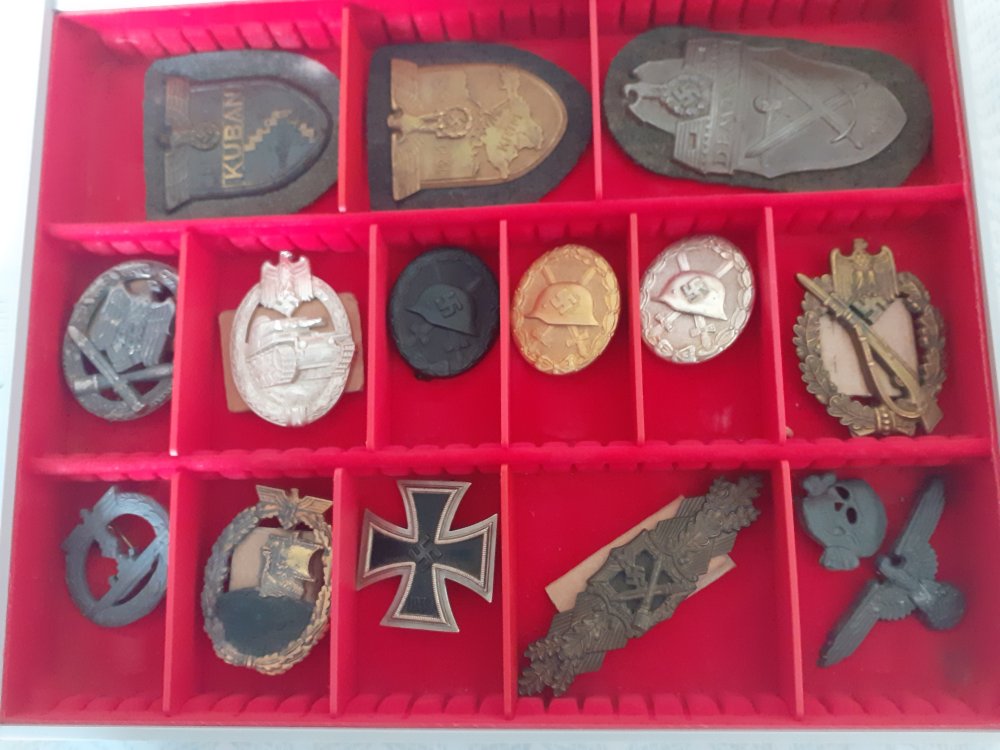
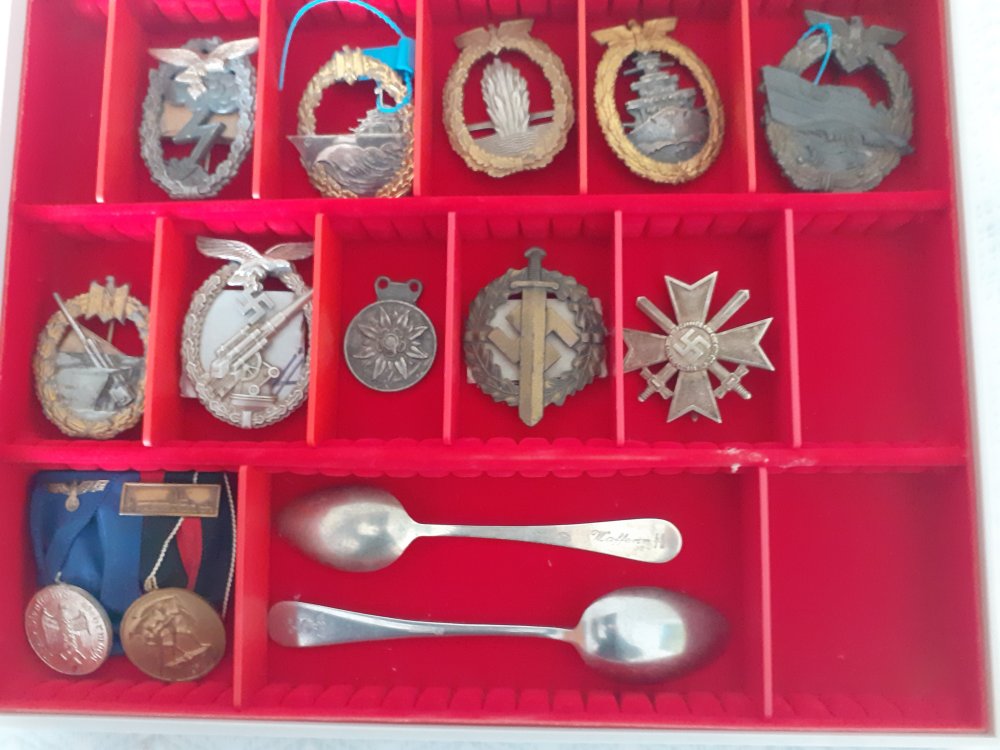
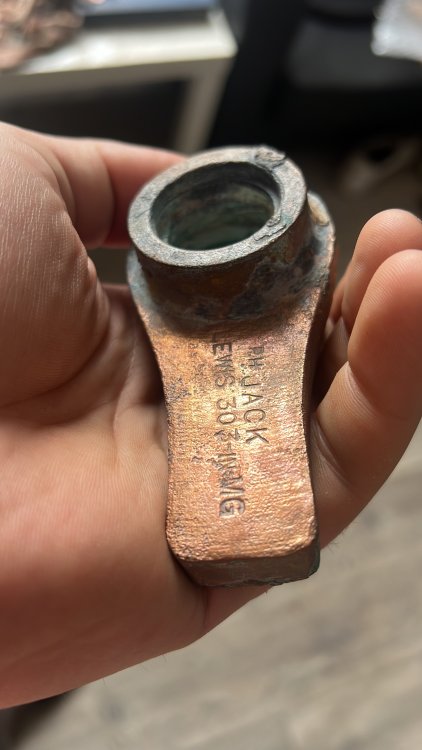
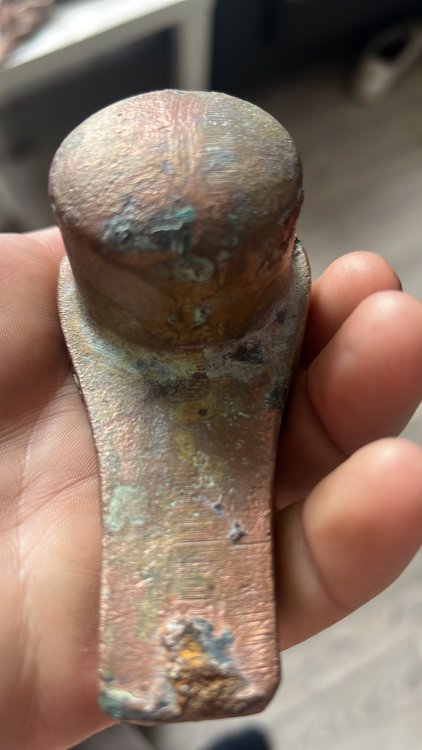
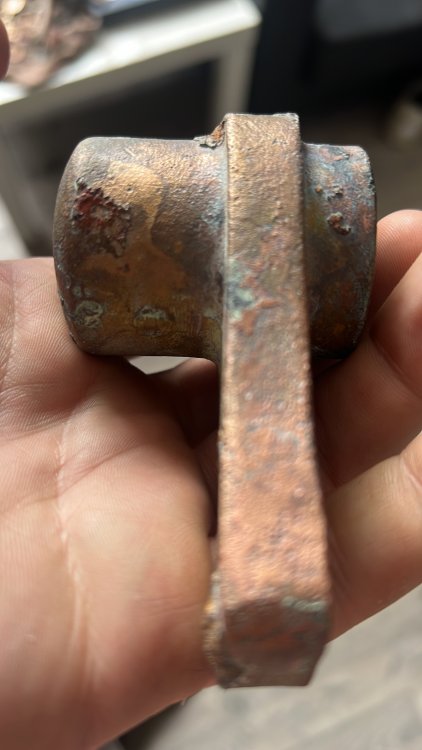
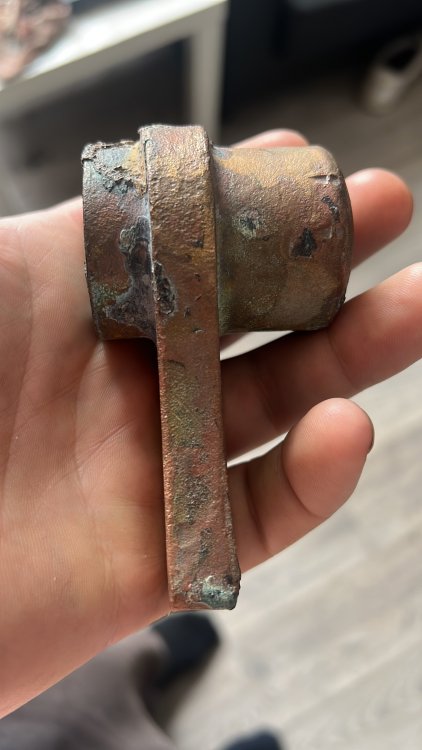
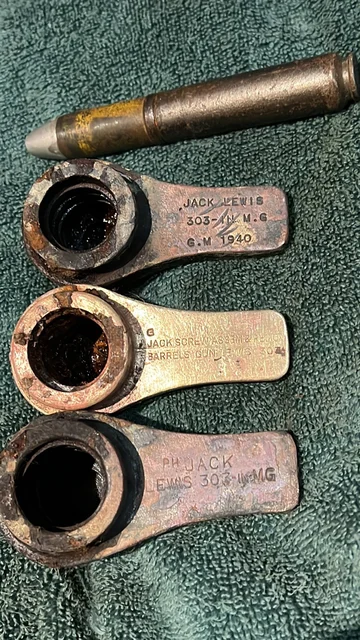
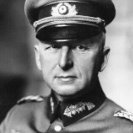
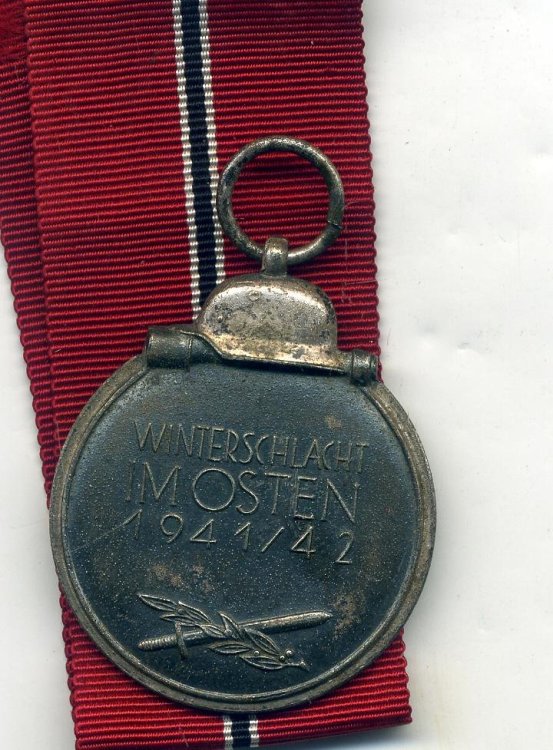

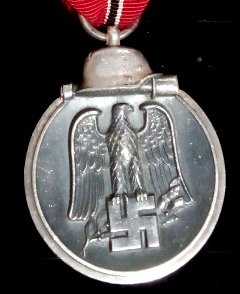
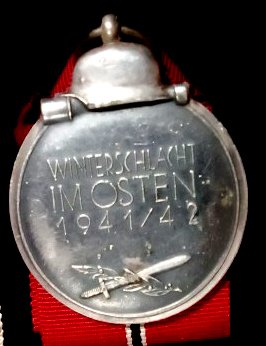
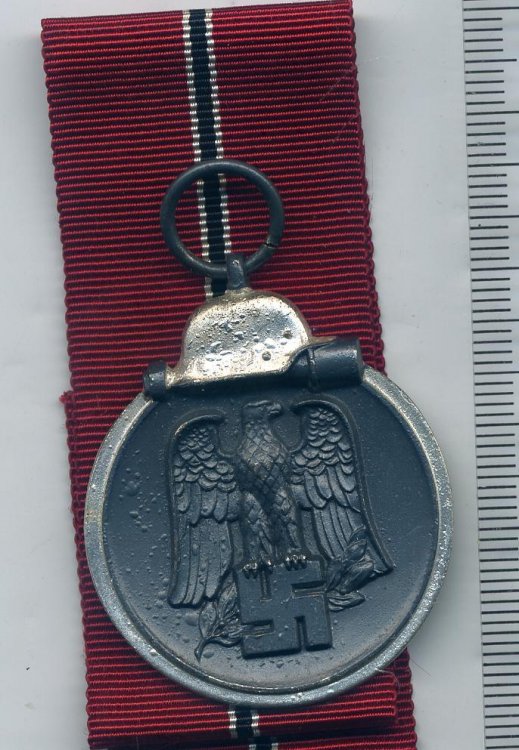
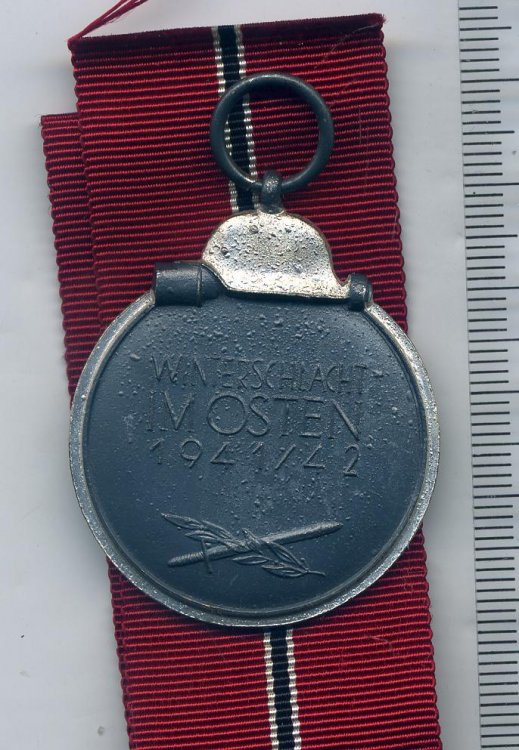
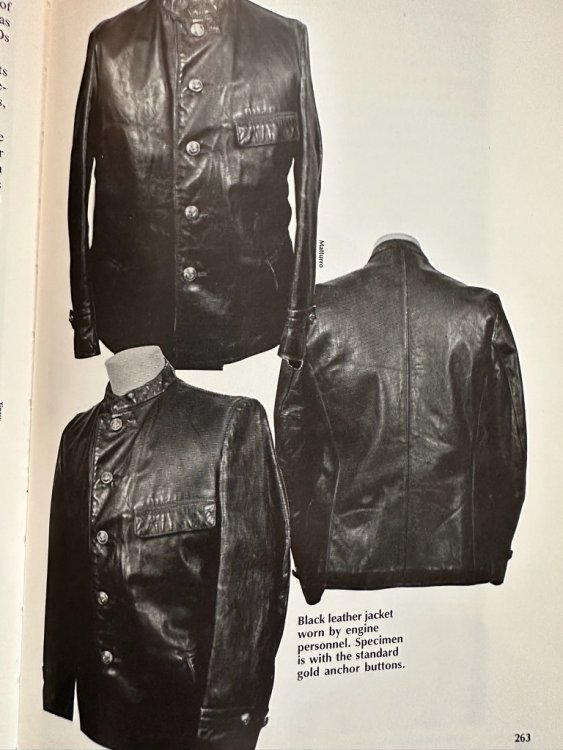
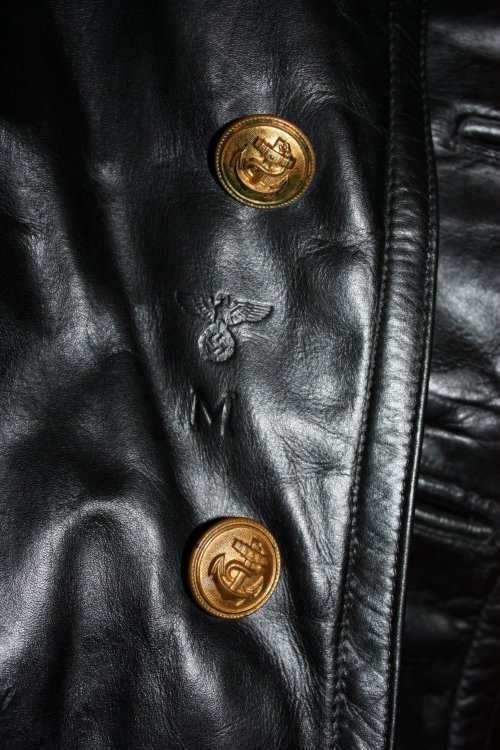
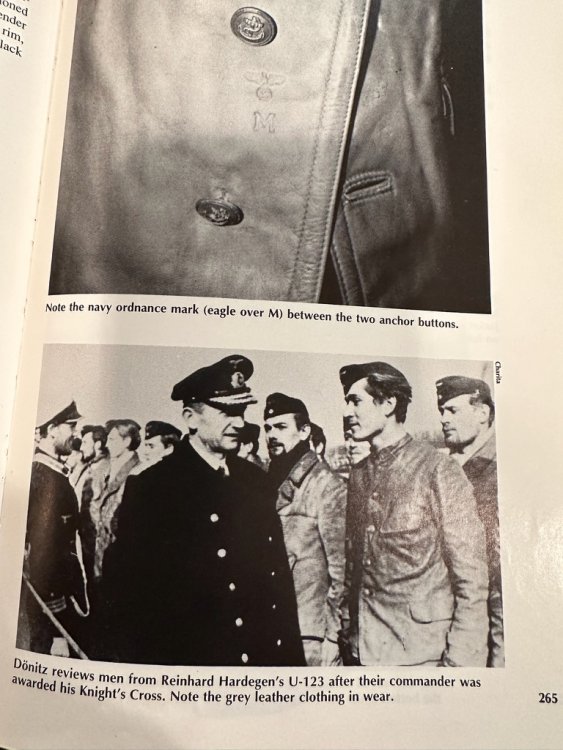
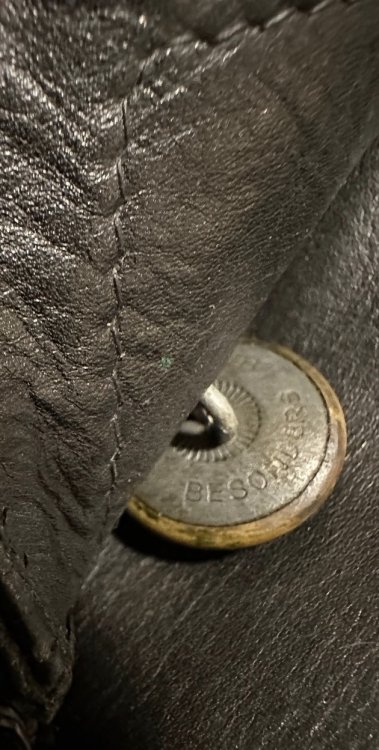
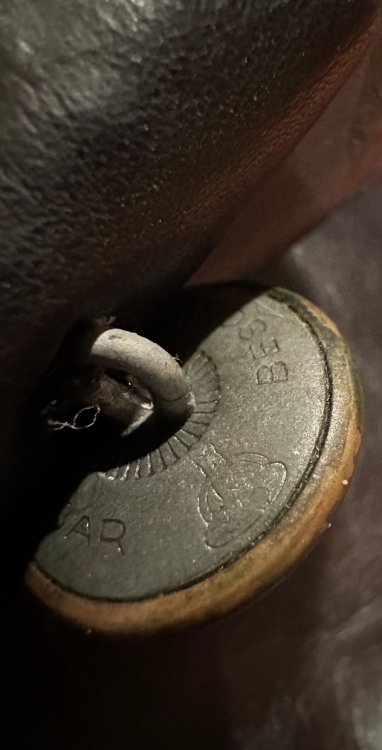
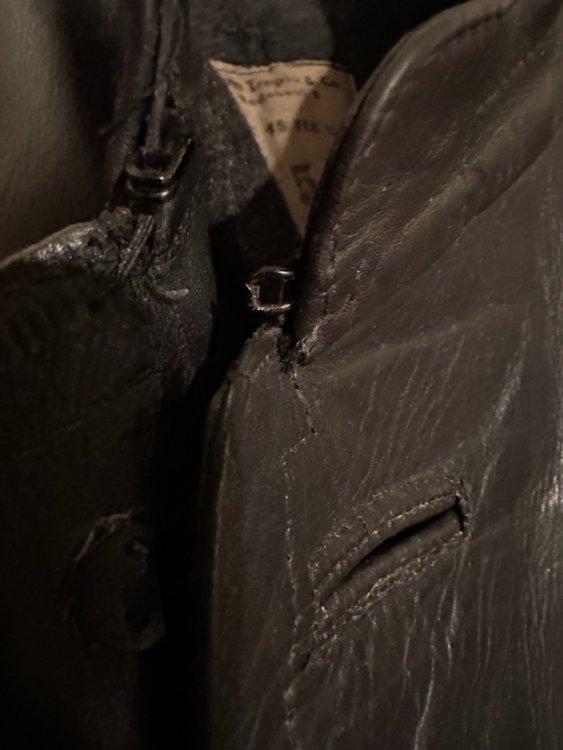
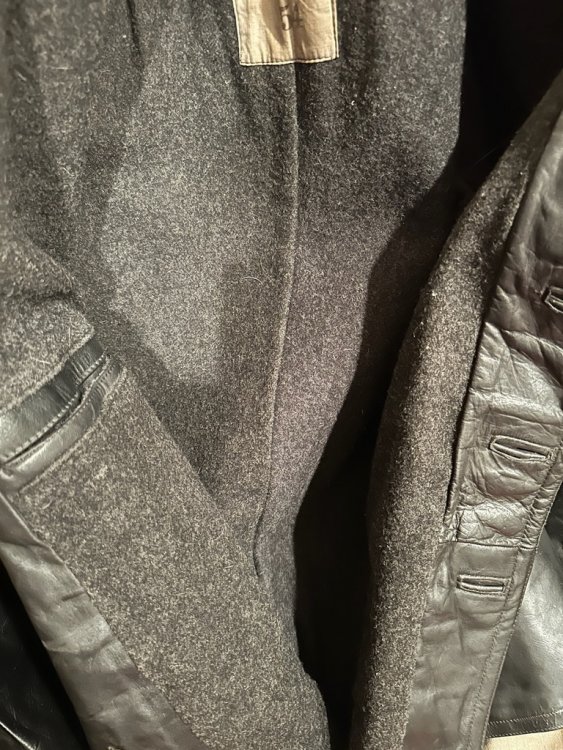
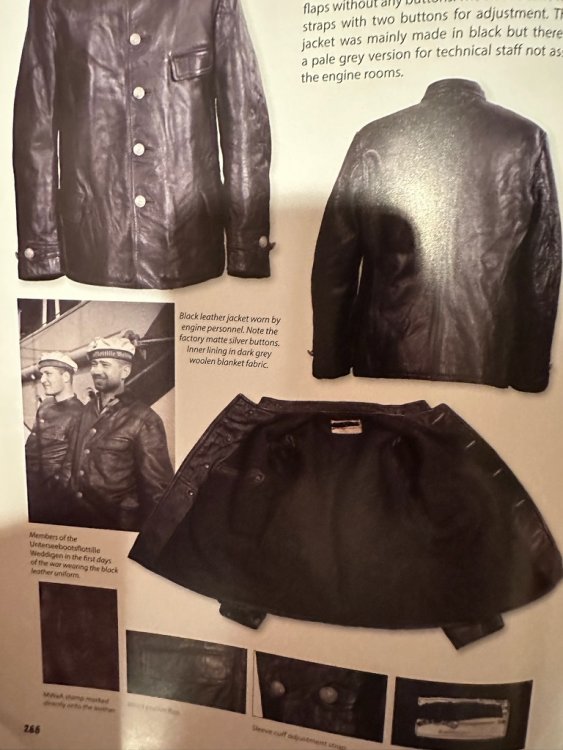
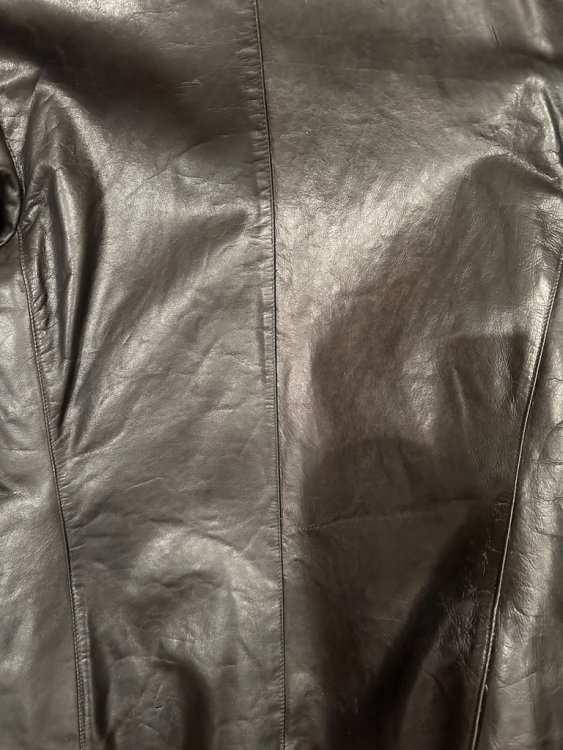
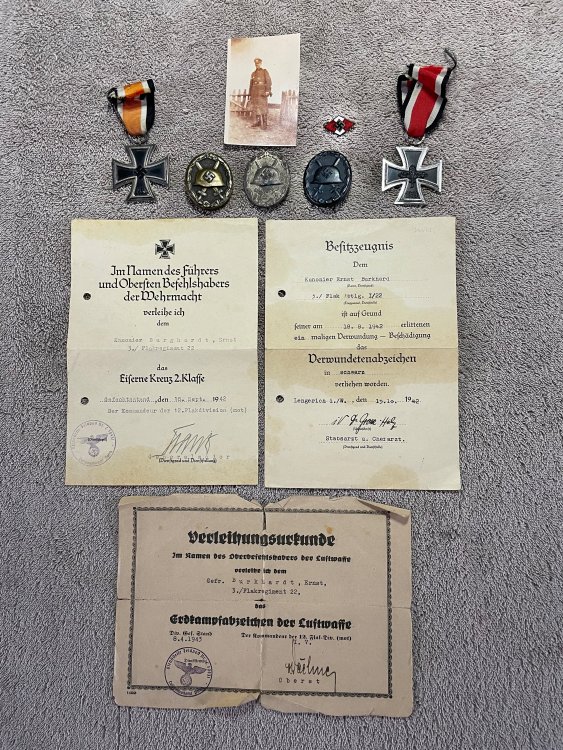
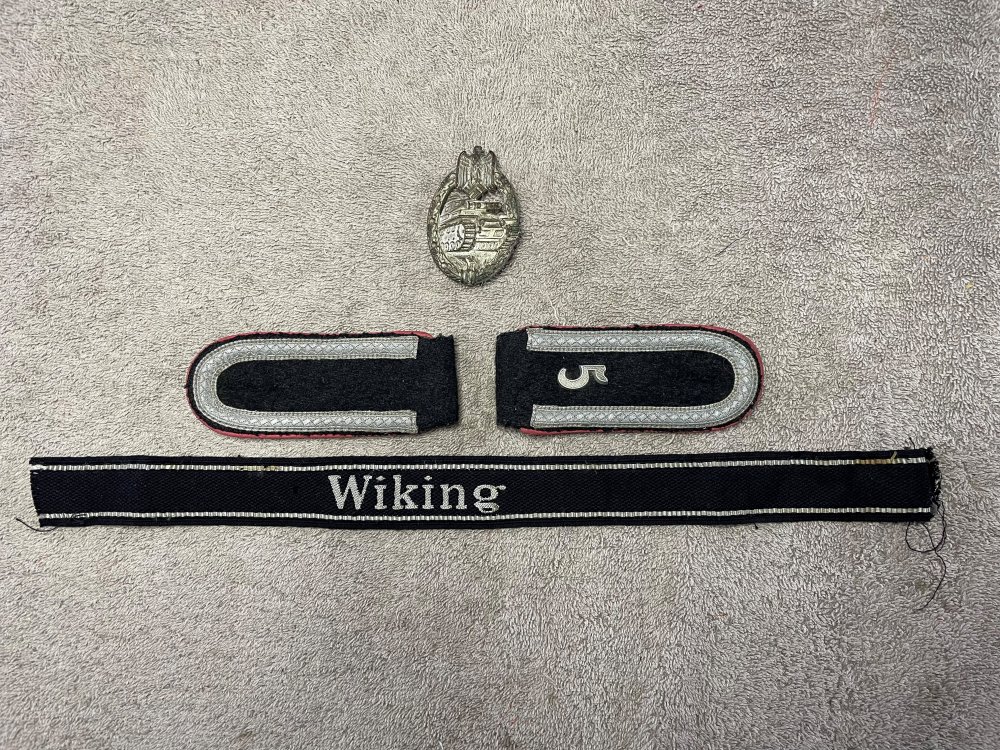
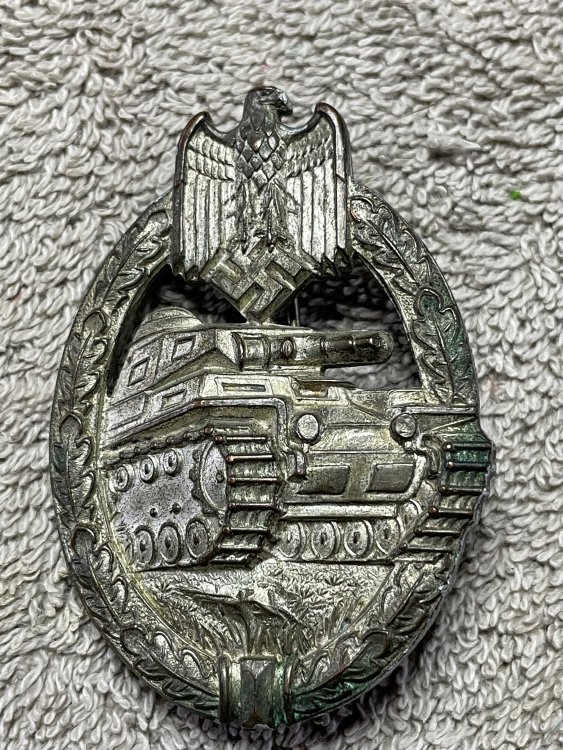
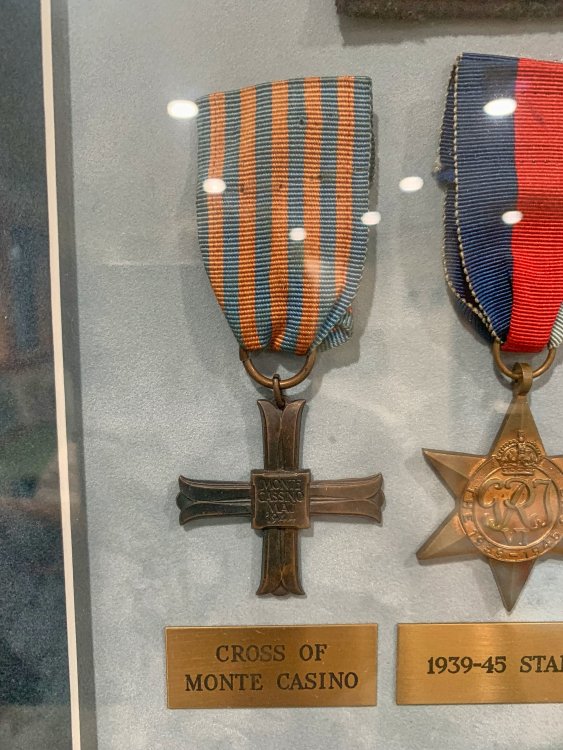
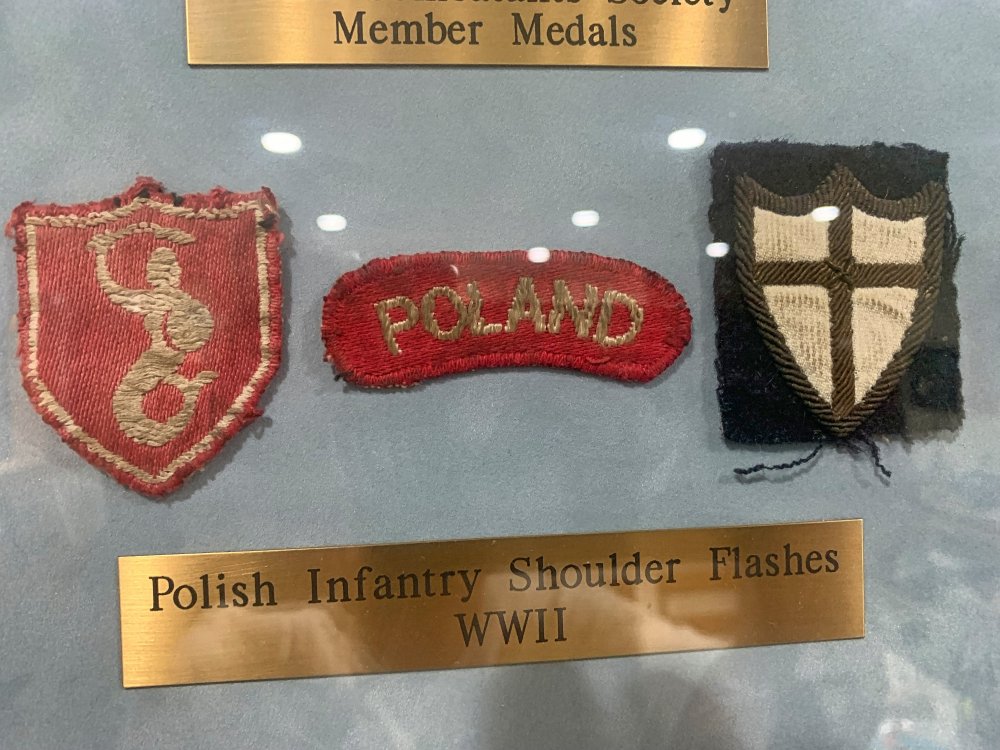
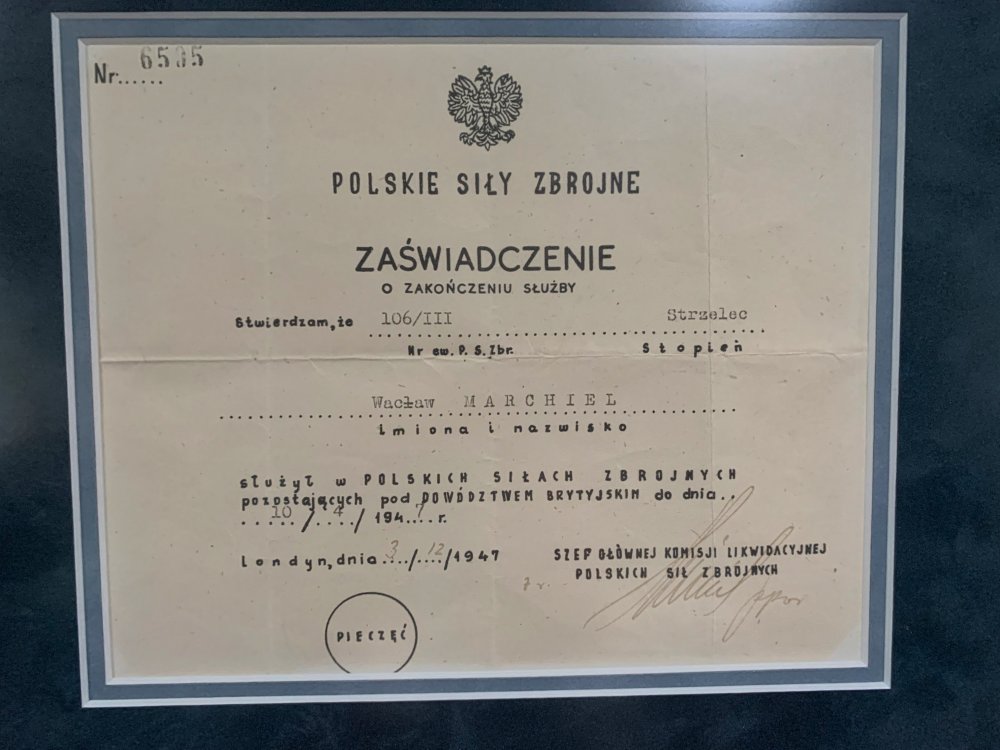
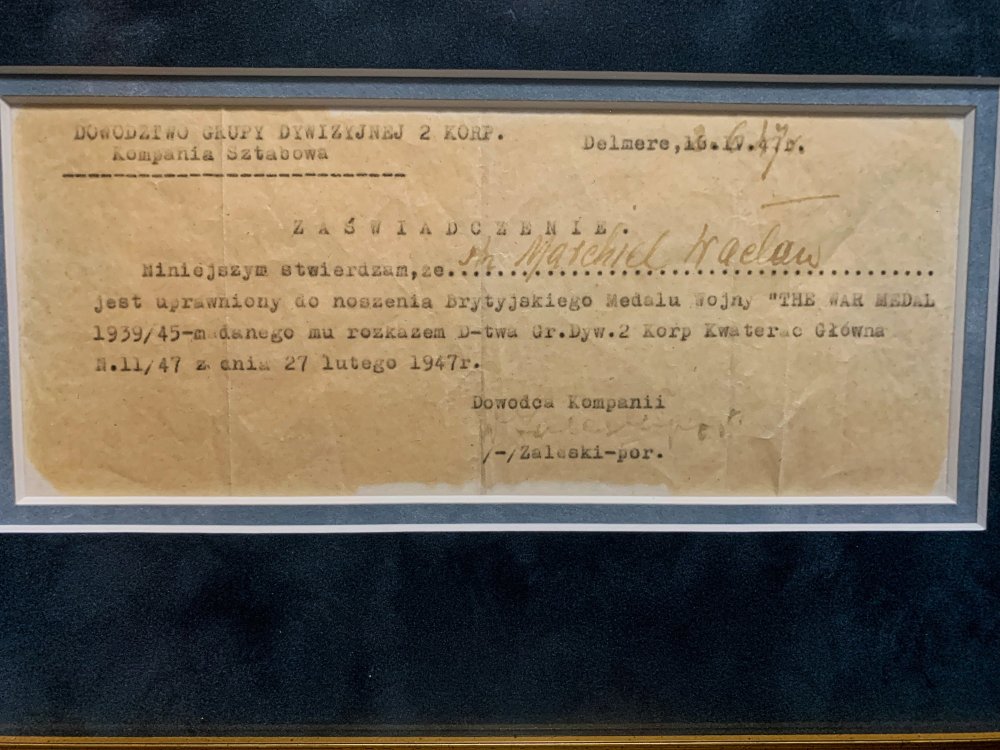
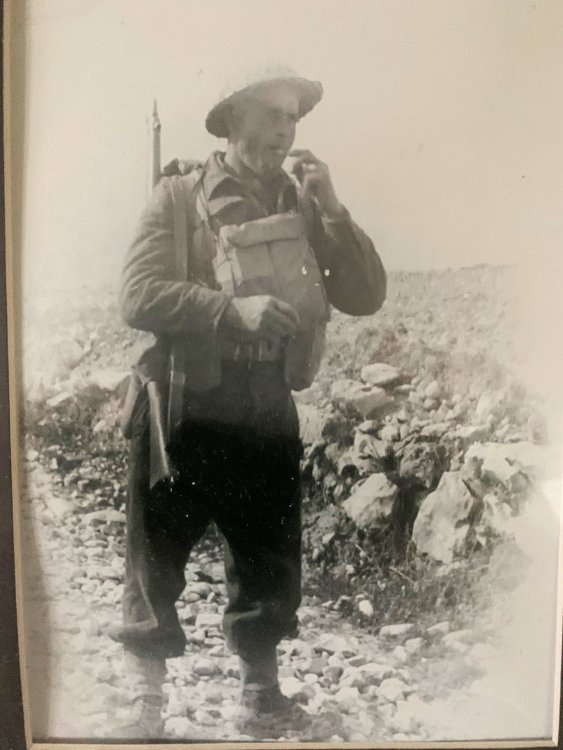
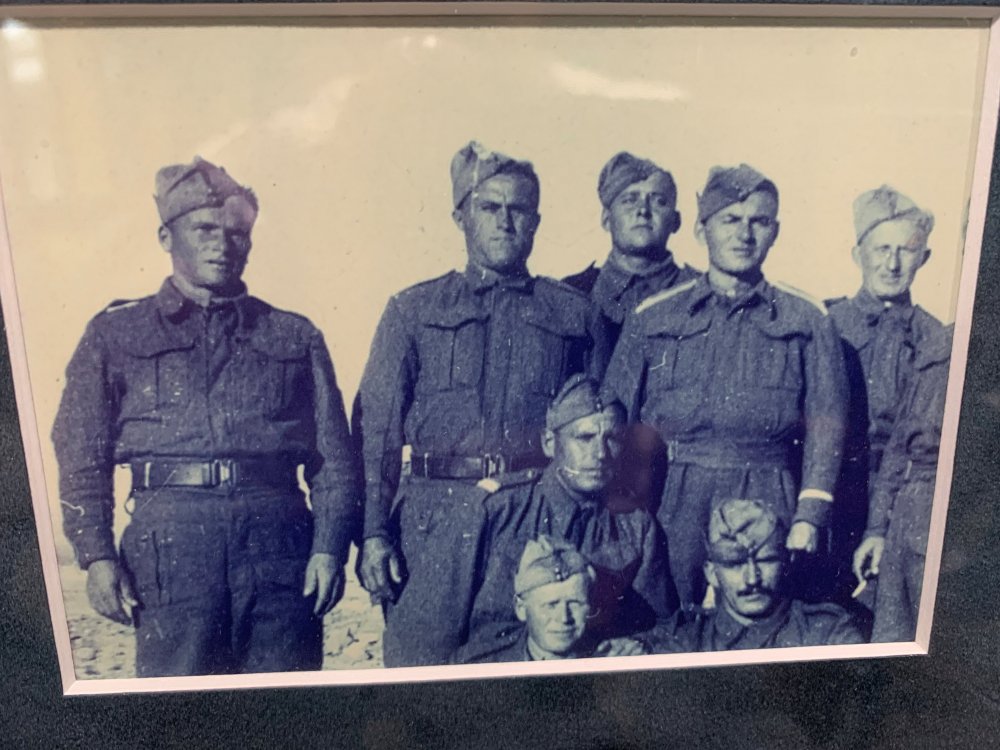
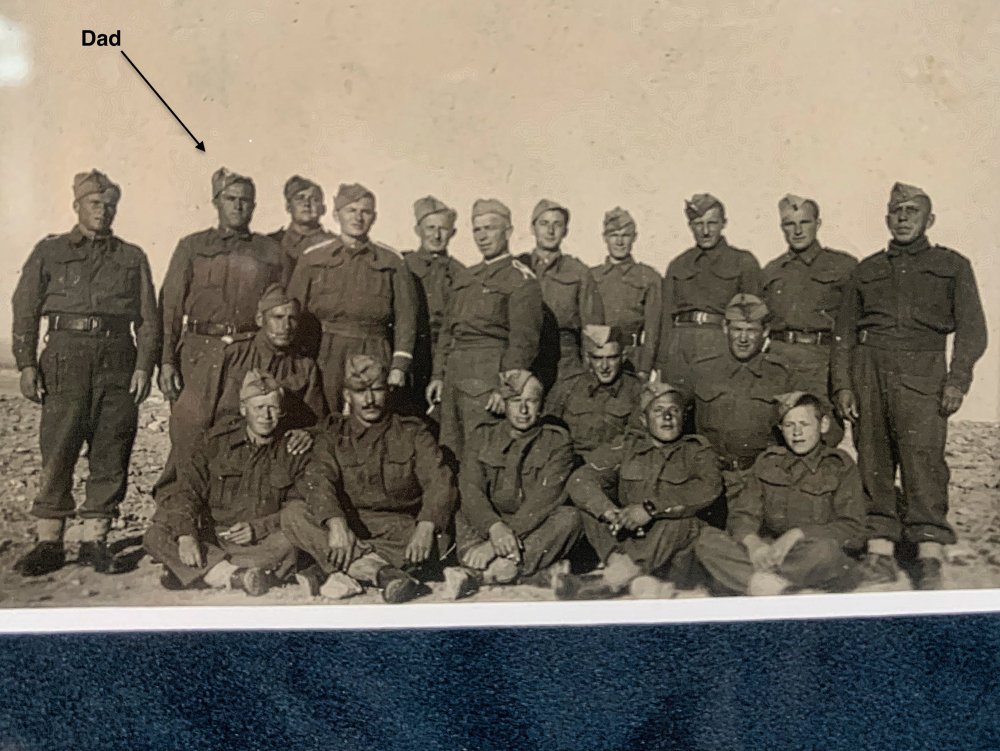
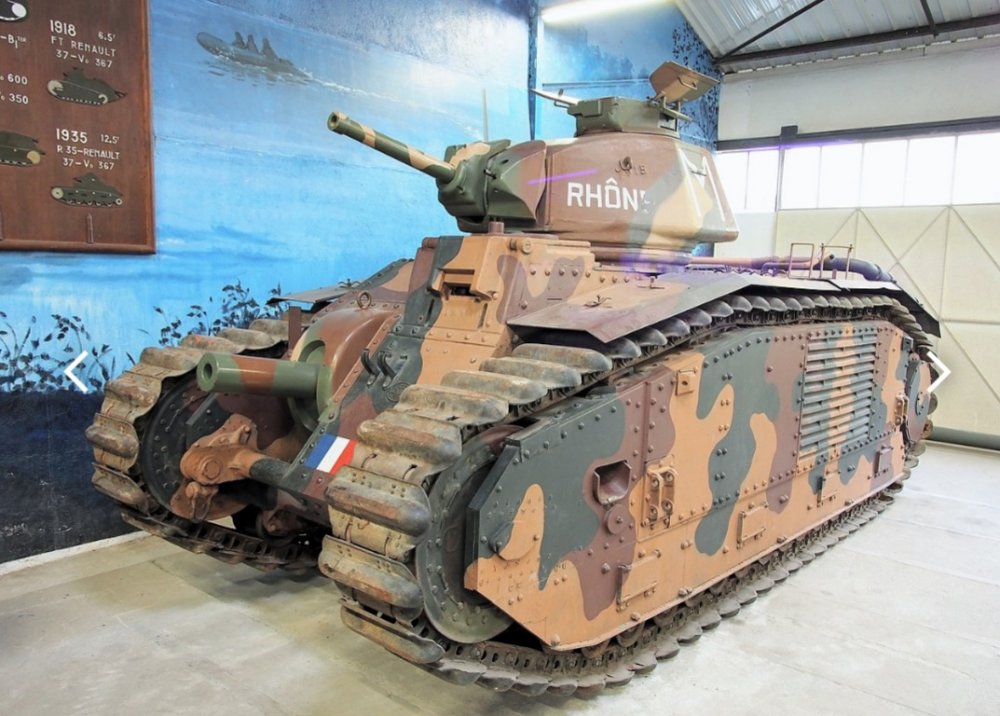
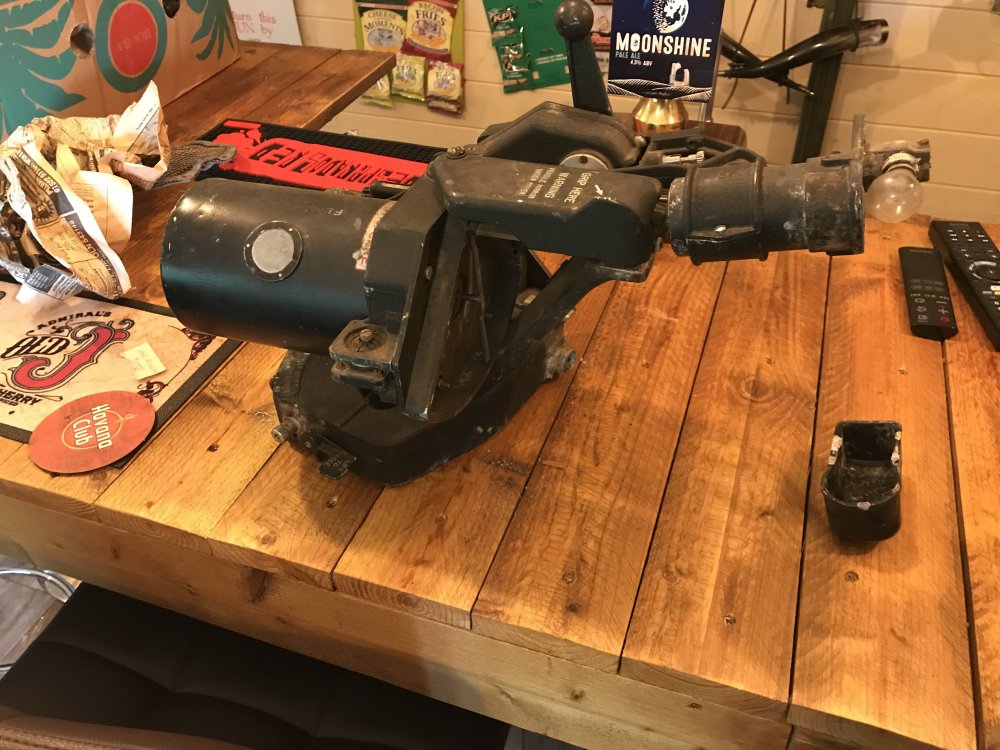
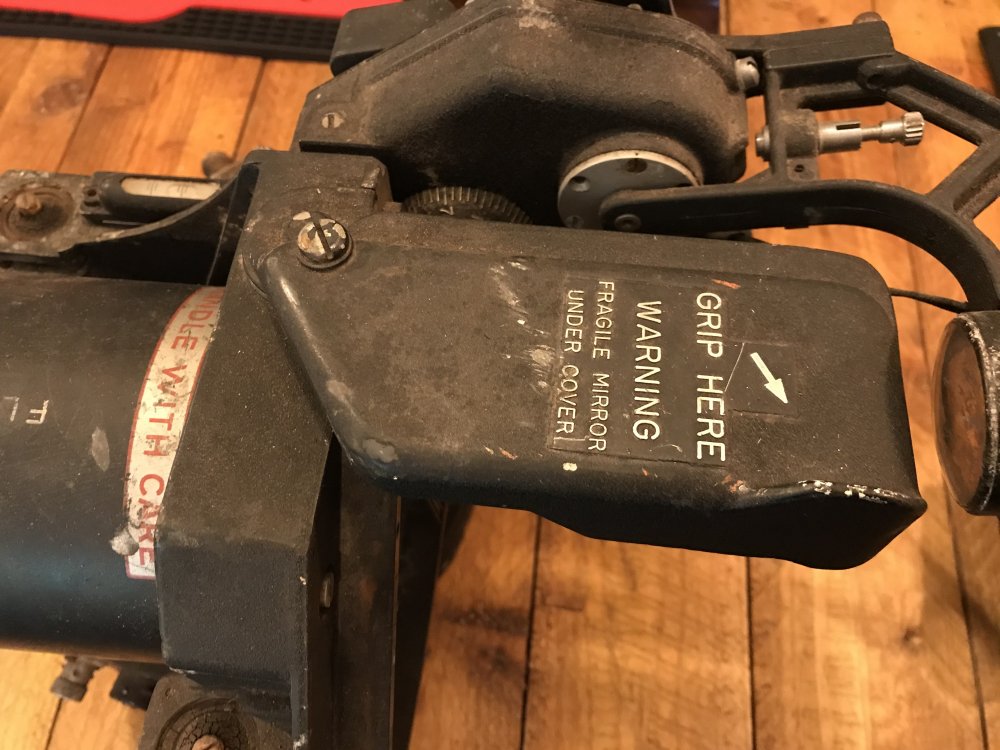
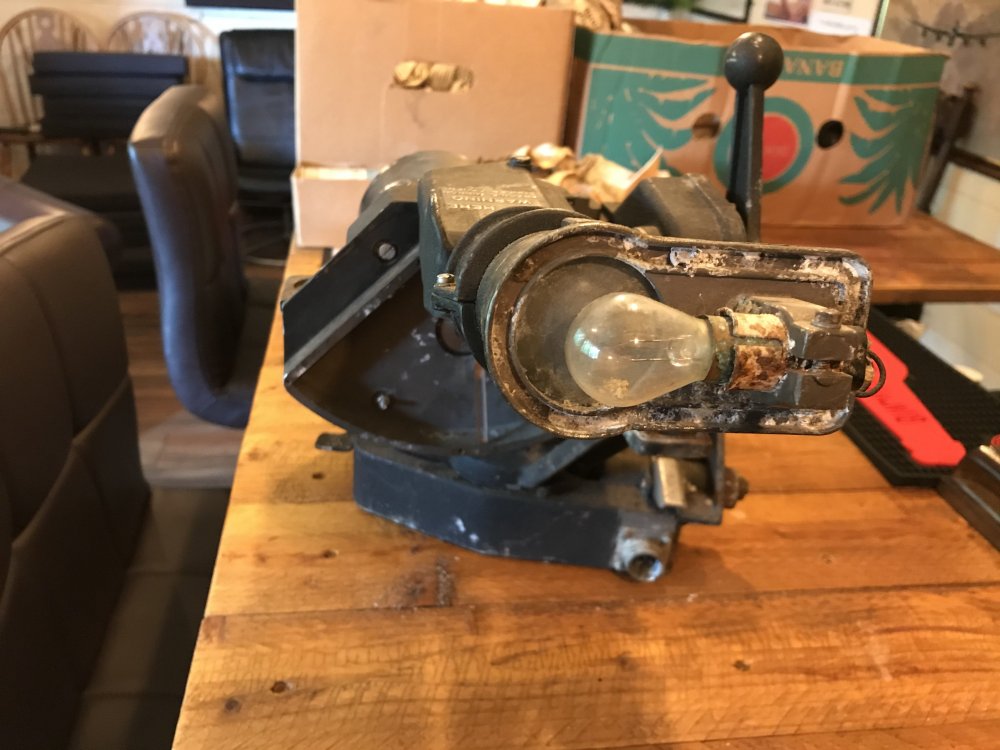
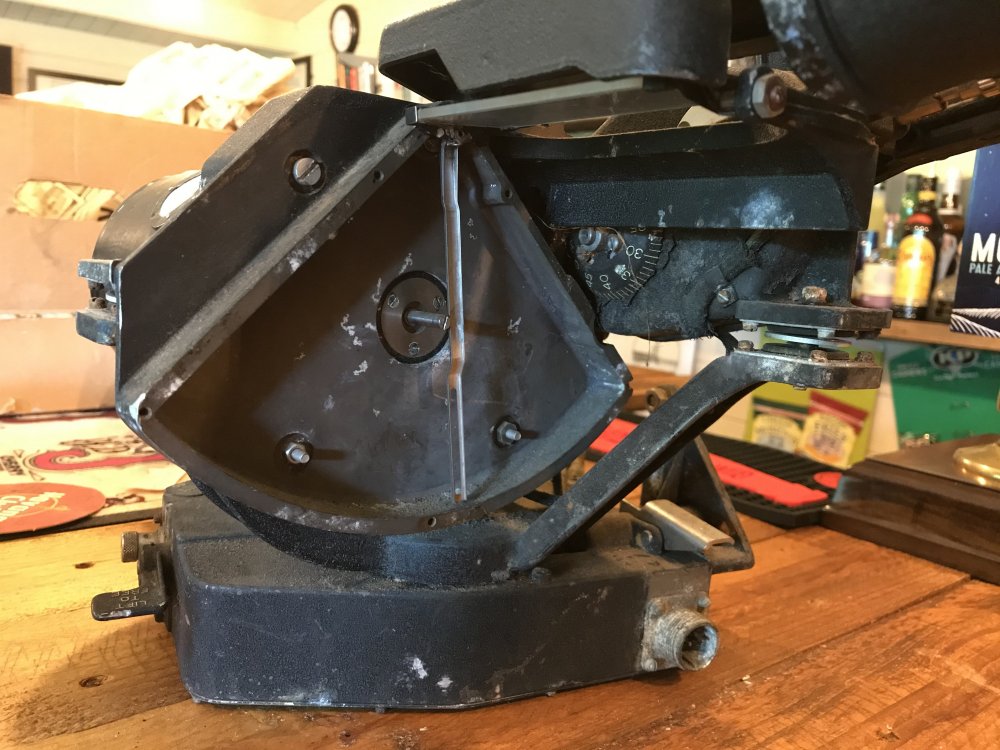
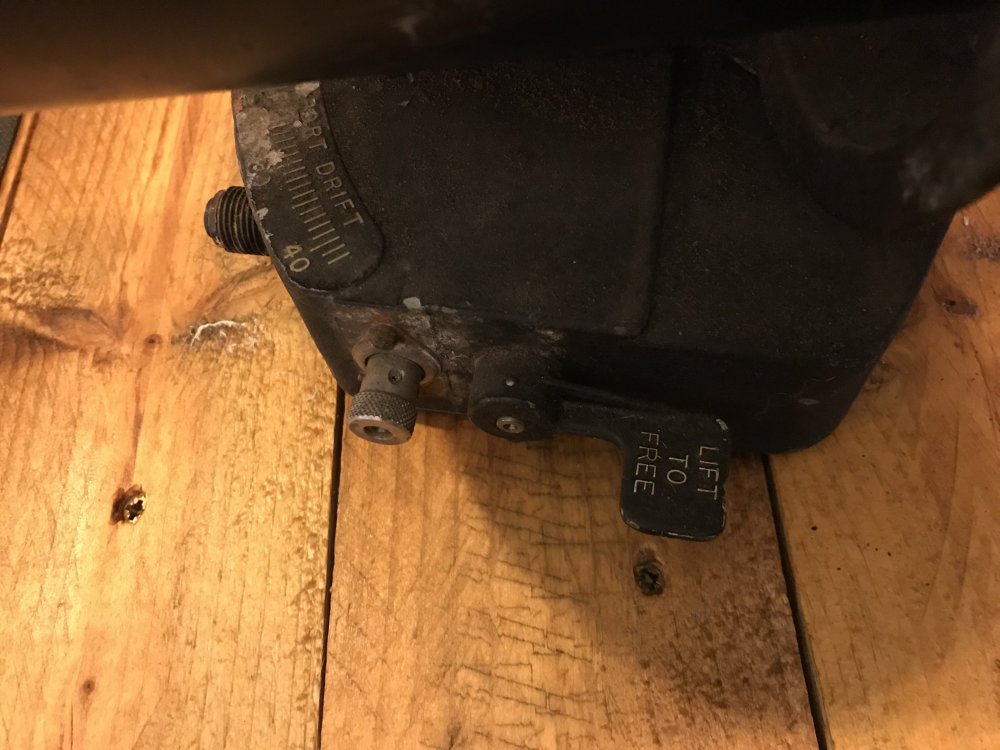
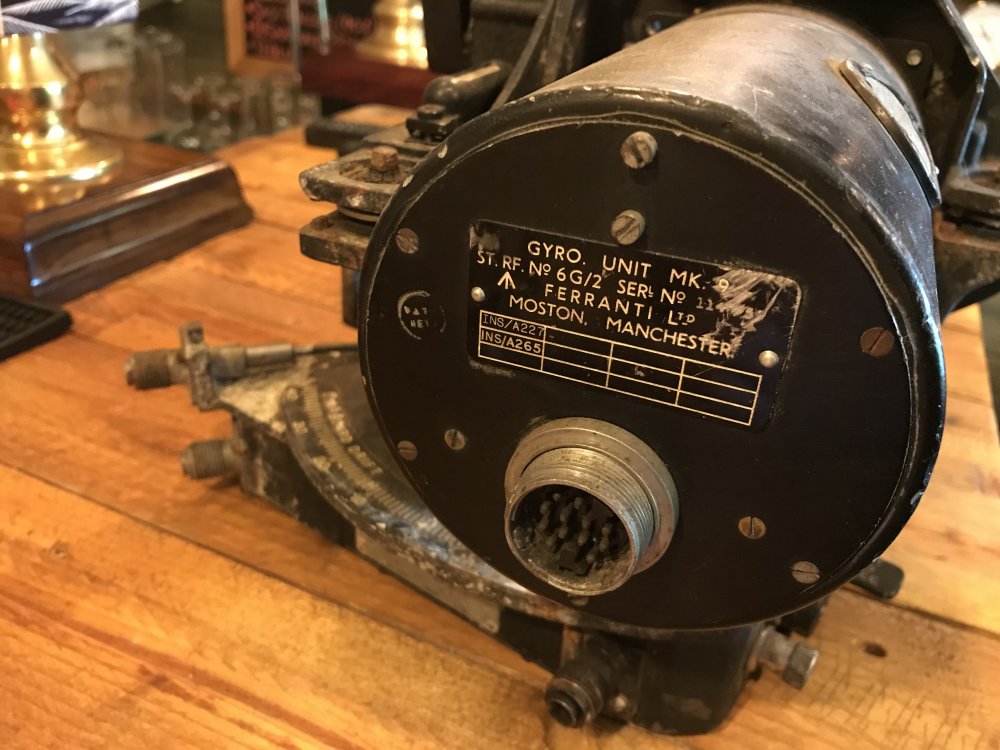
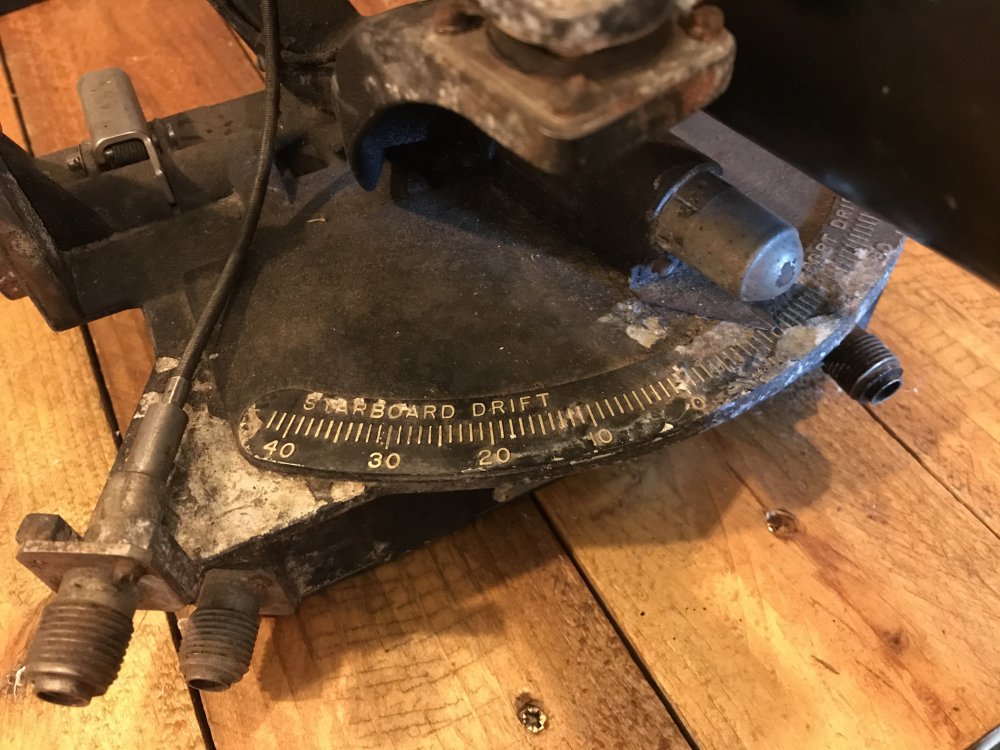
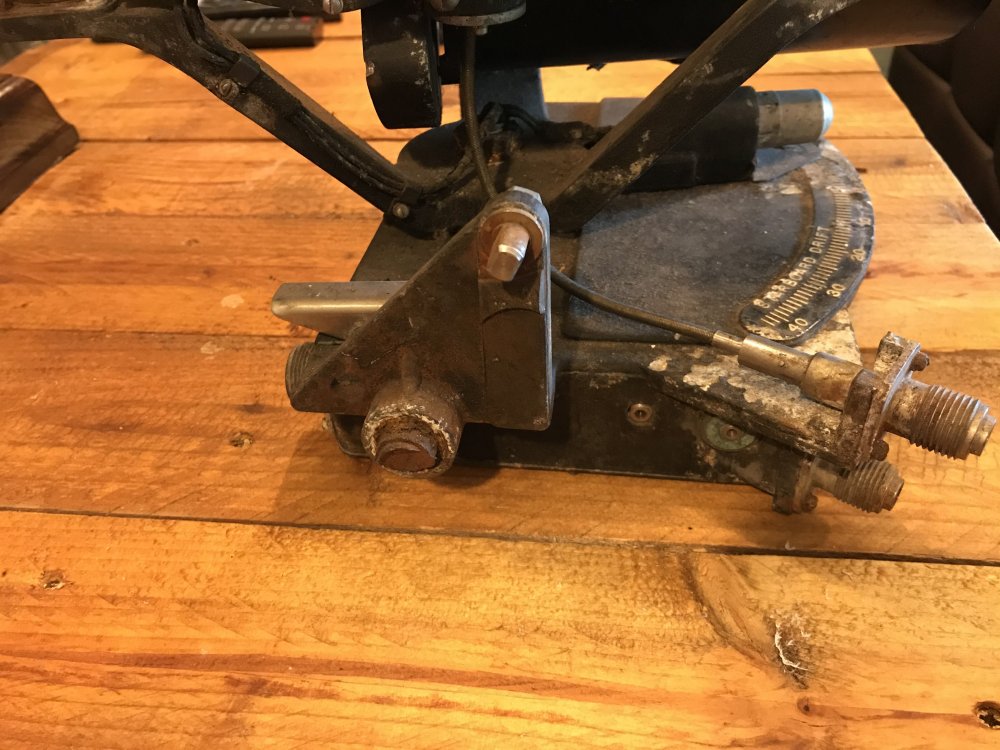
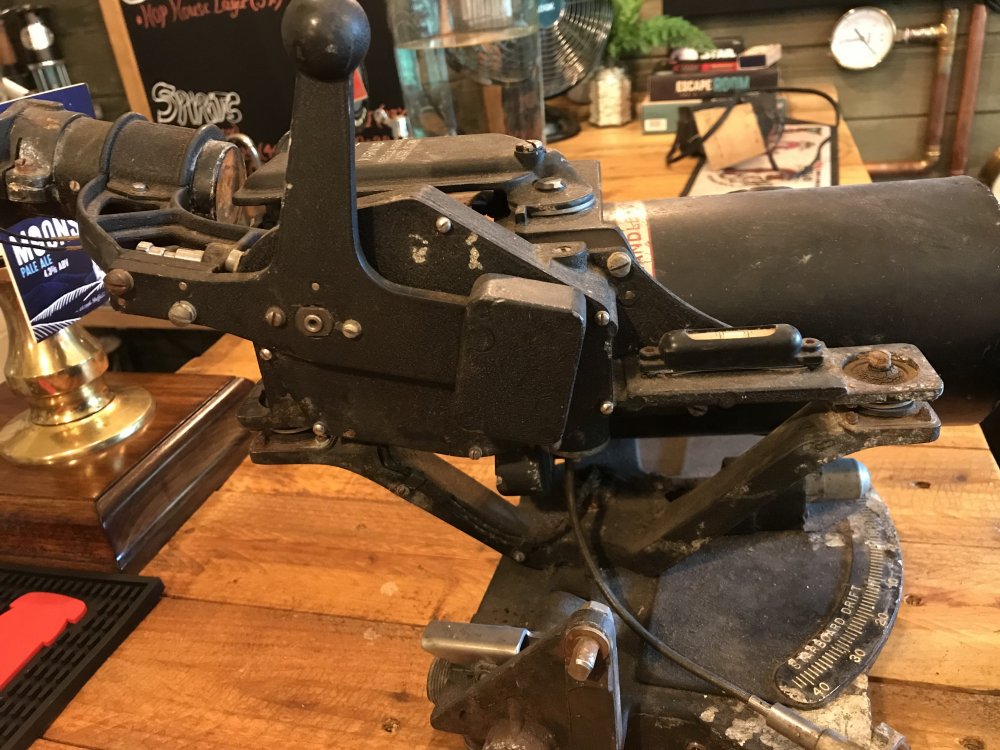
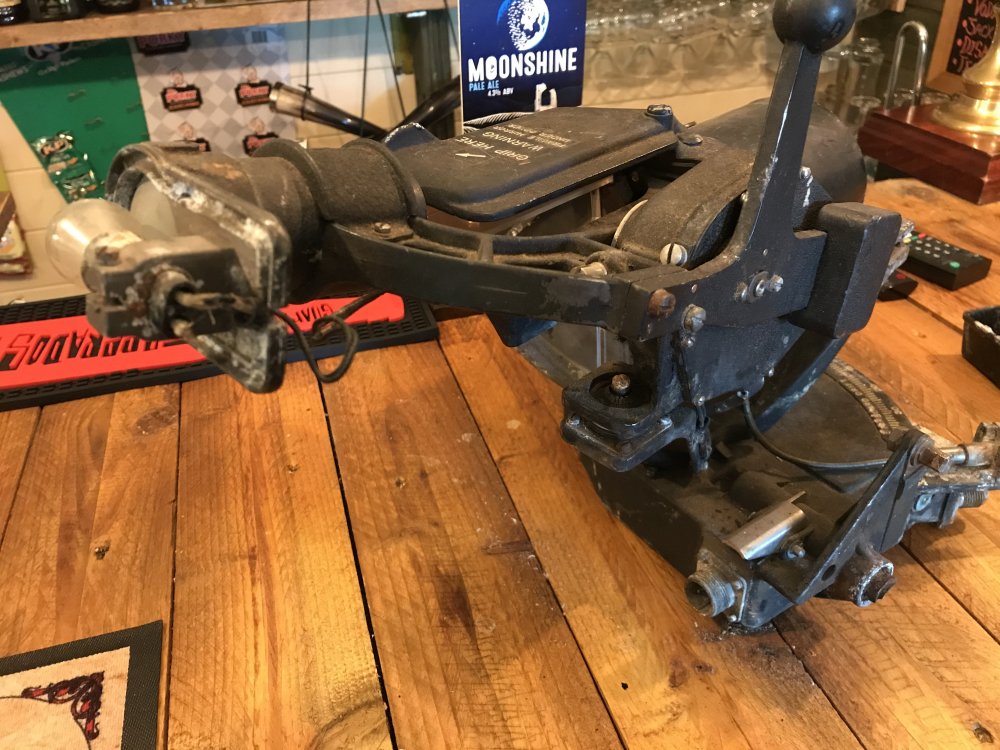
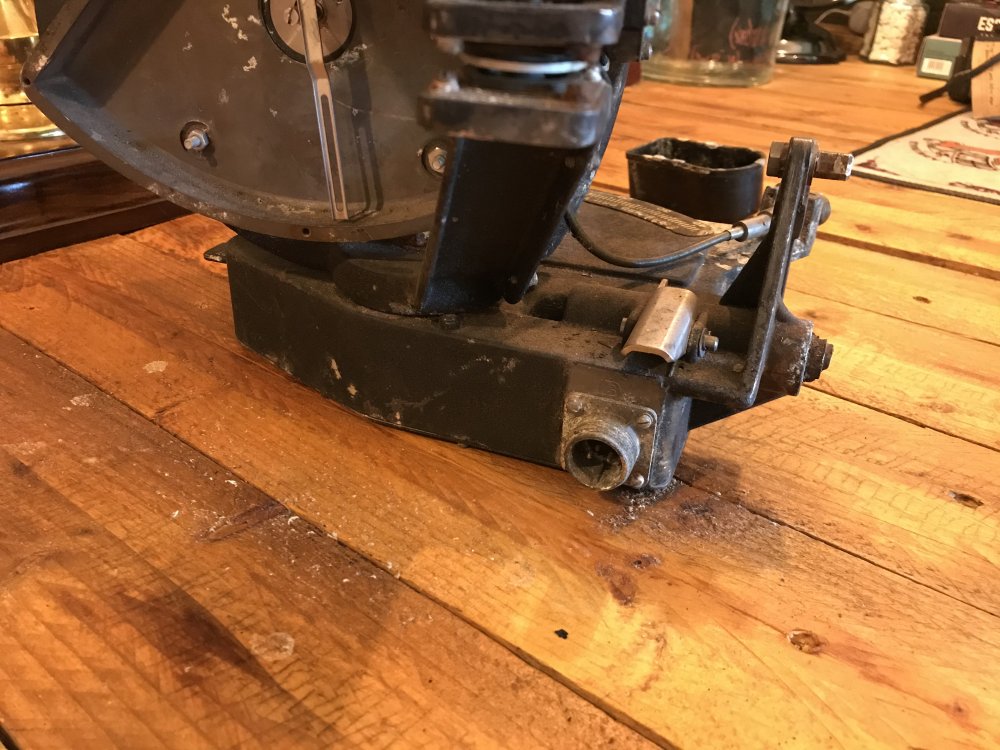
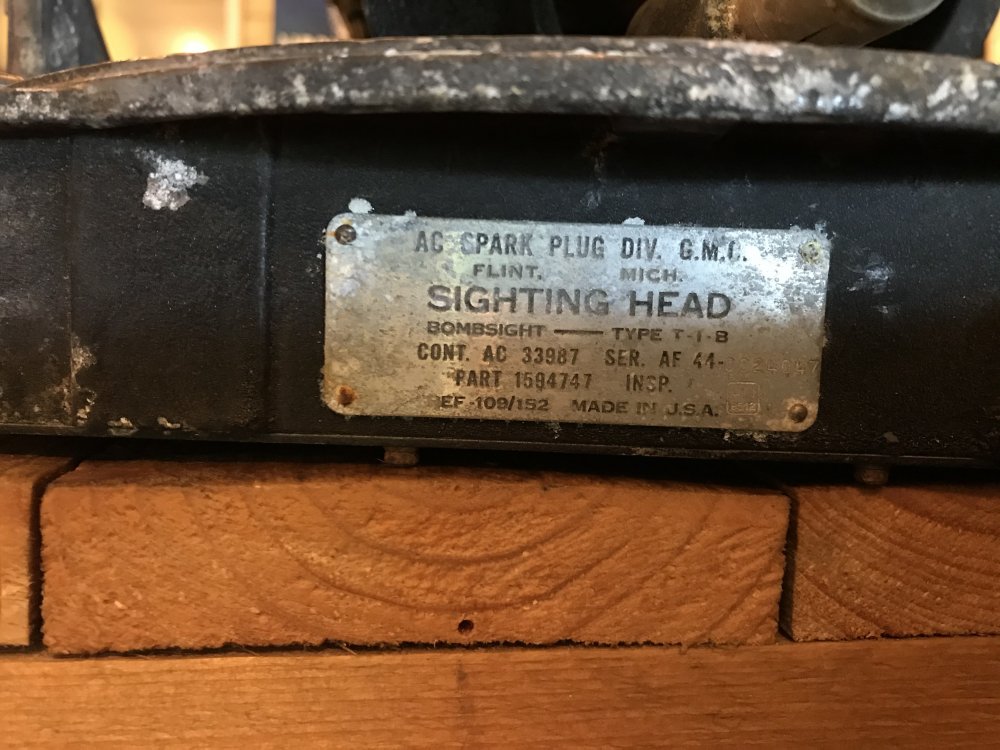
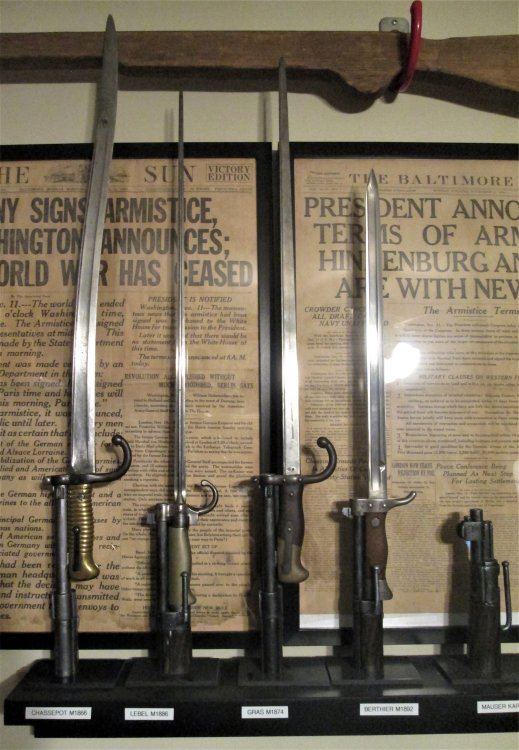
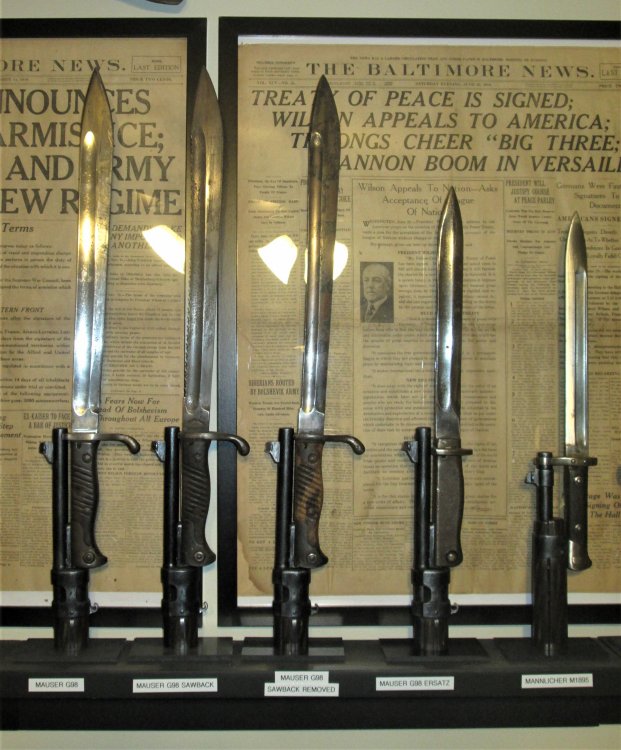
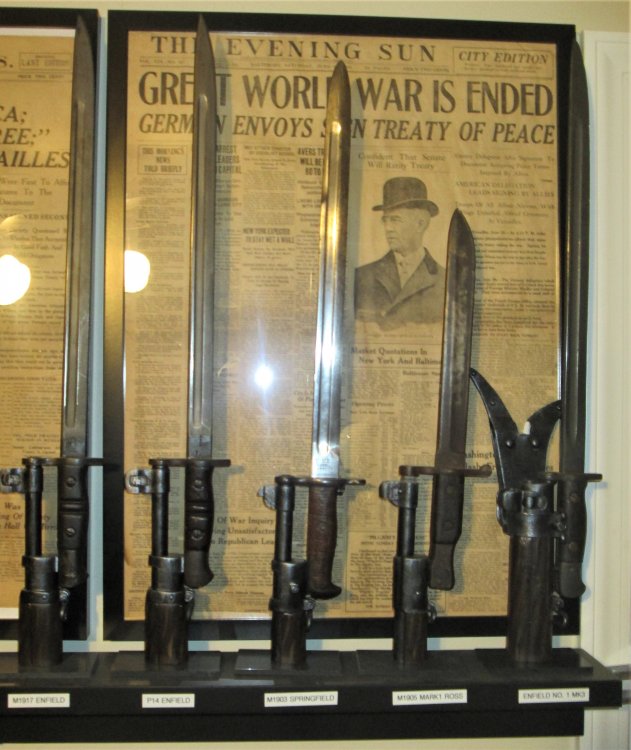
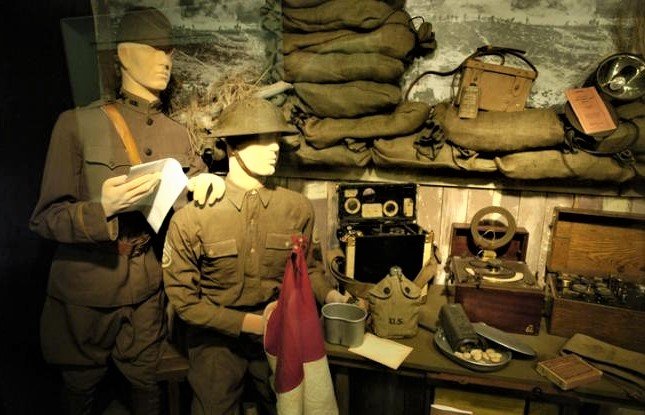

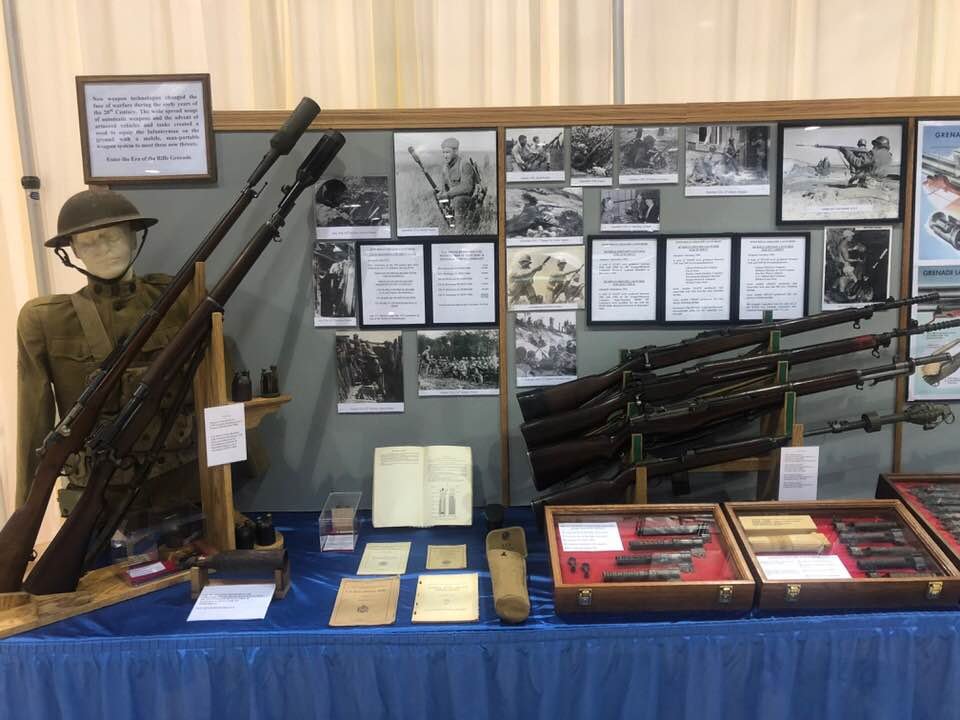
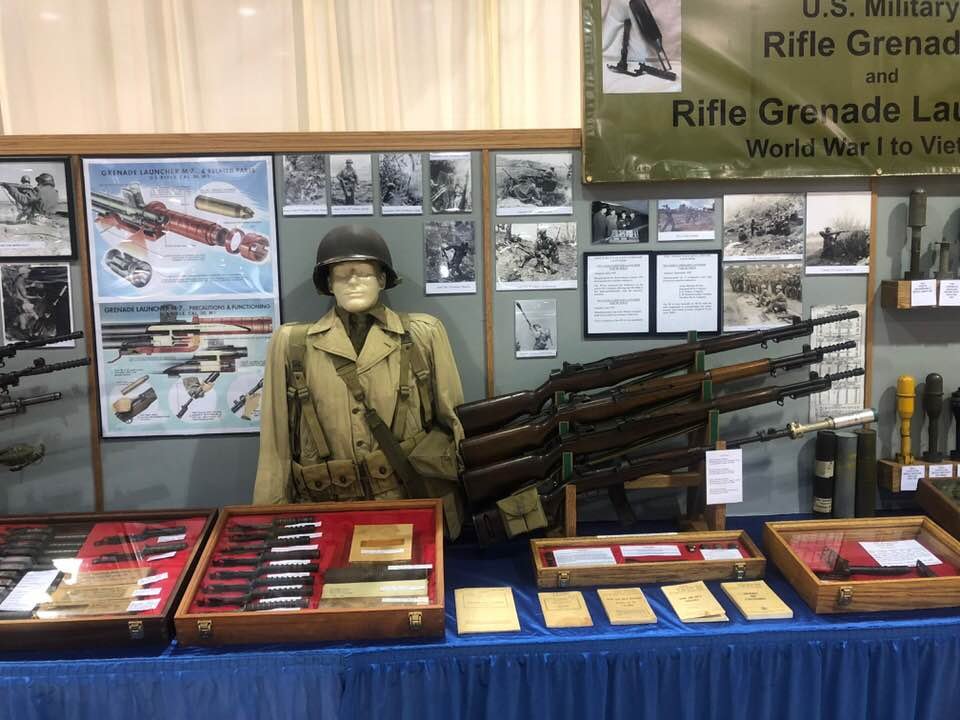
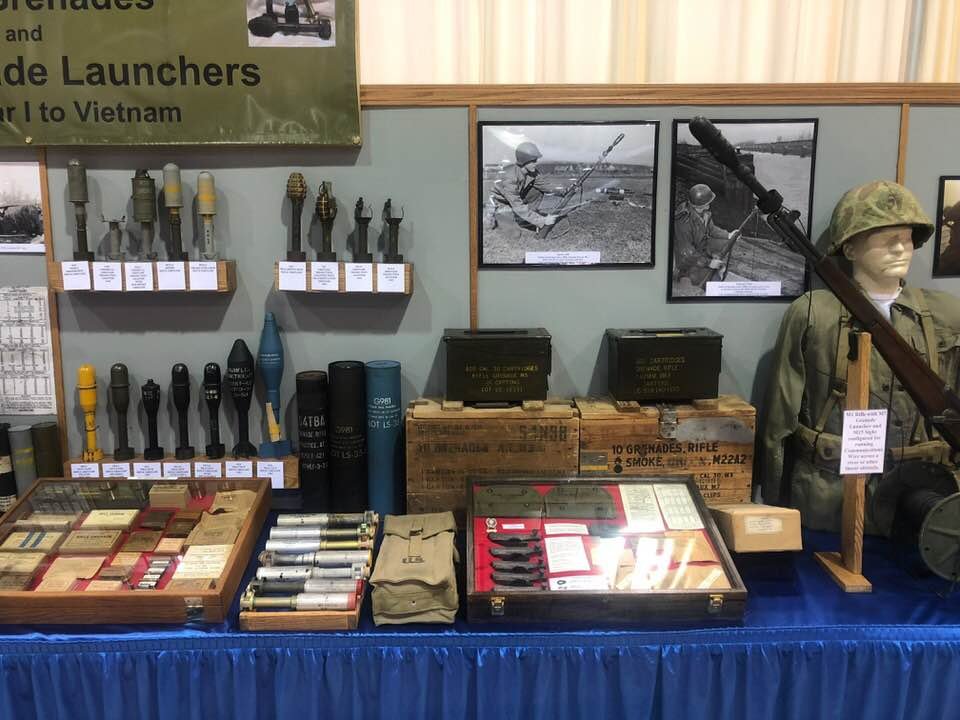
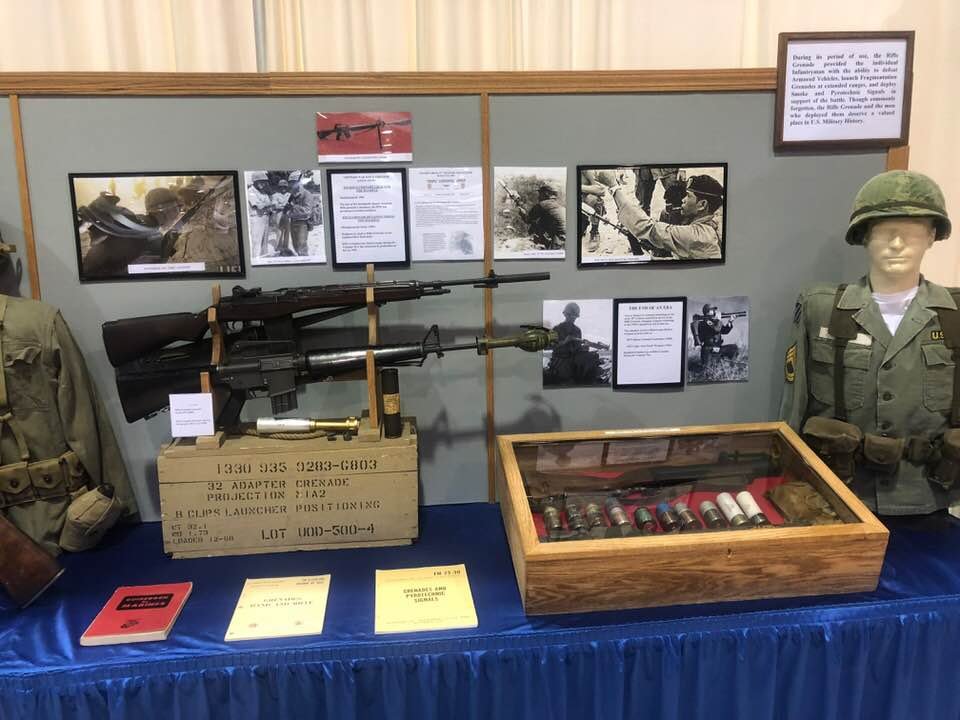
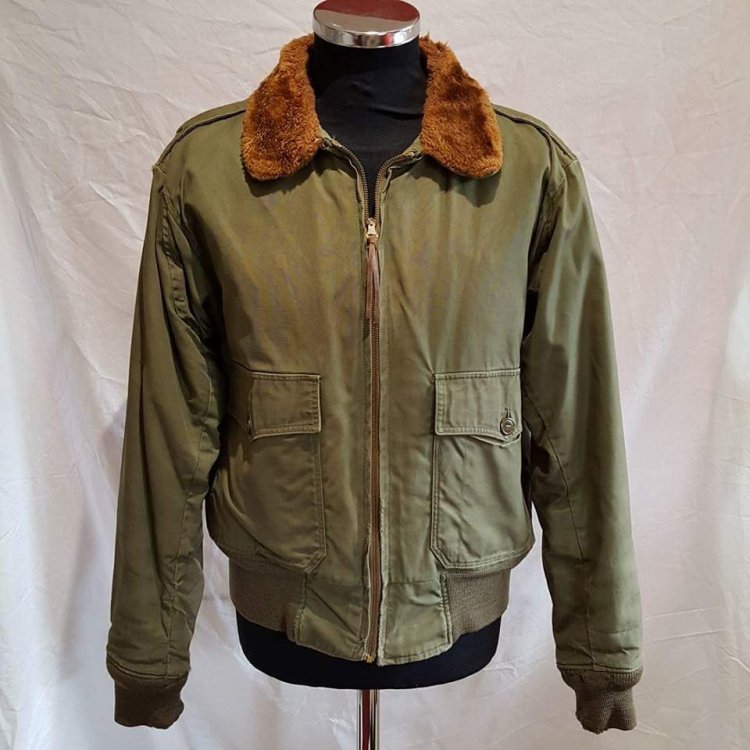
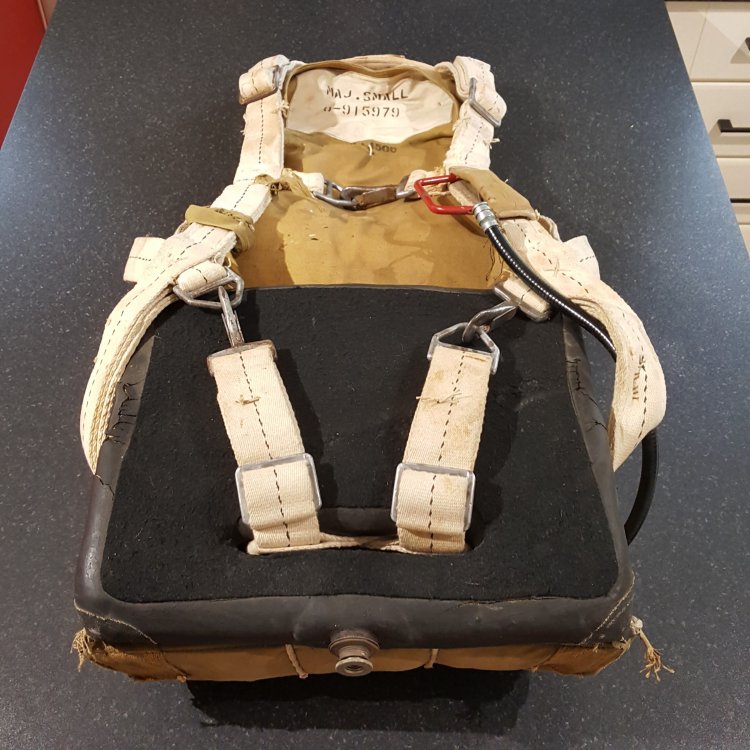
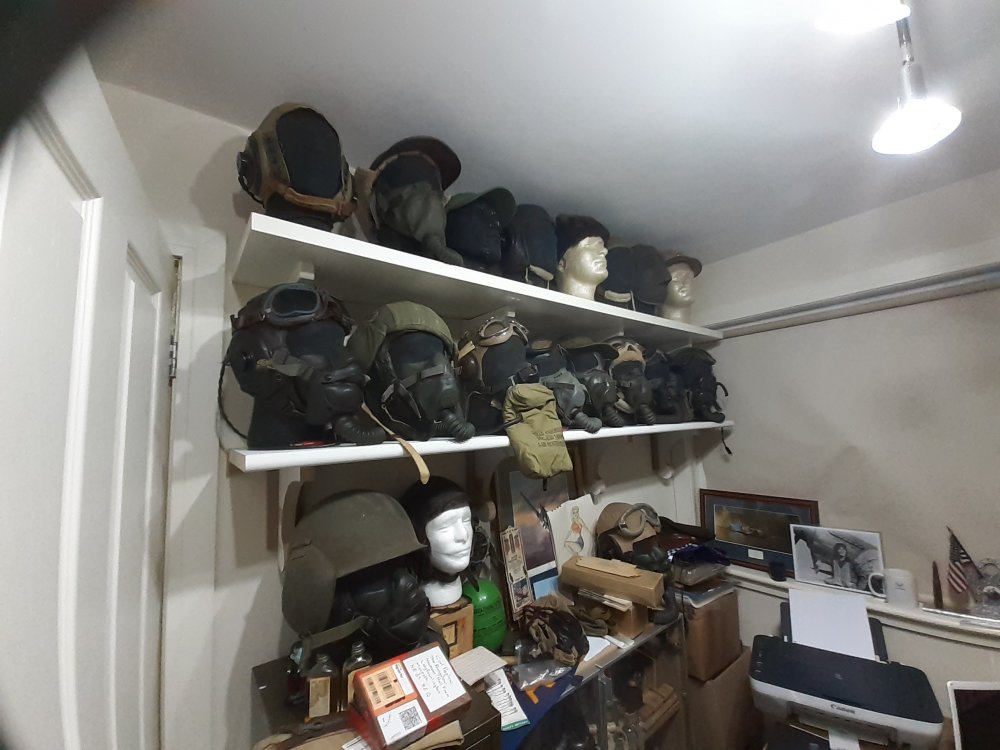
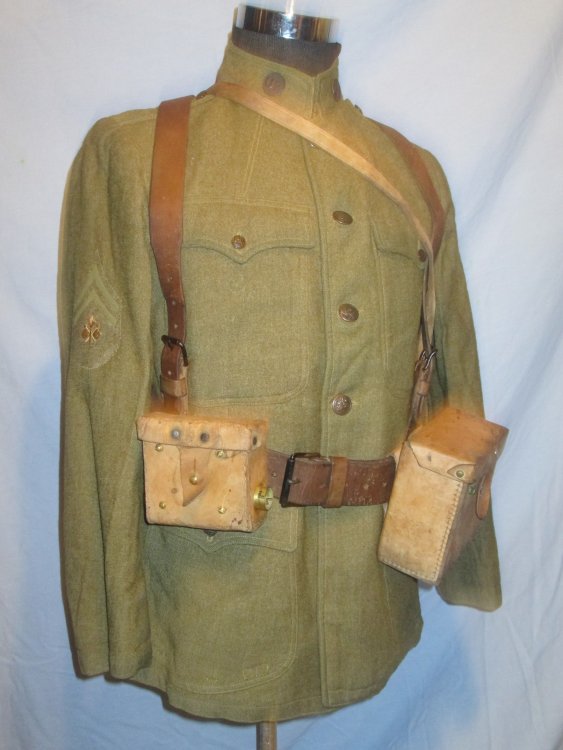
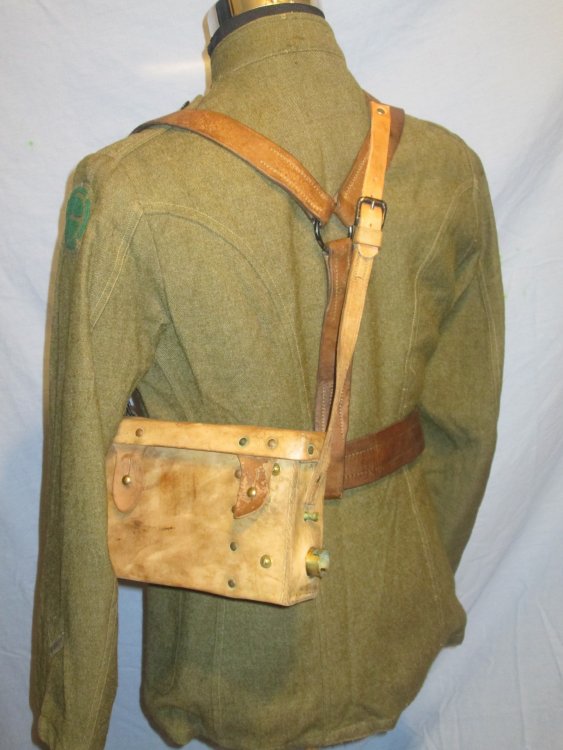

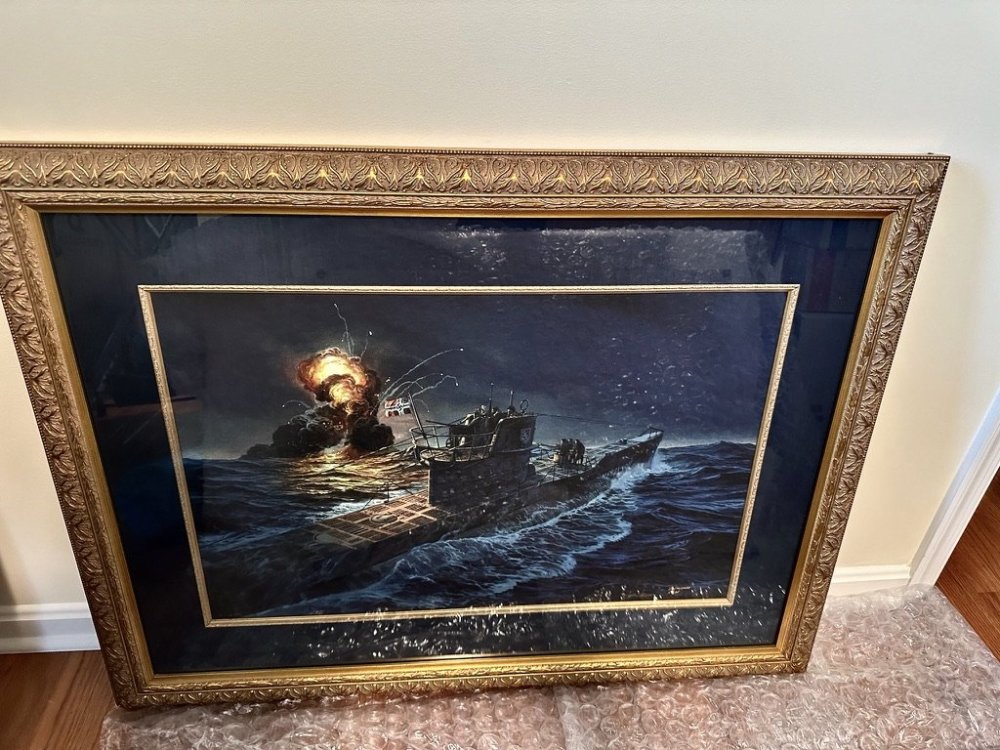
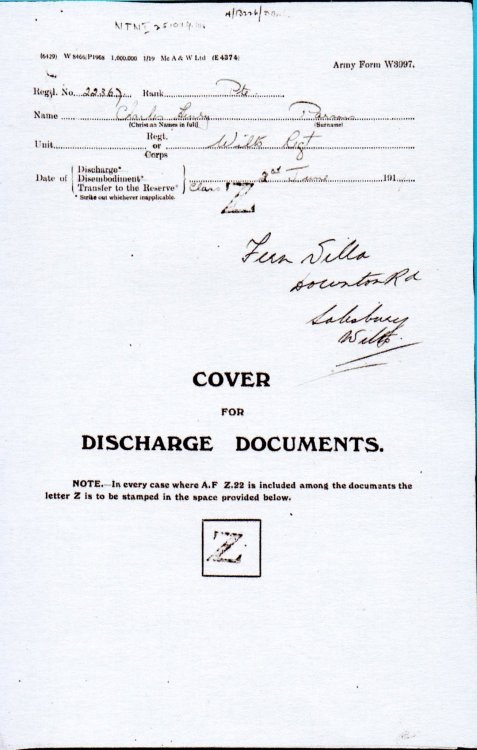
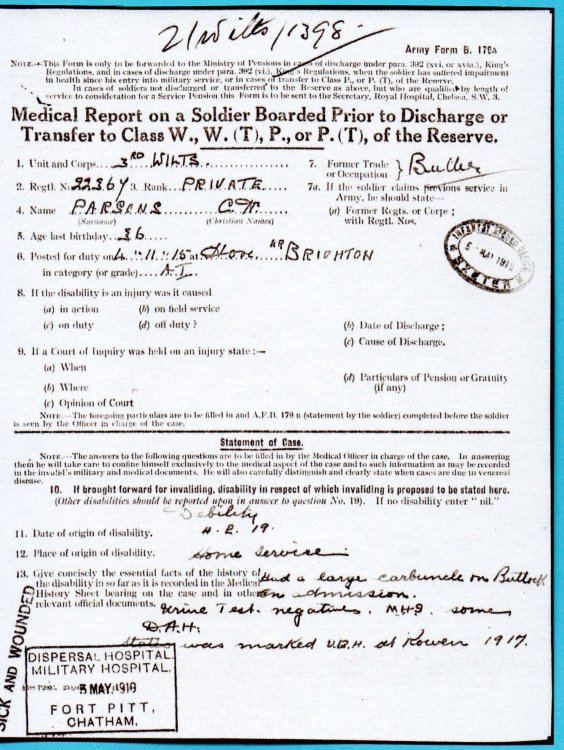
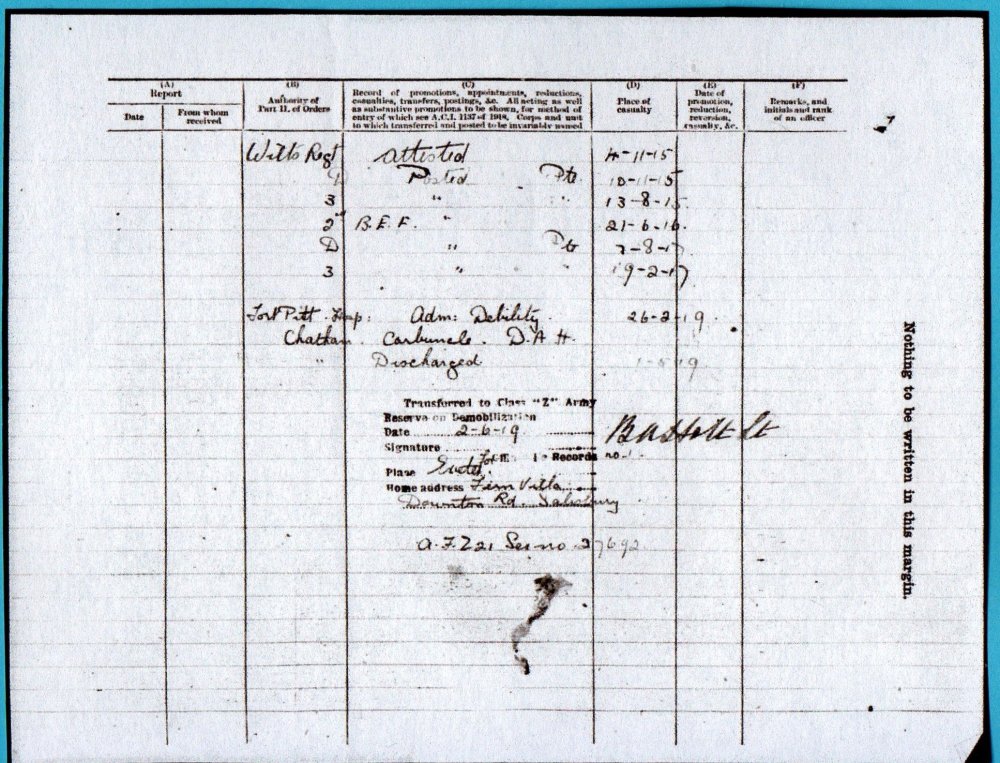
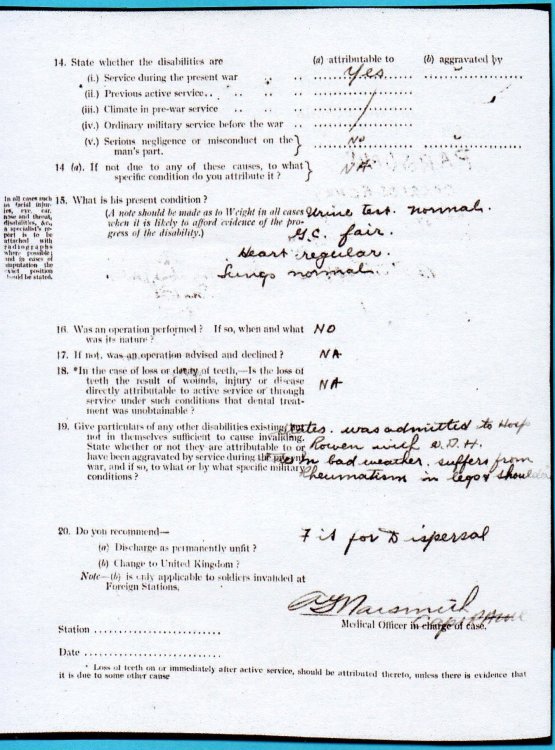
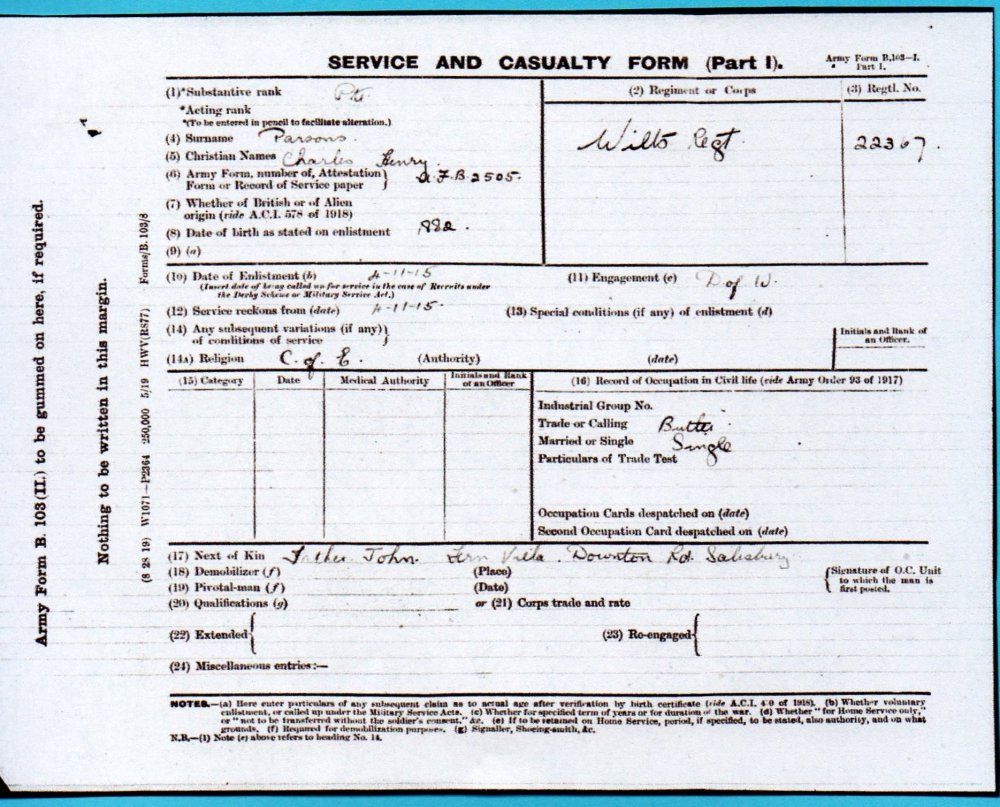
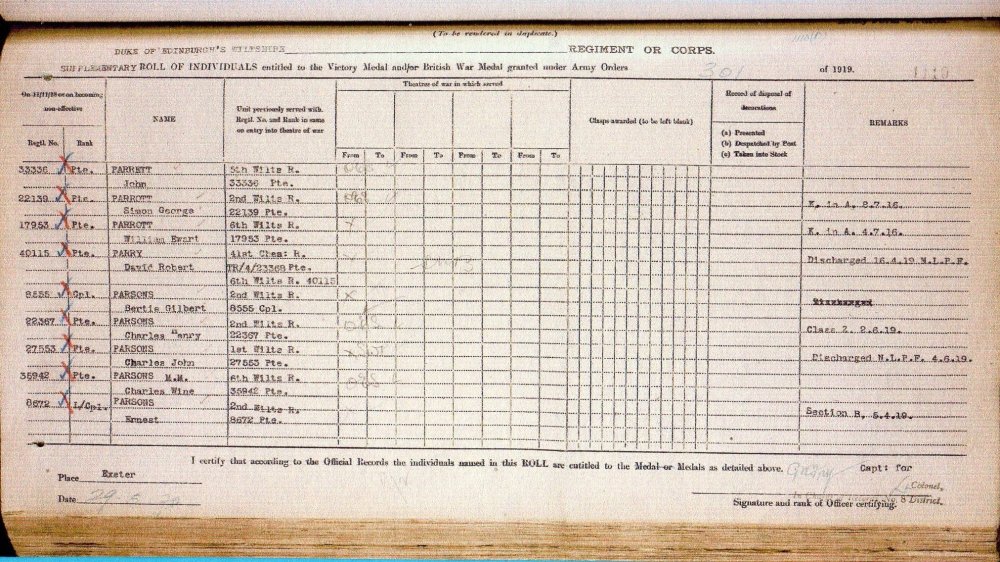
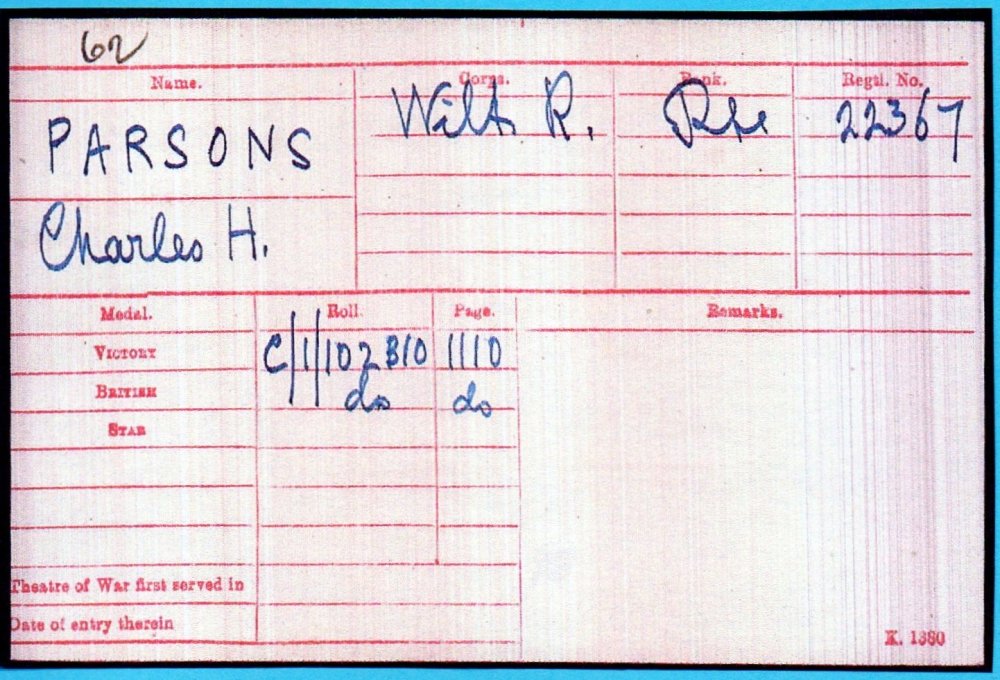
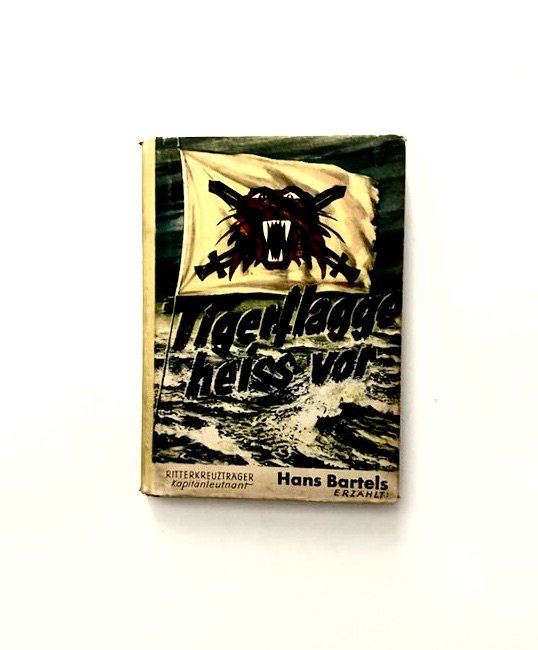
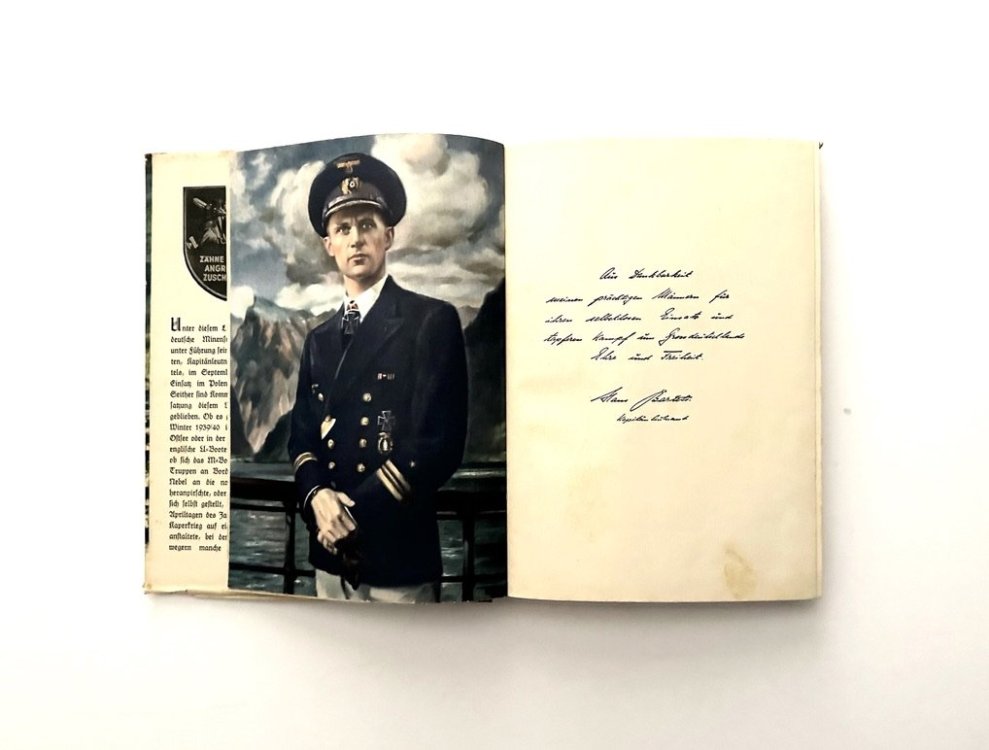
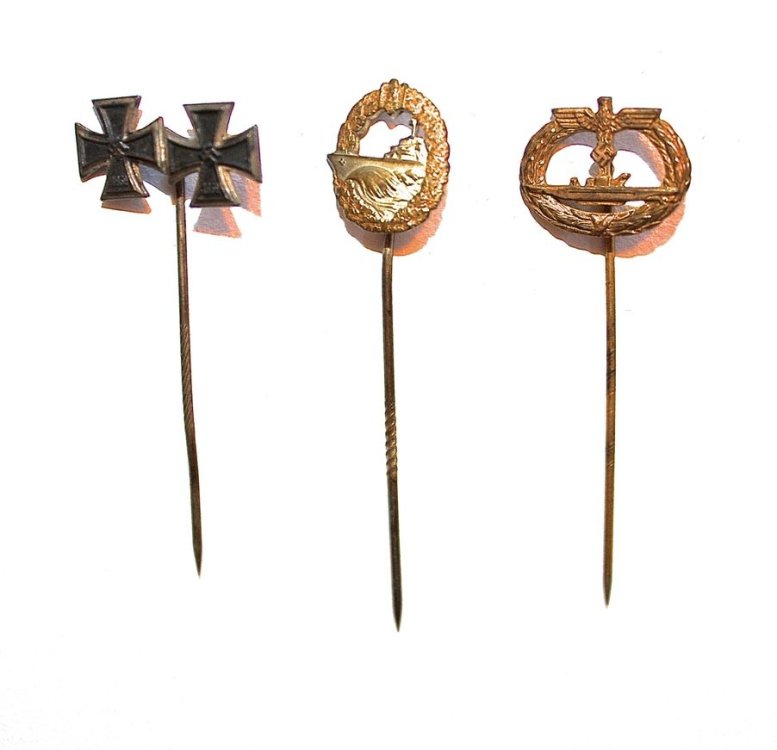
-min(1).thumb.jpg.6e3f369f346a531e3d739f42291fb331.jpg)
